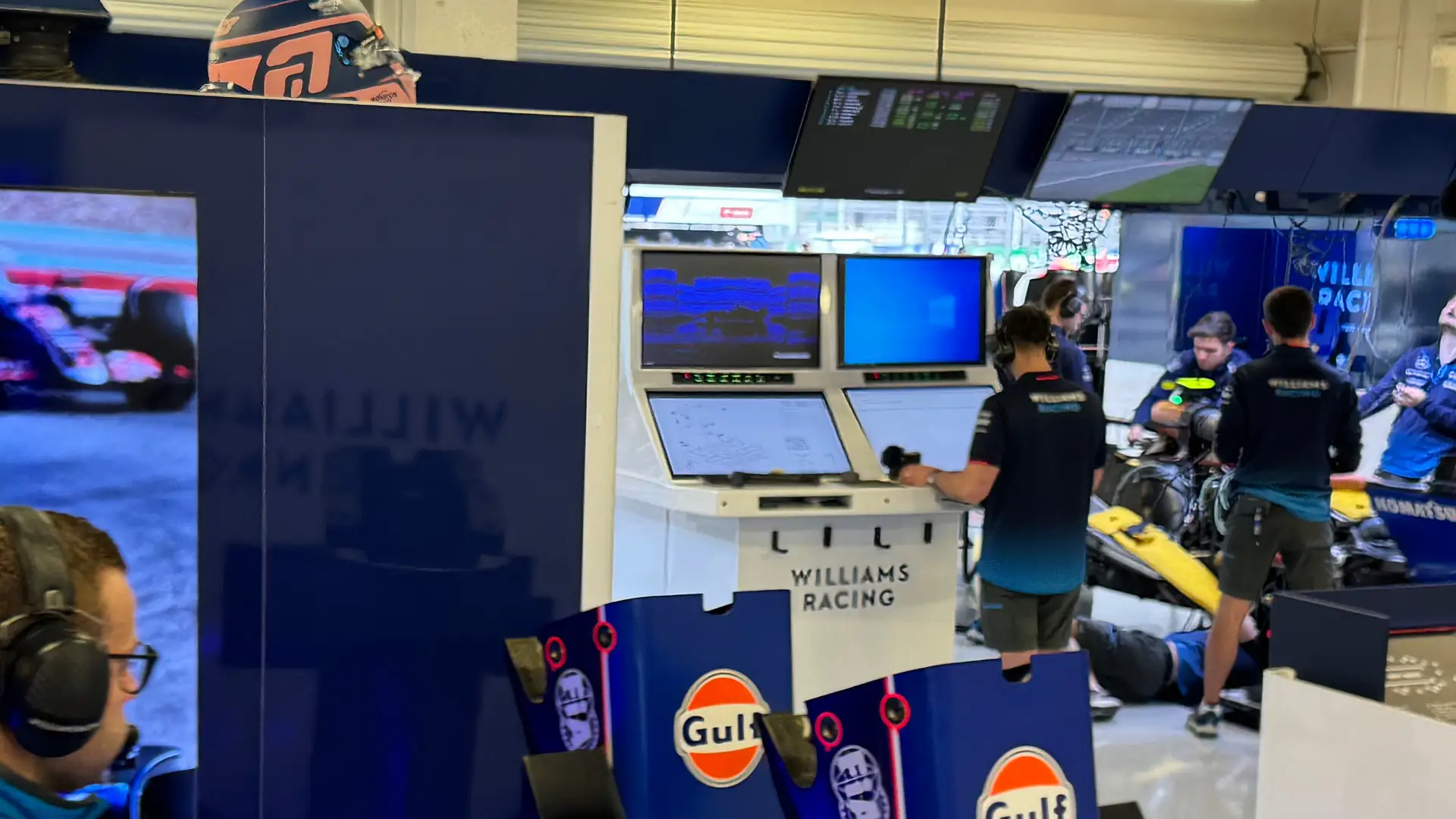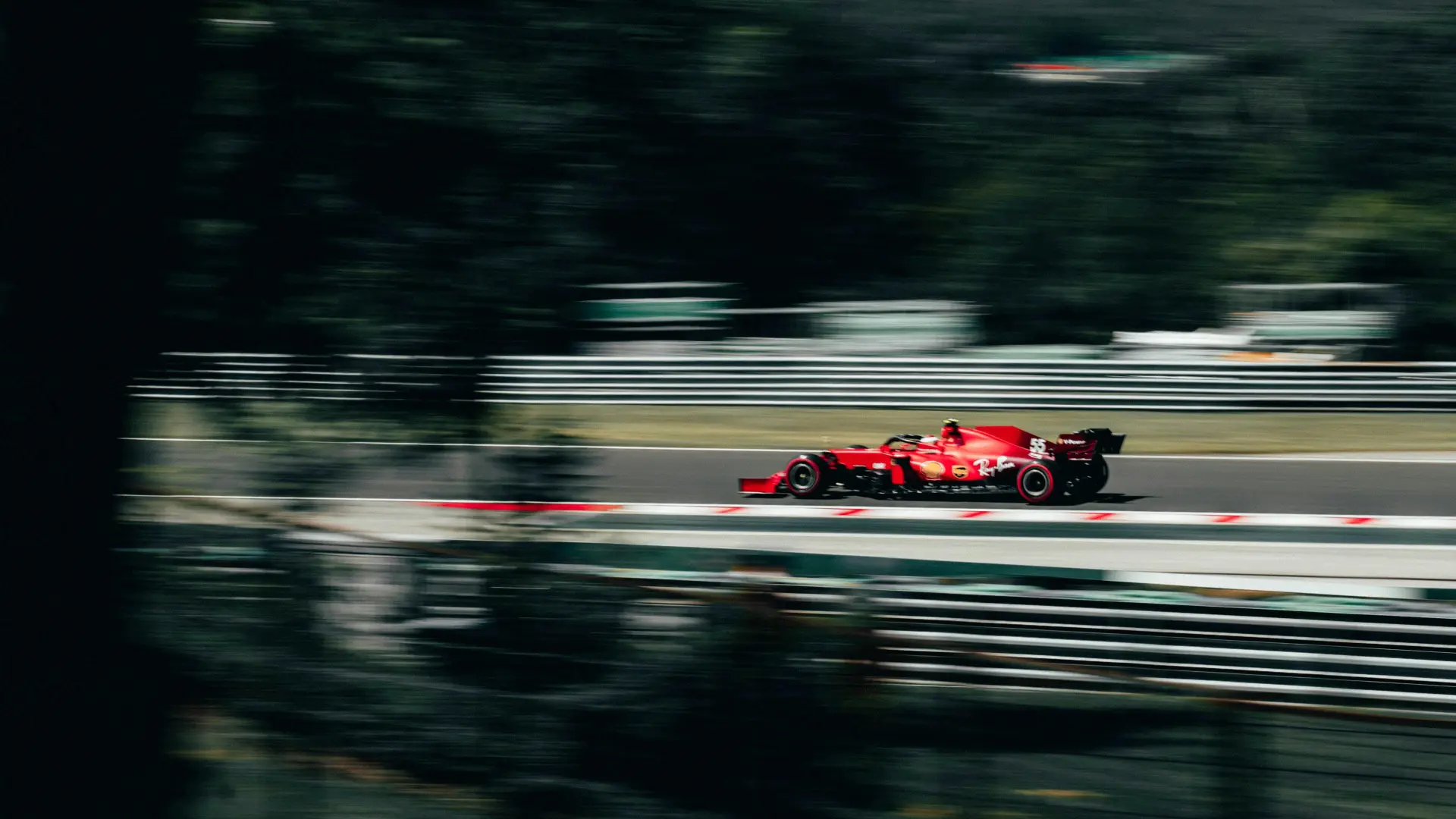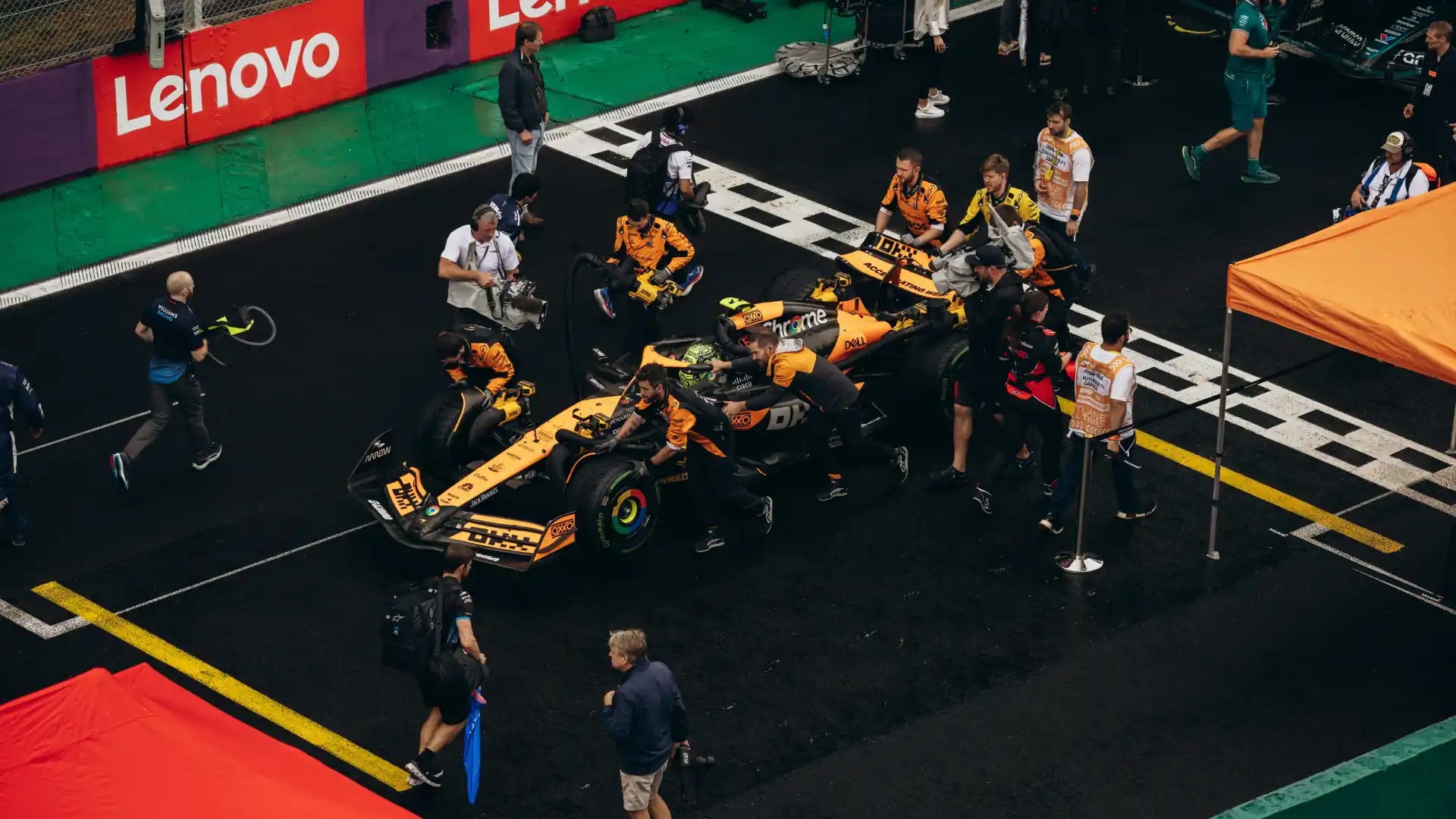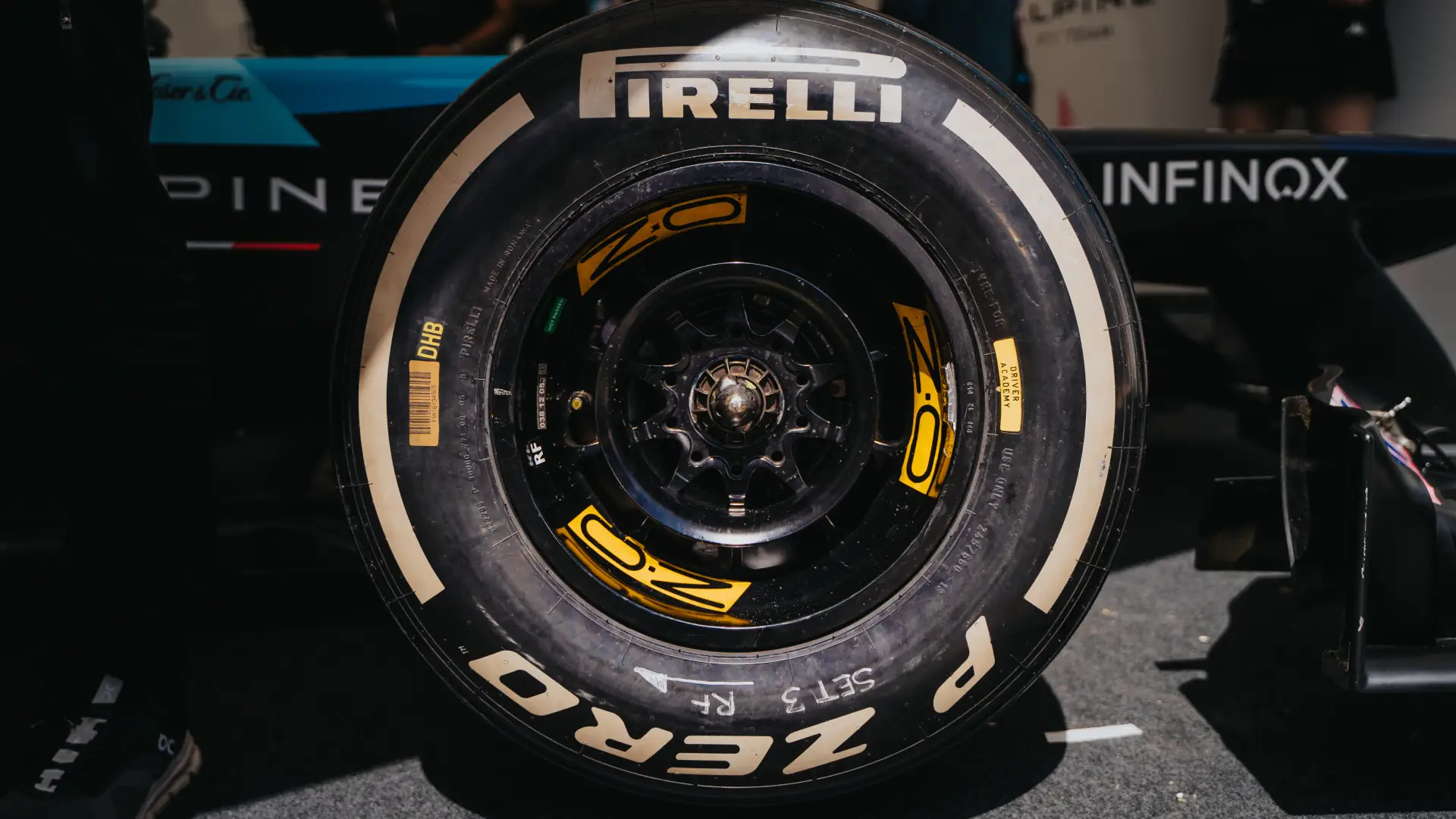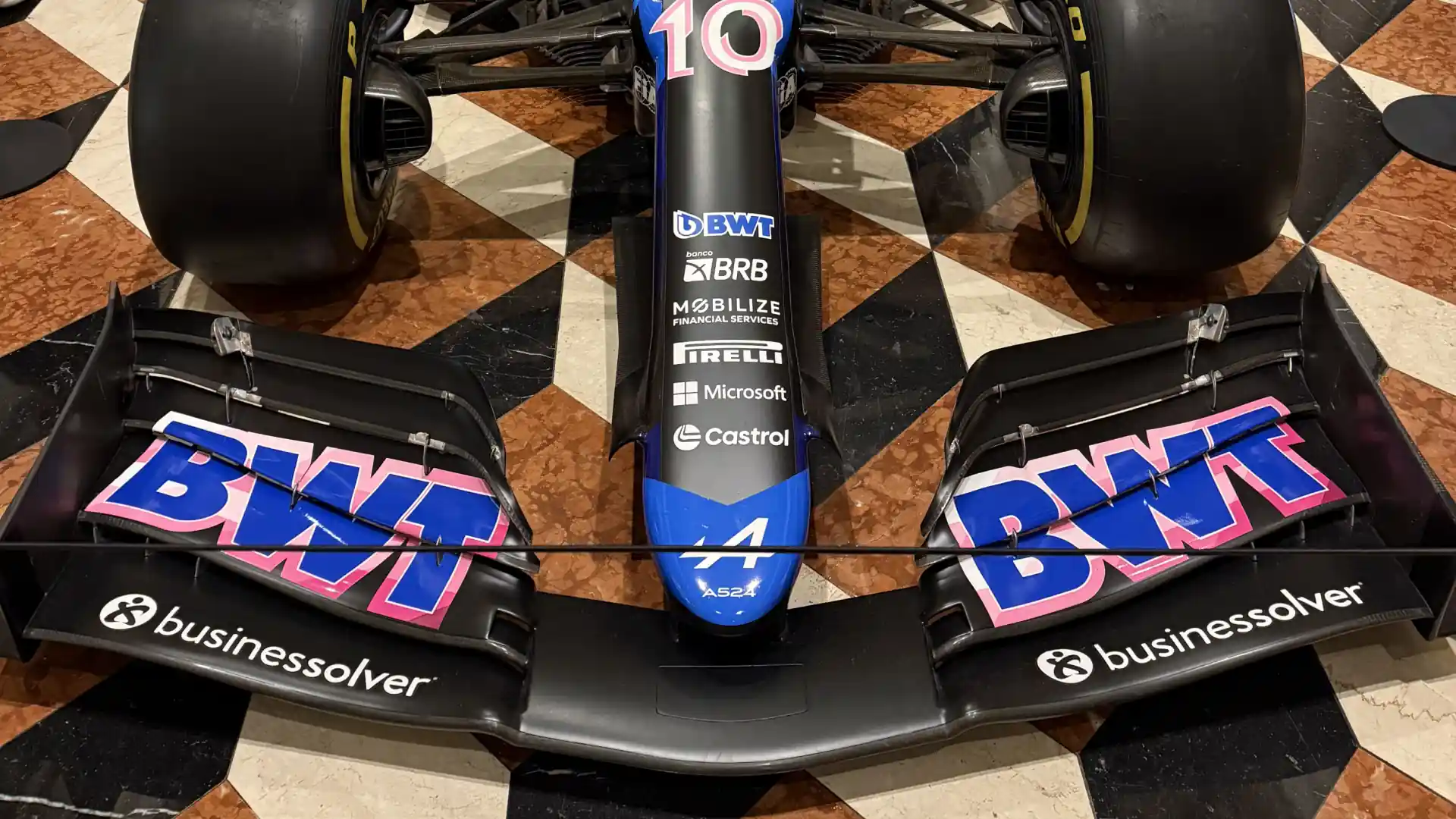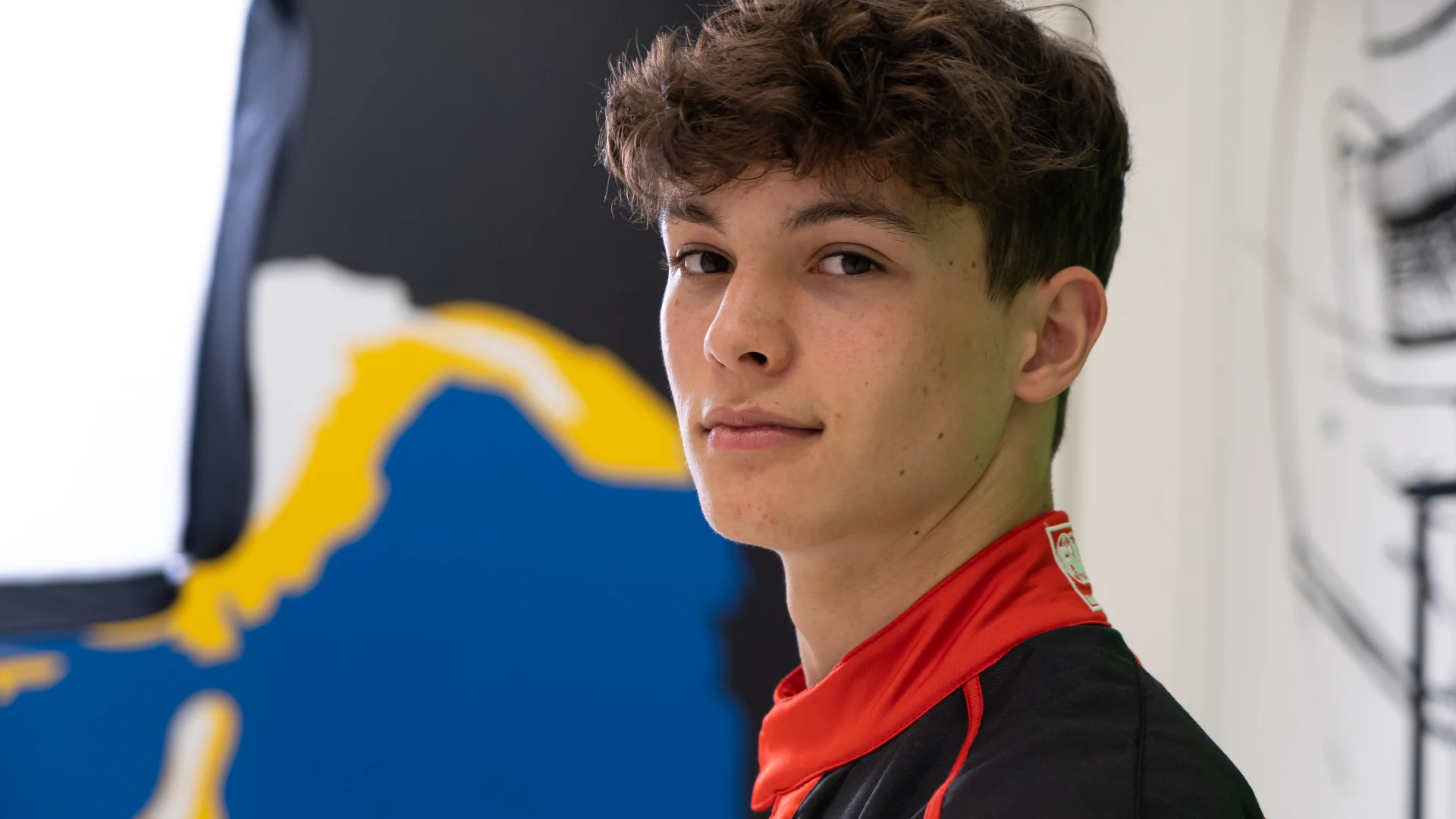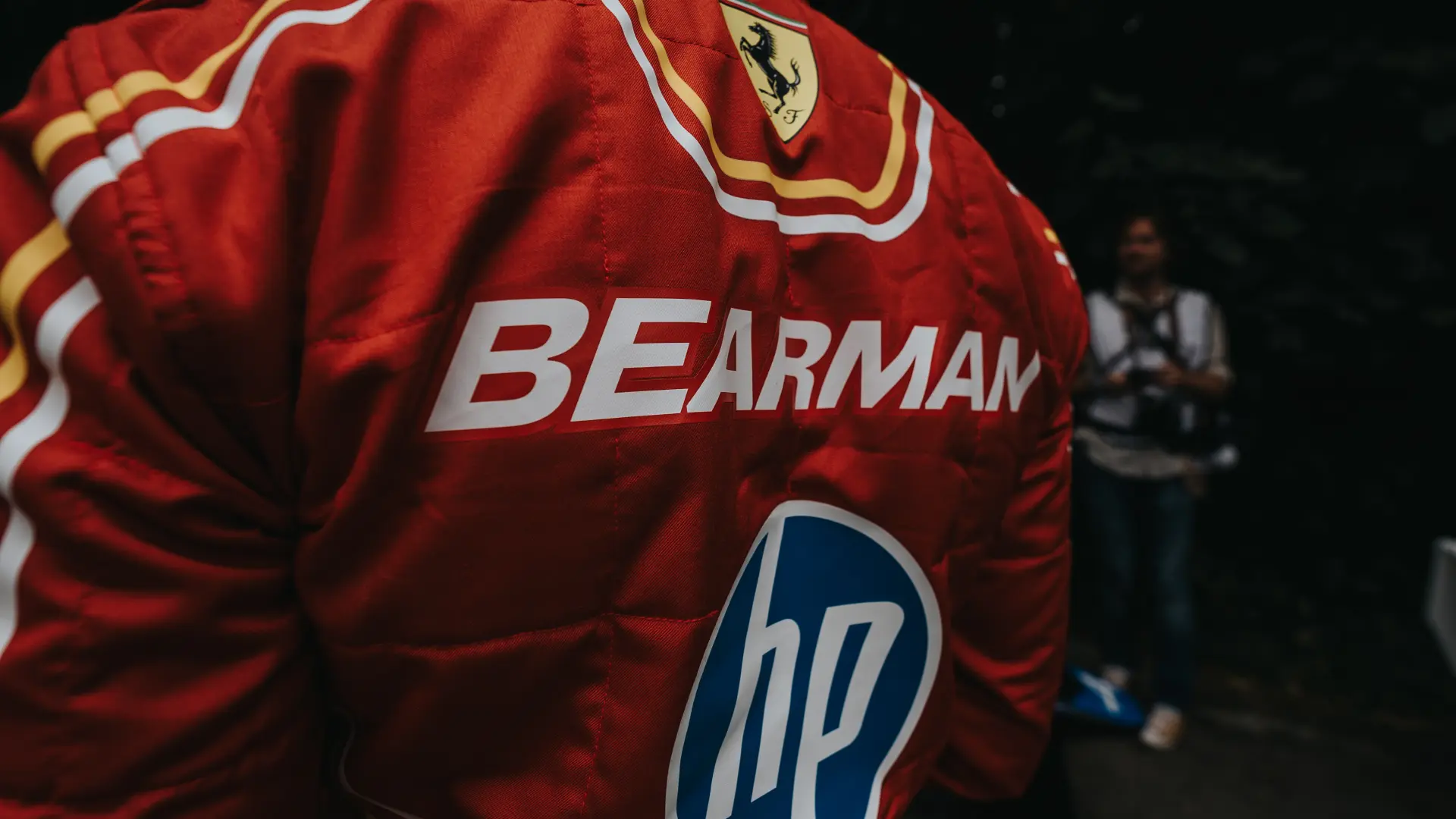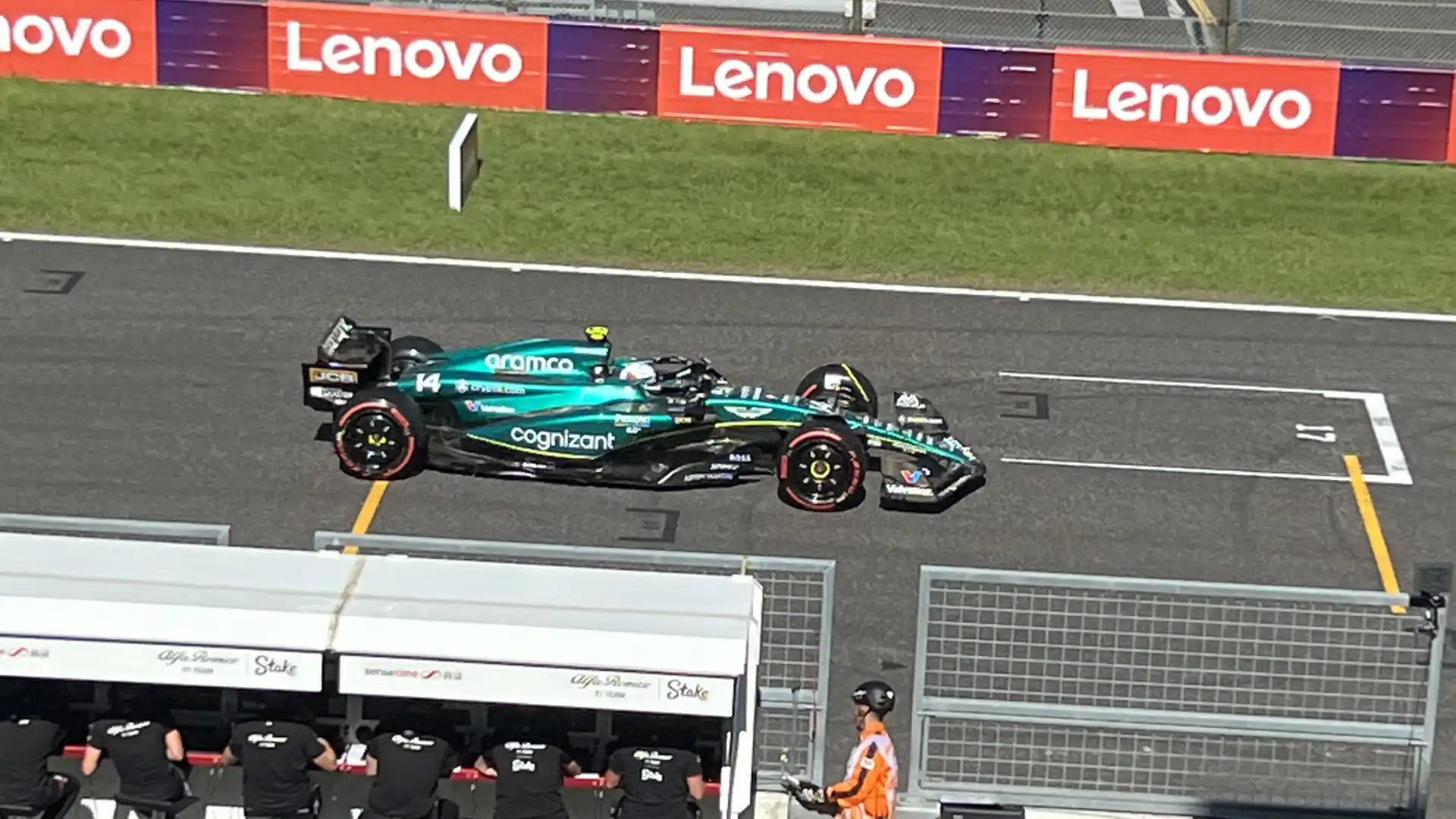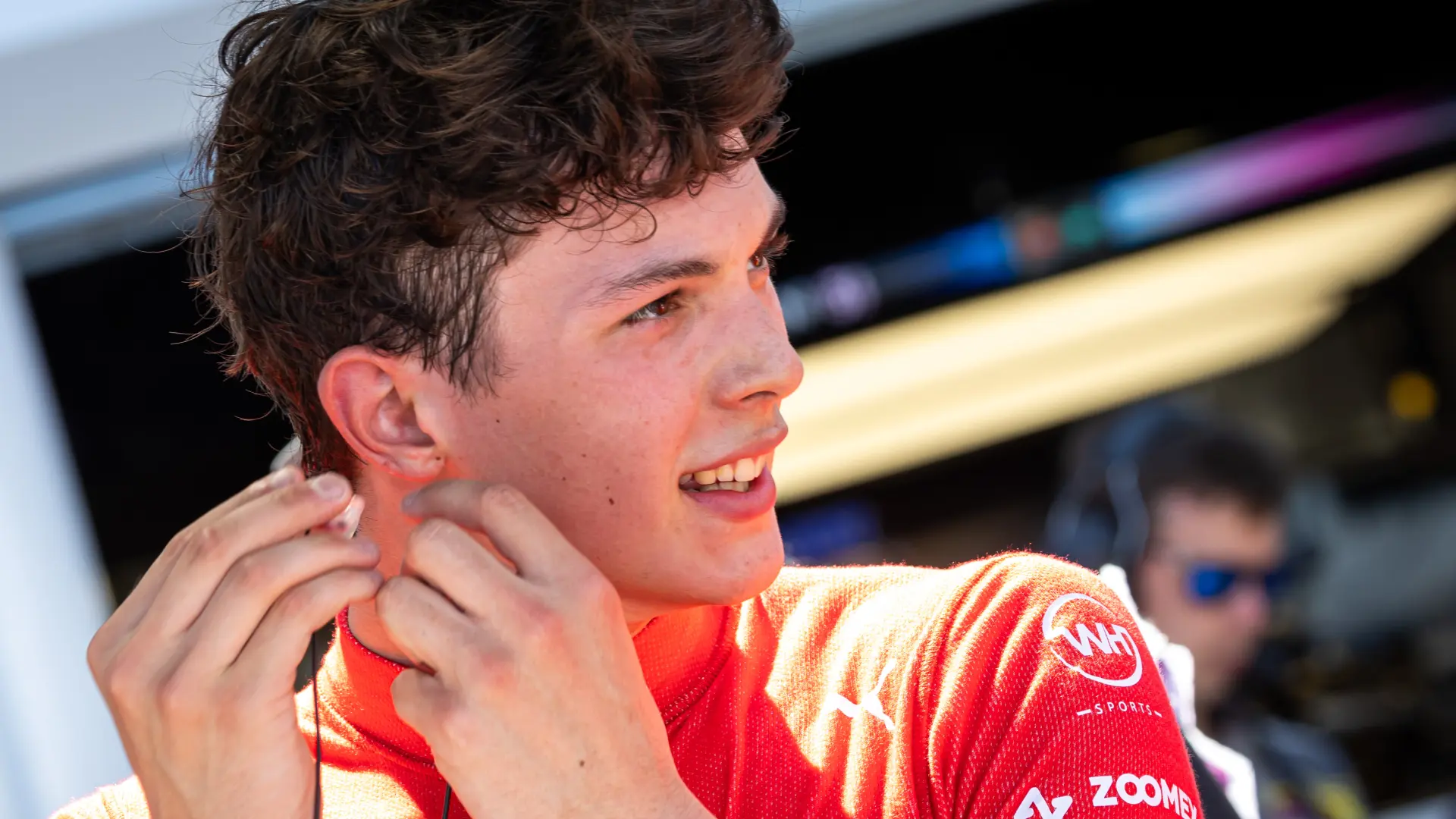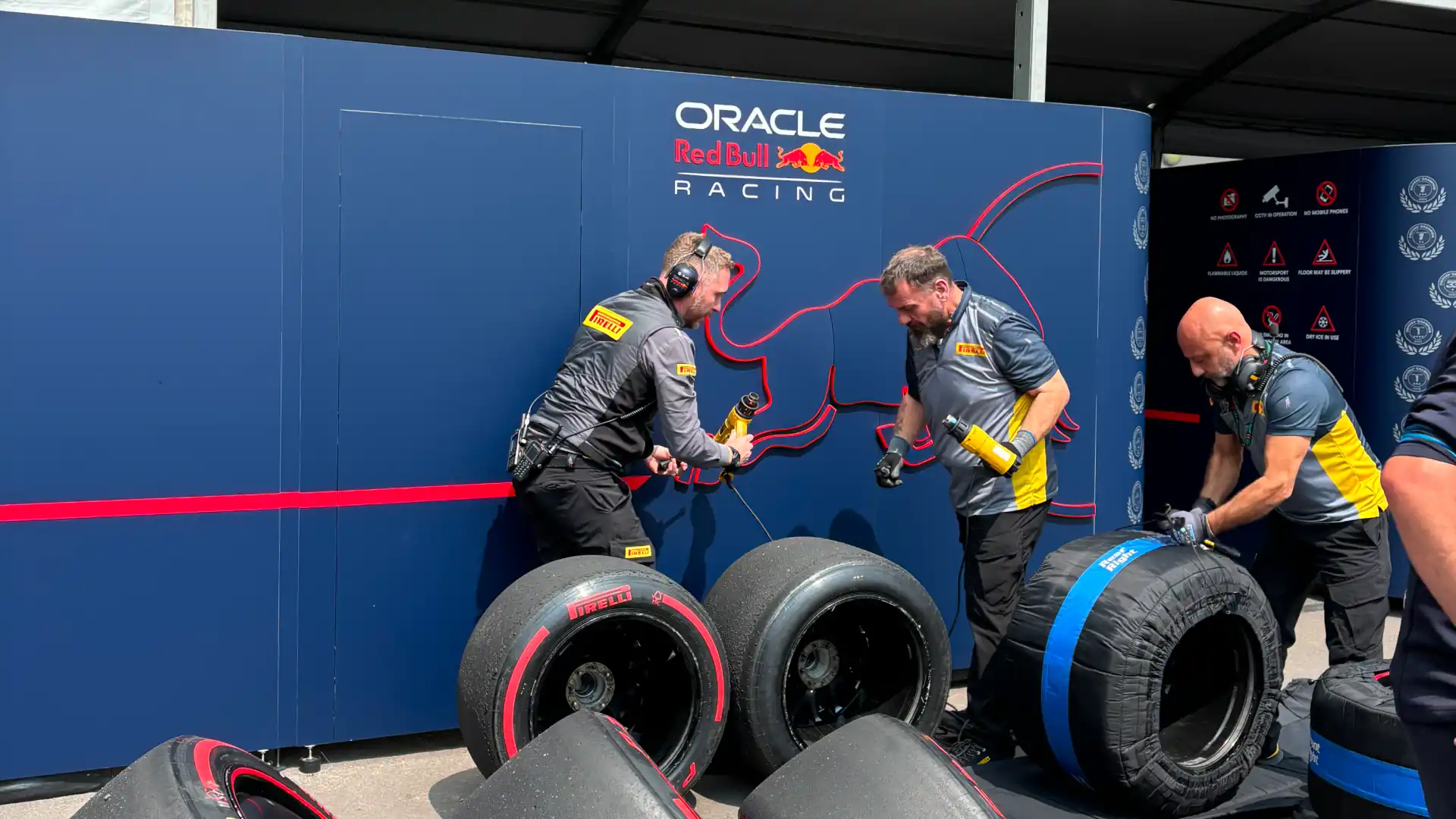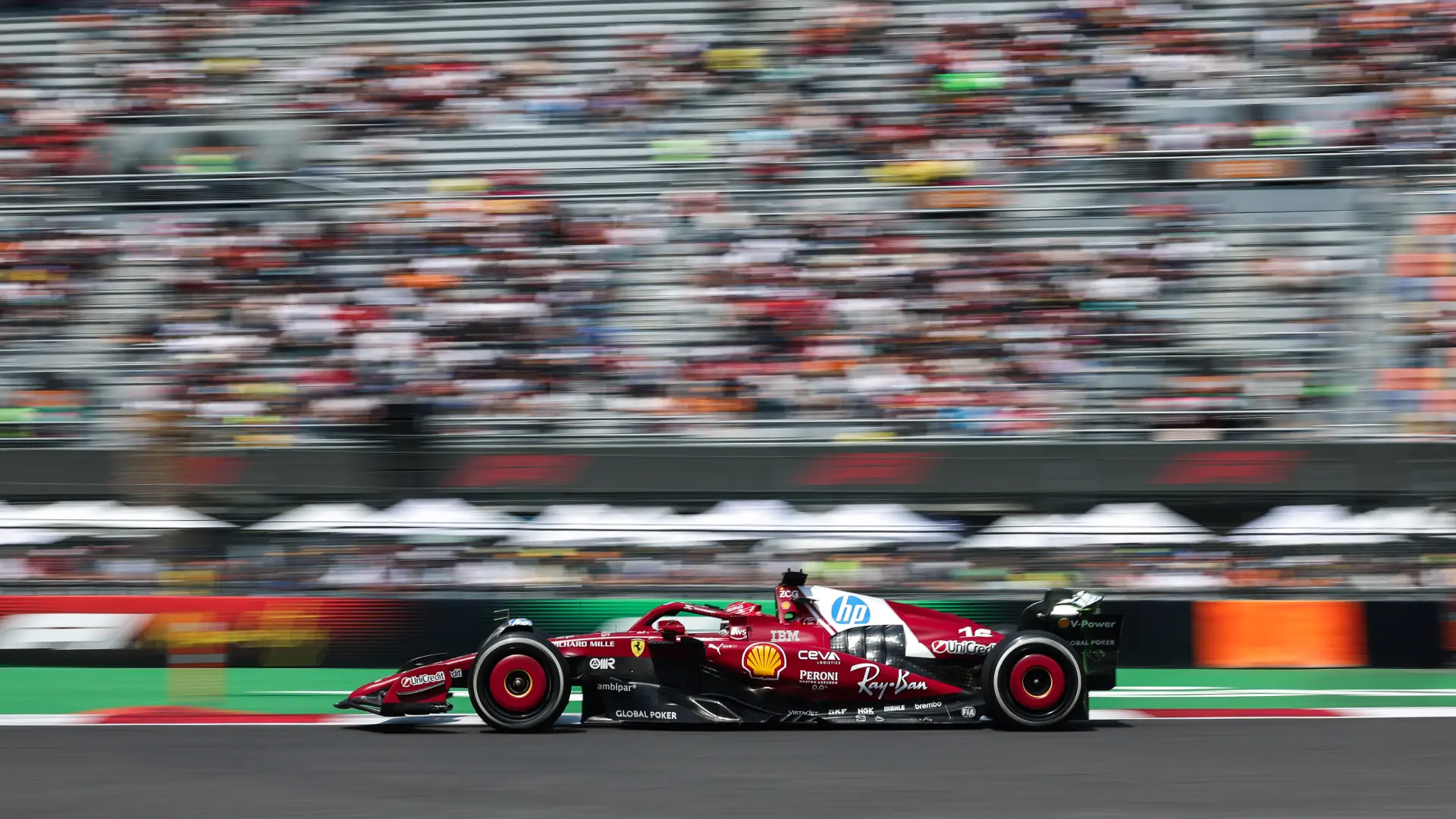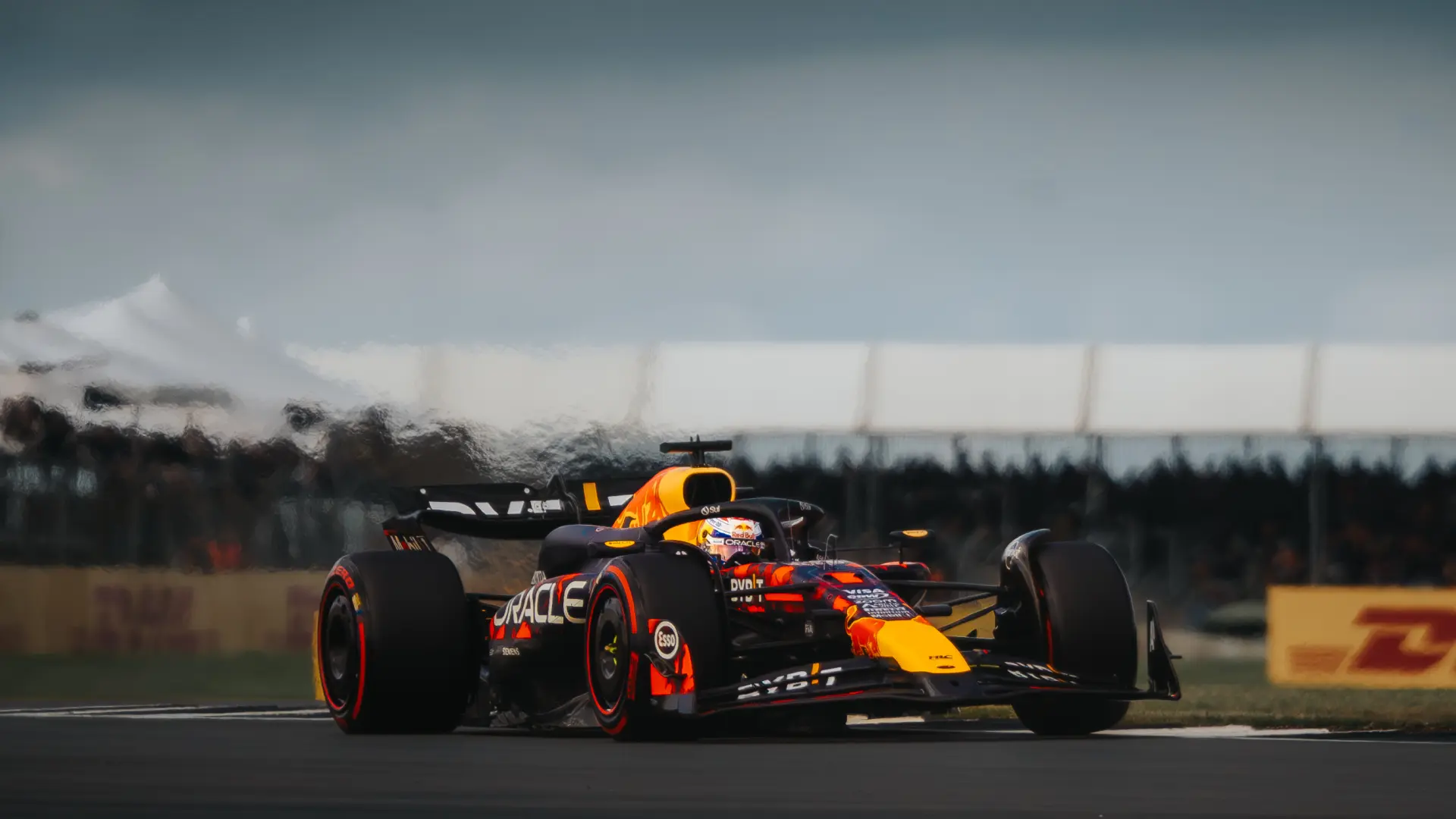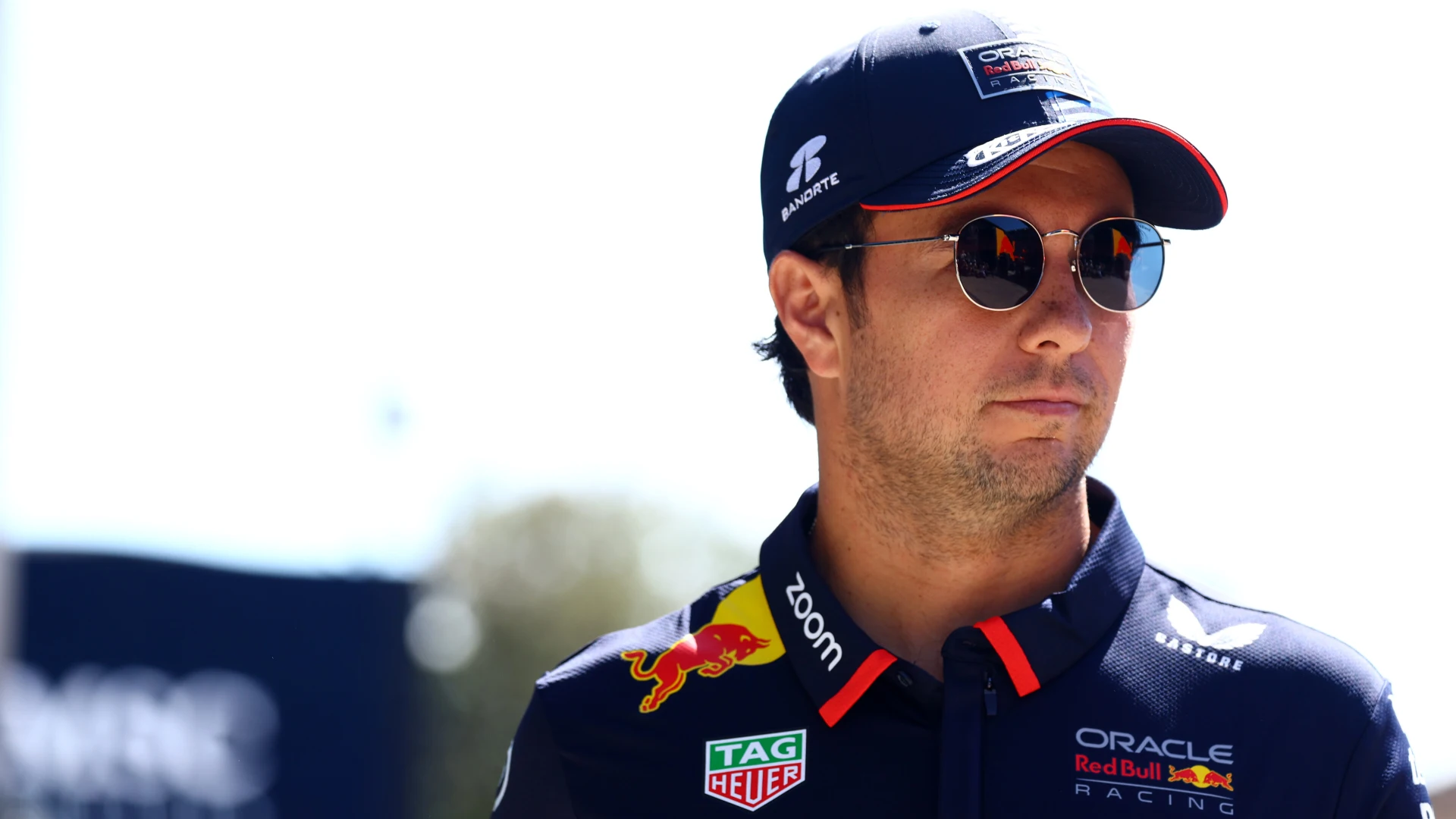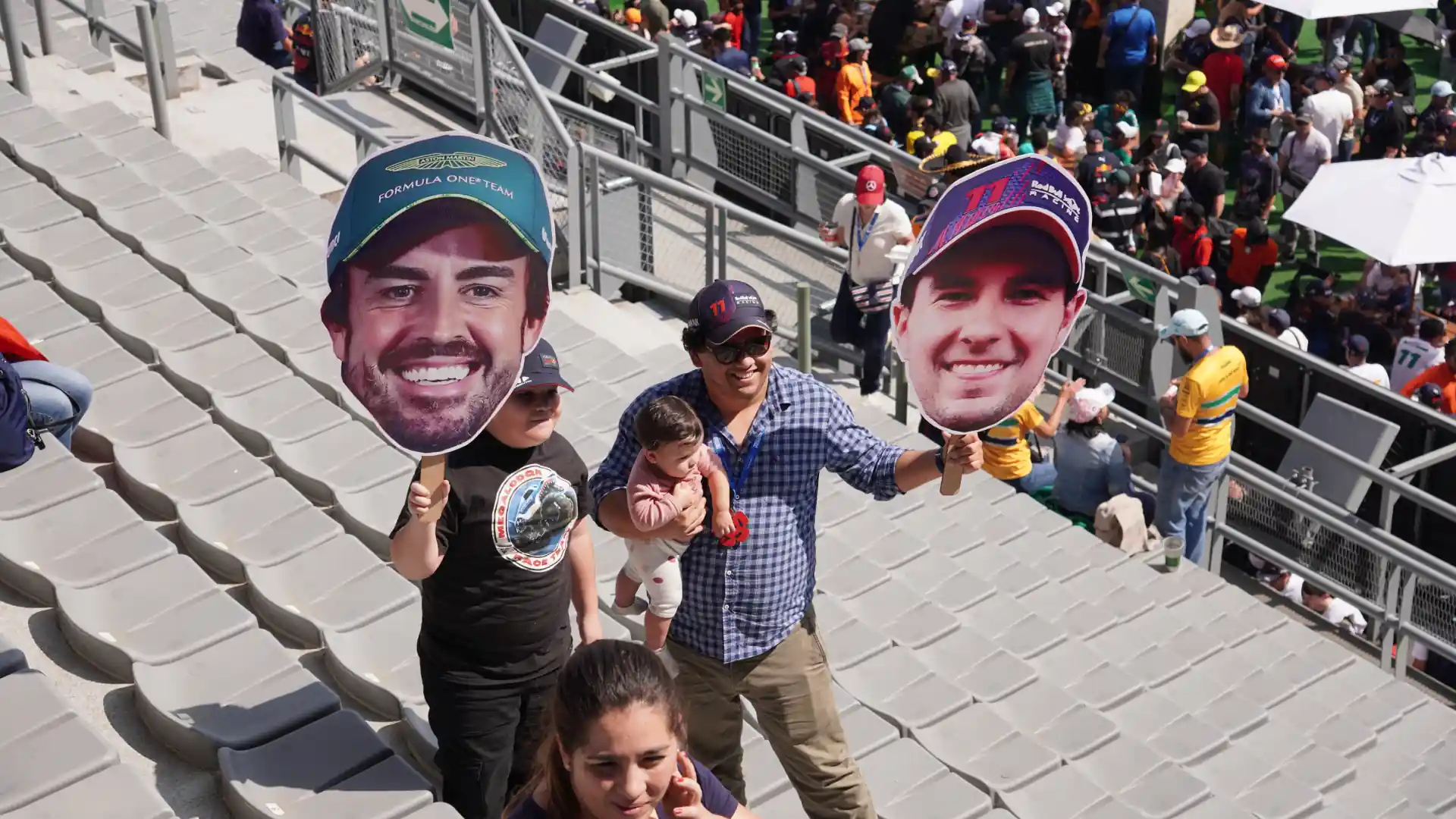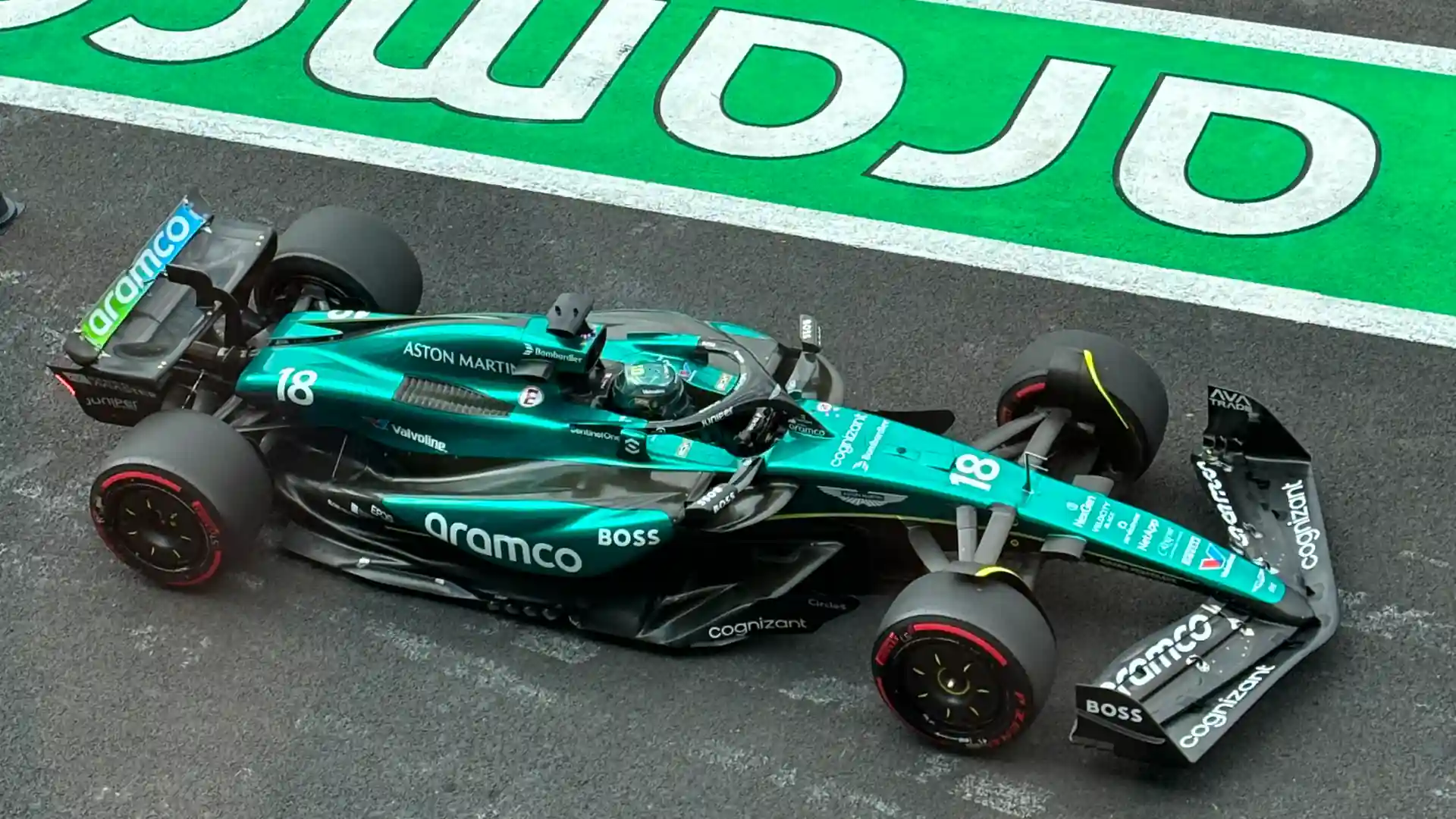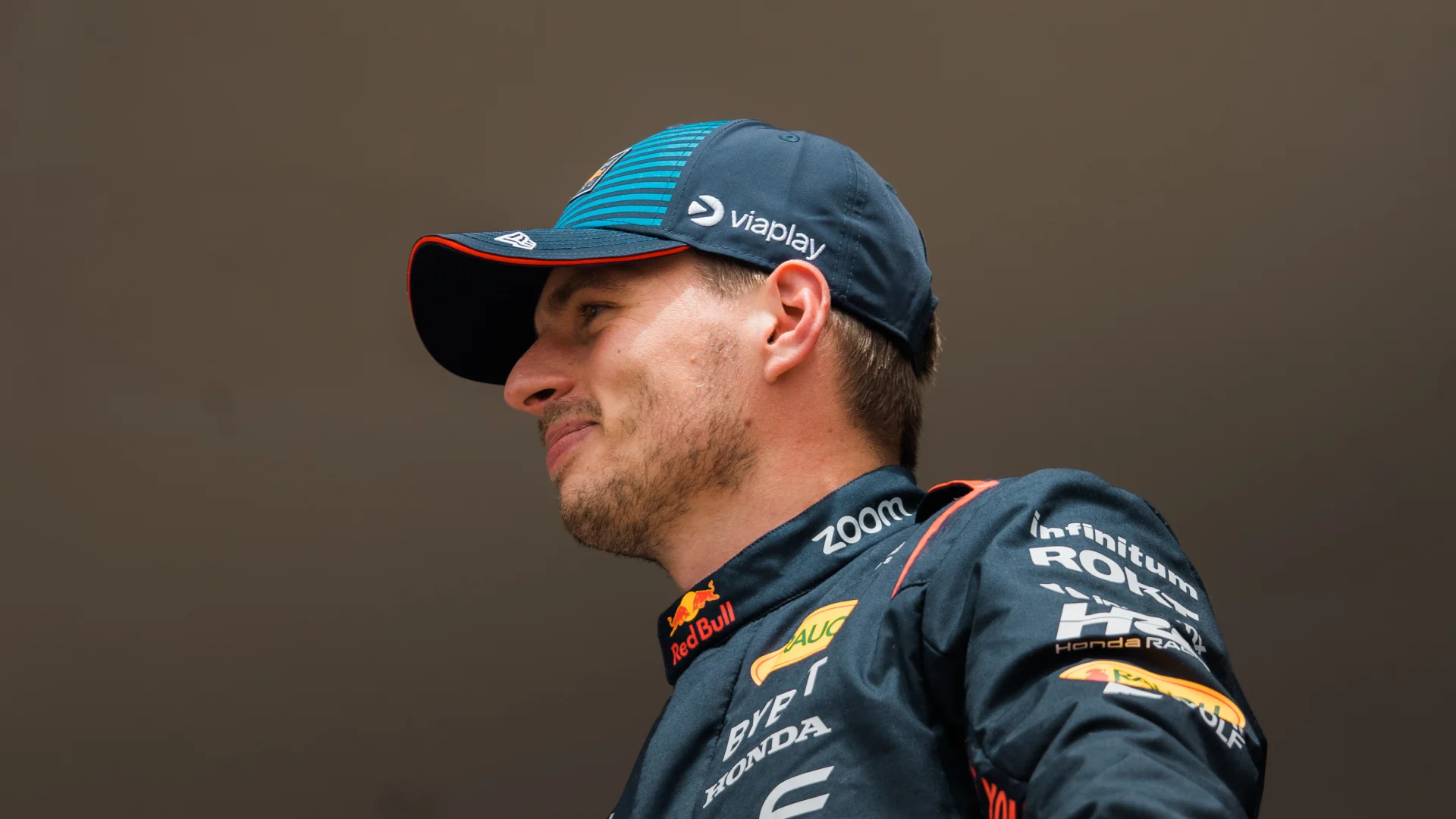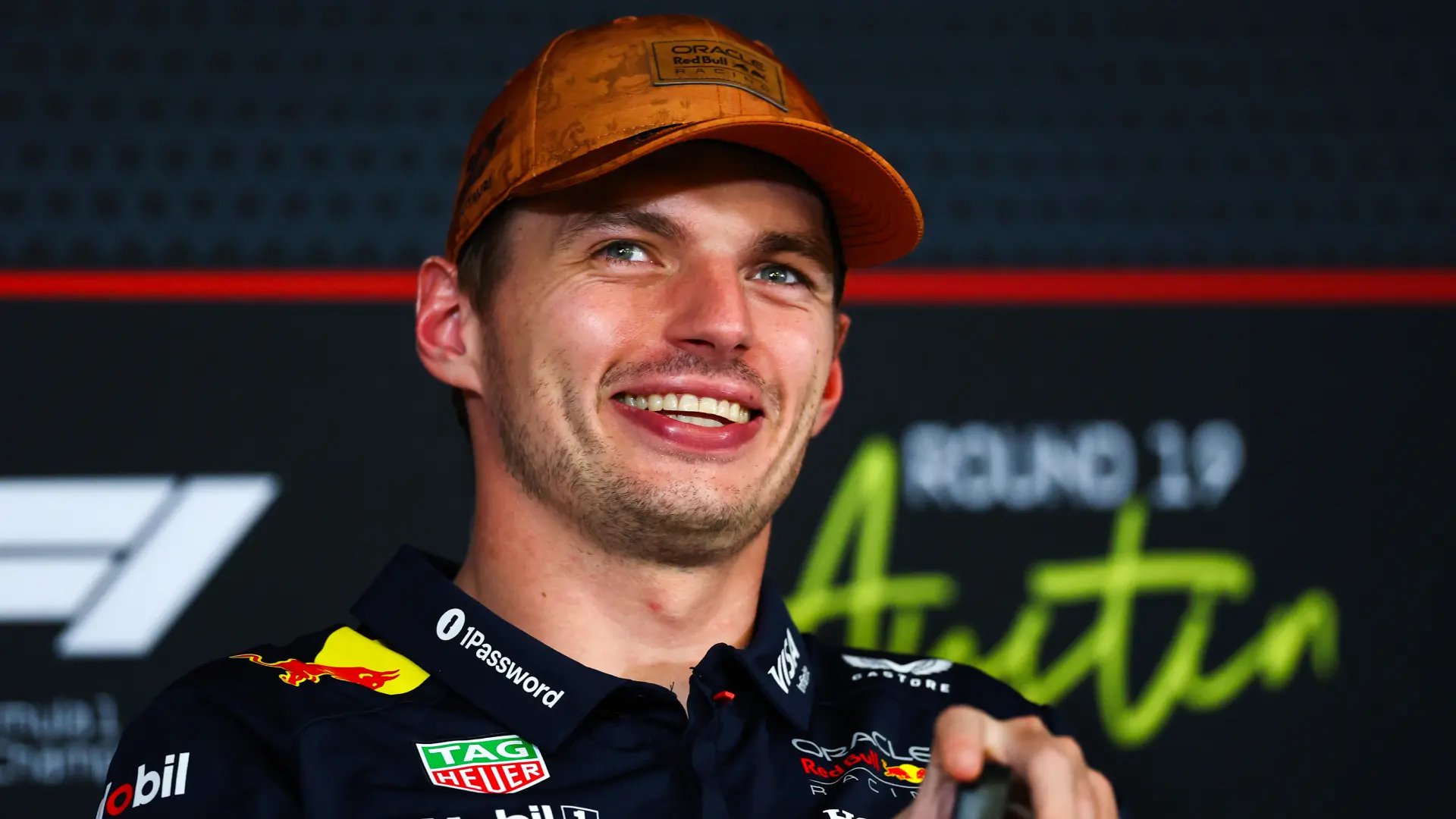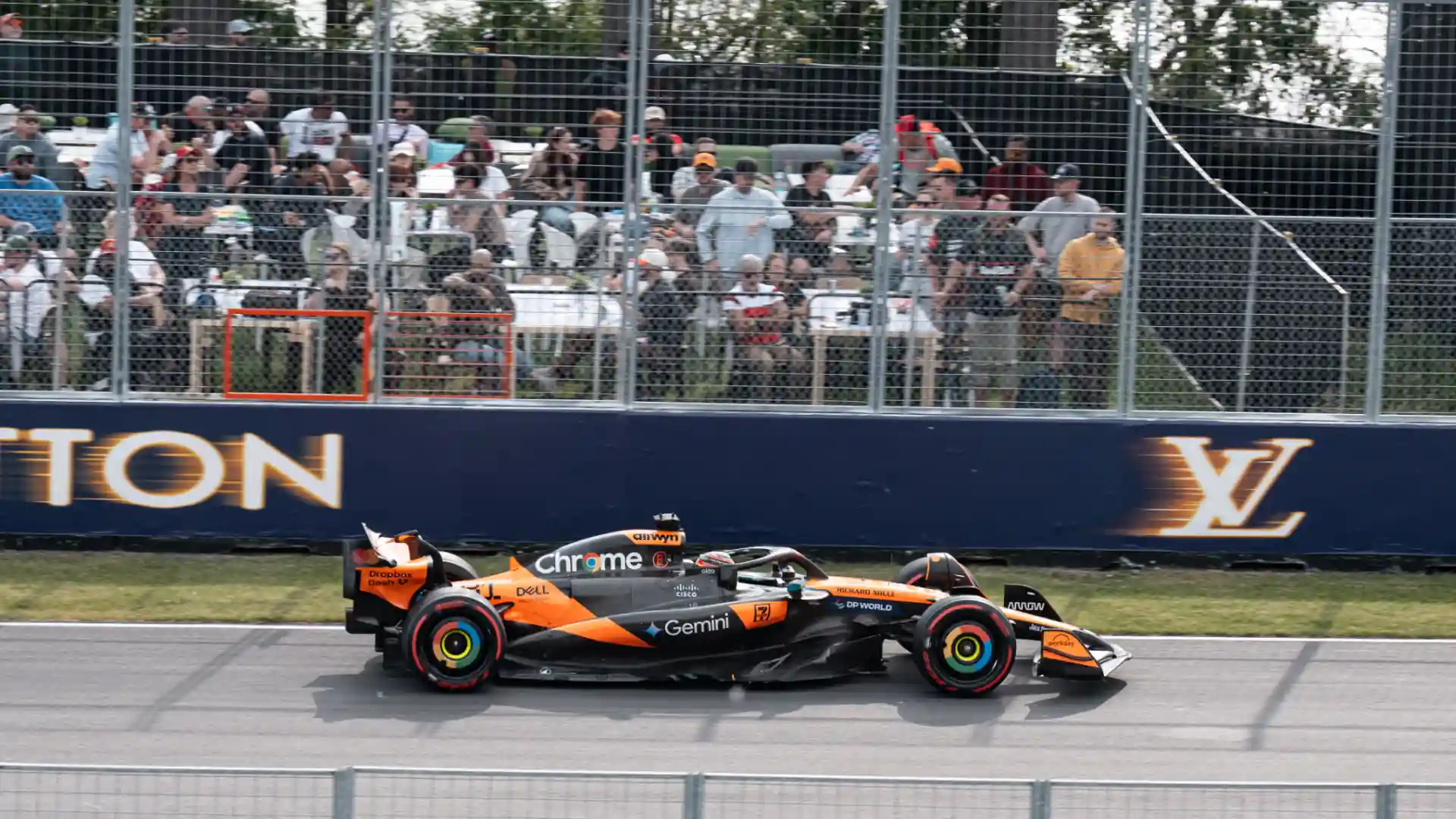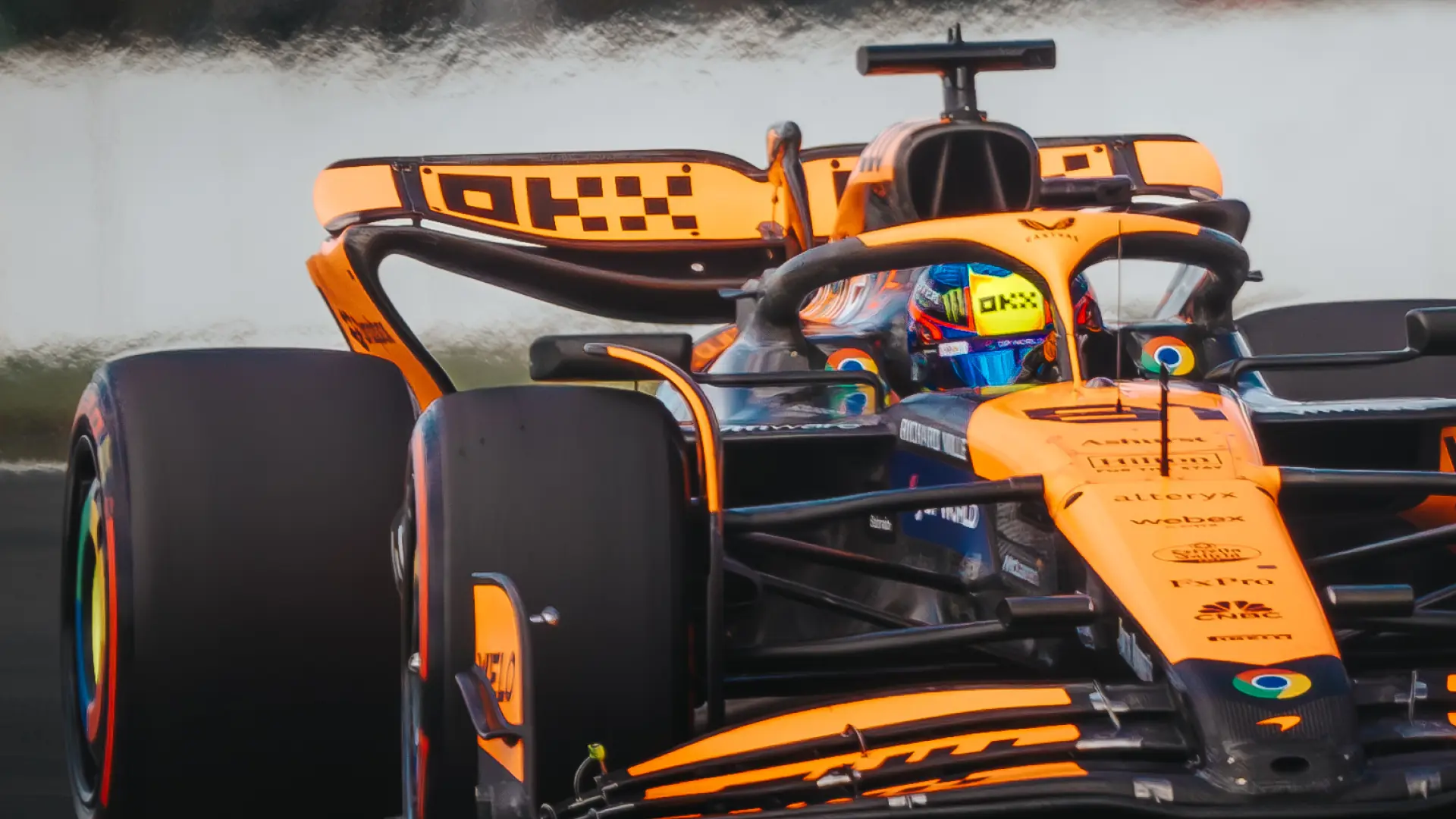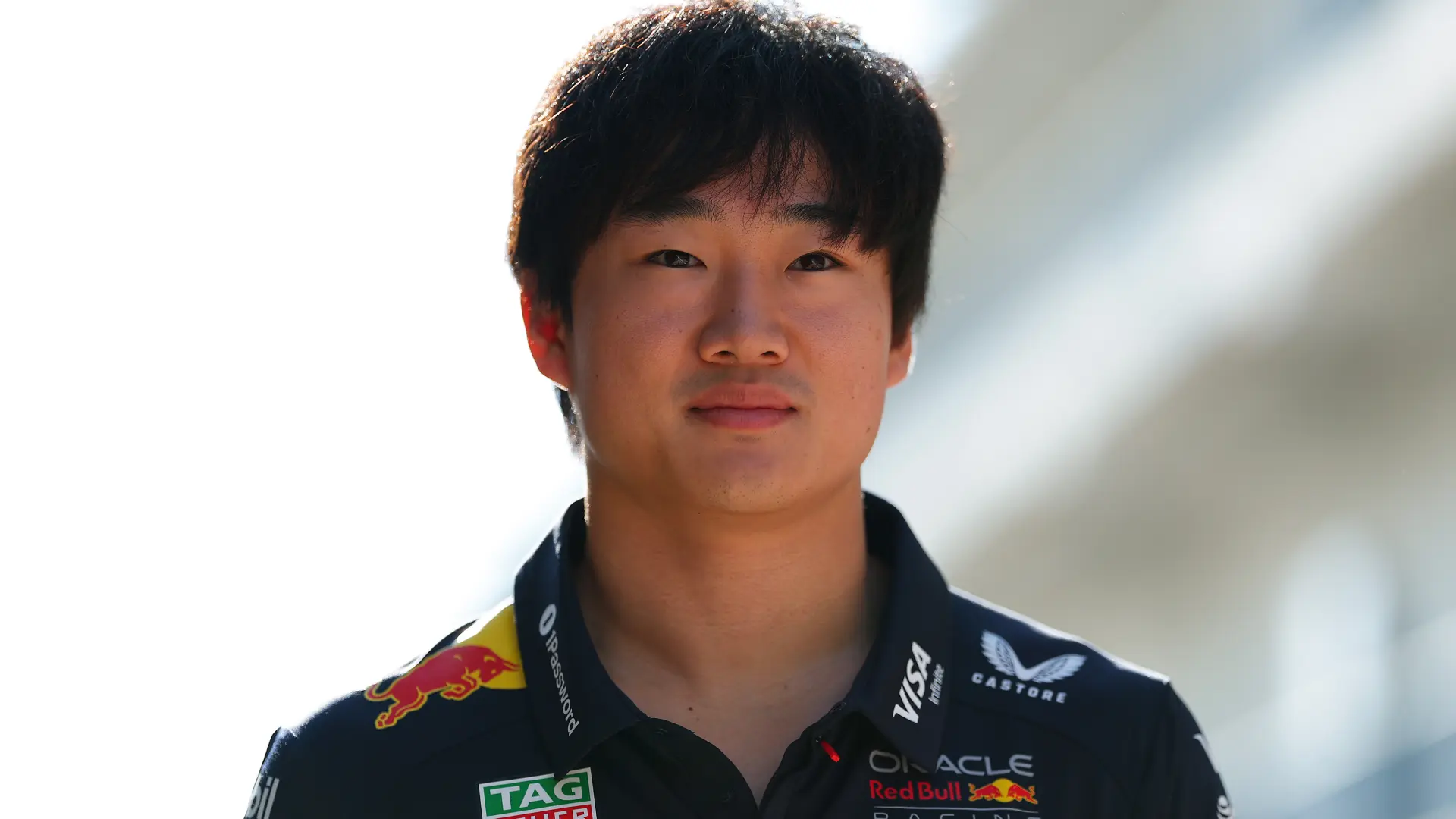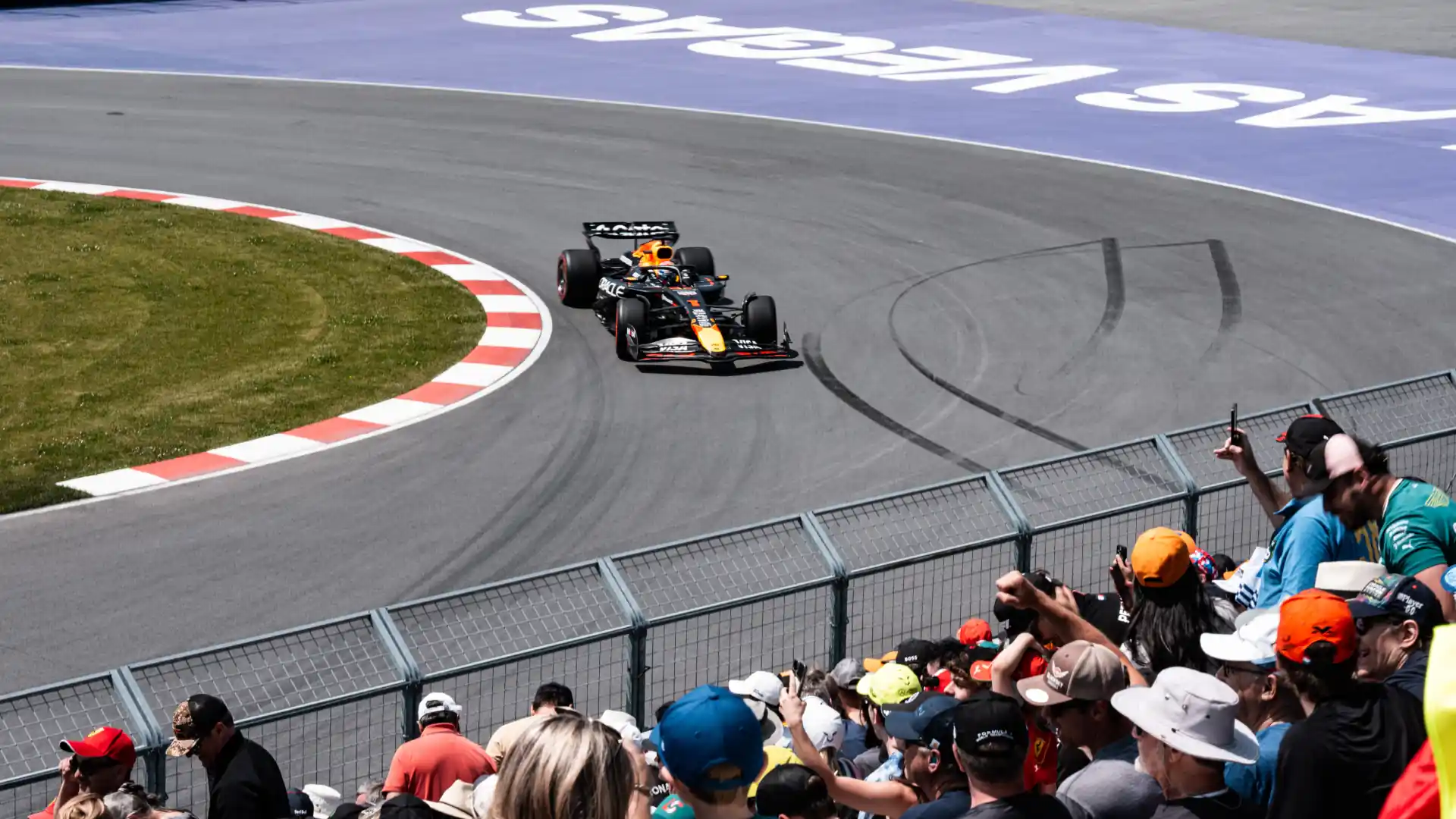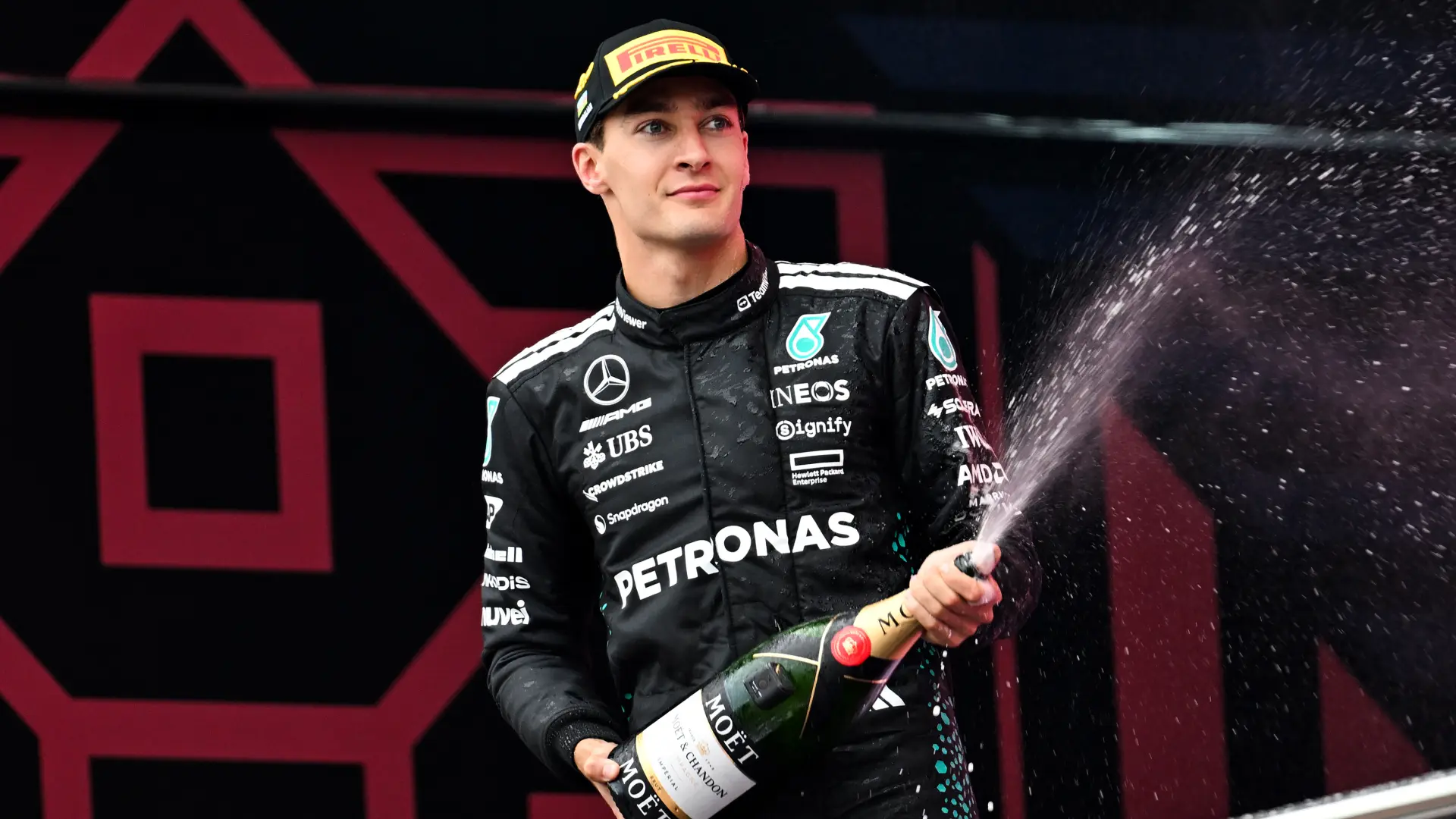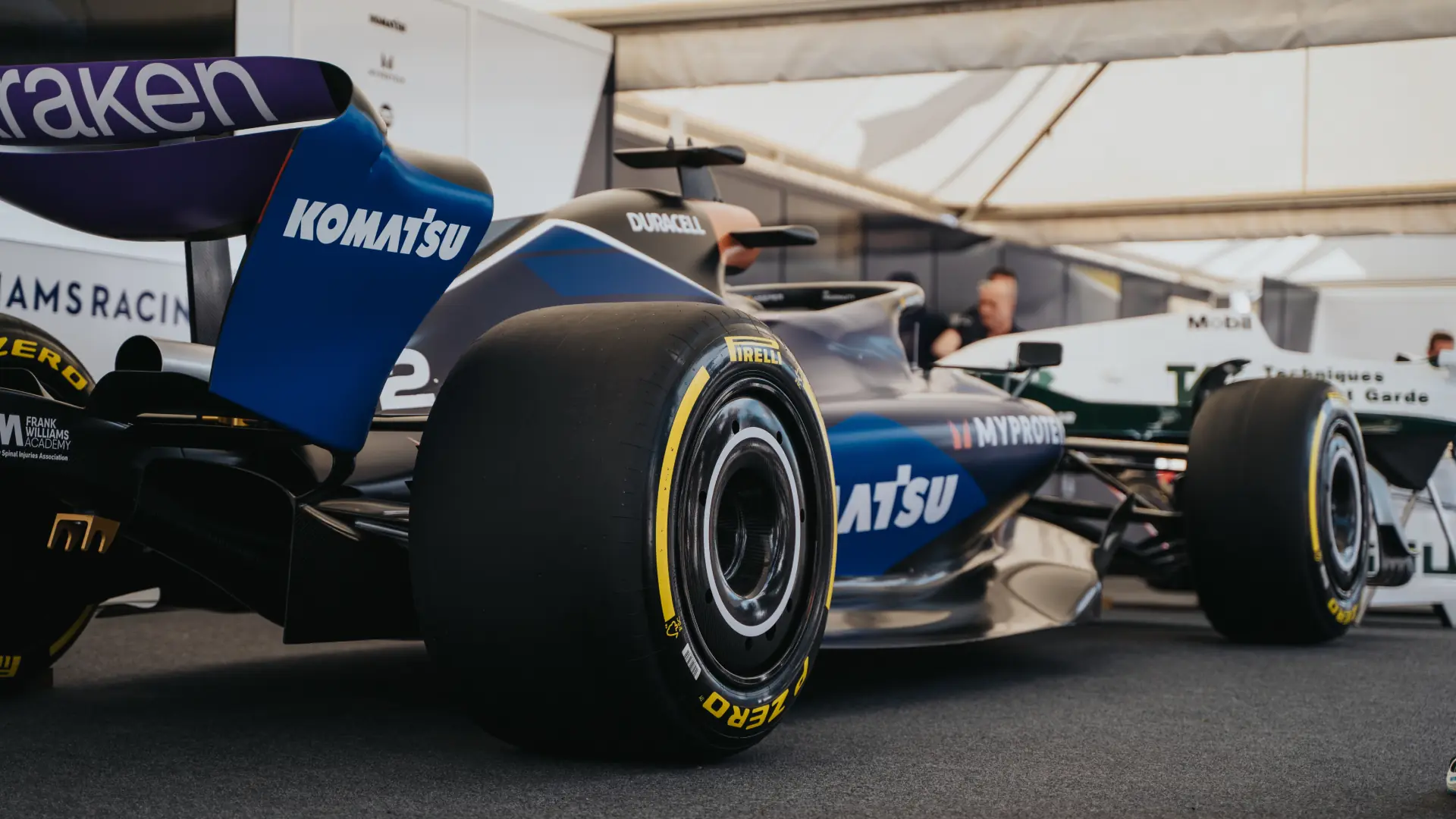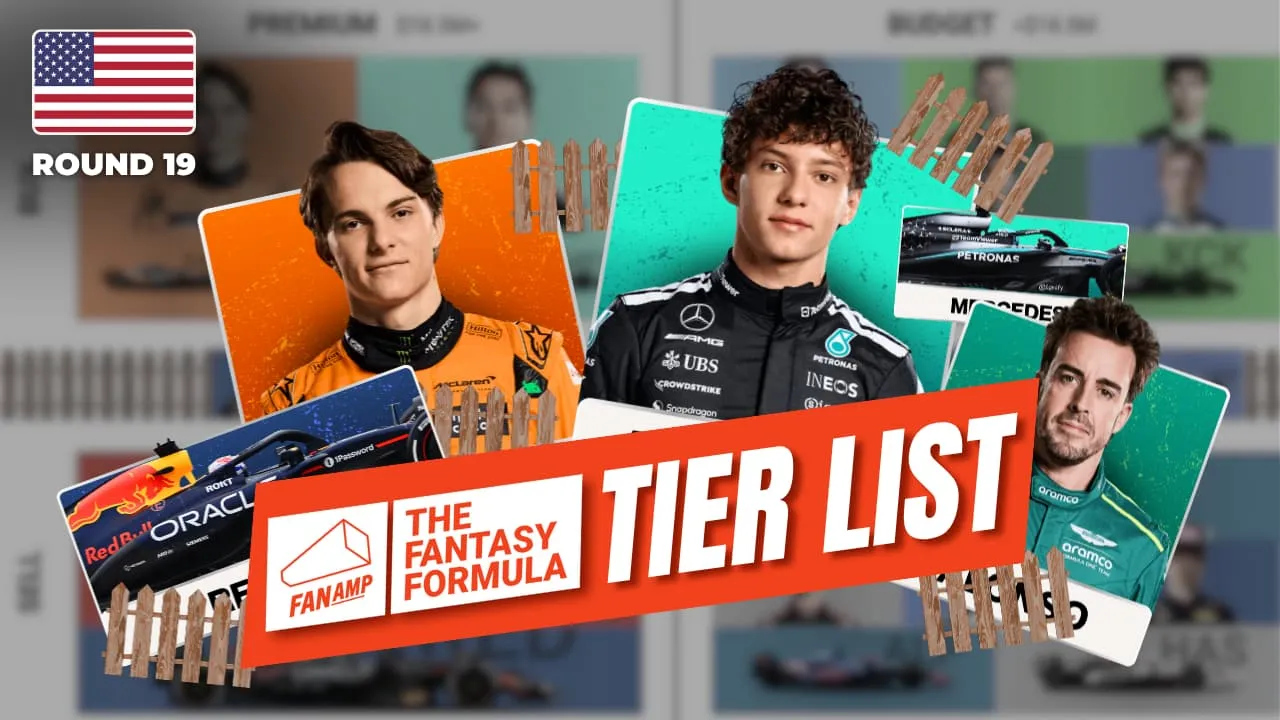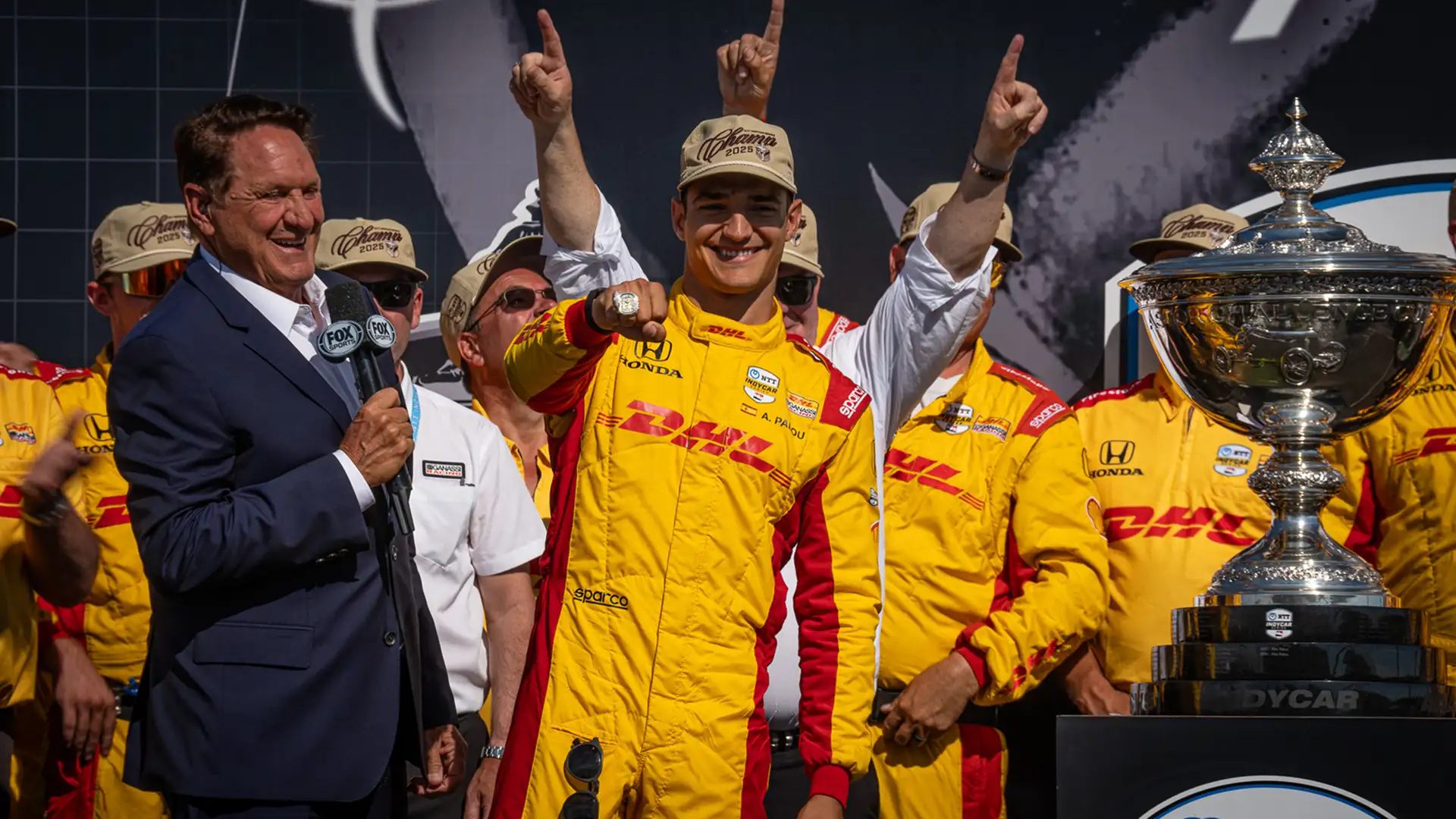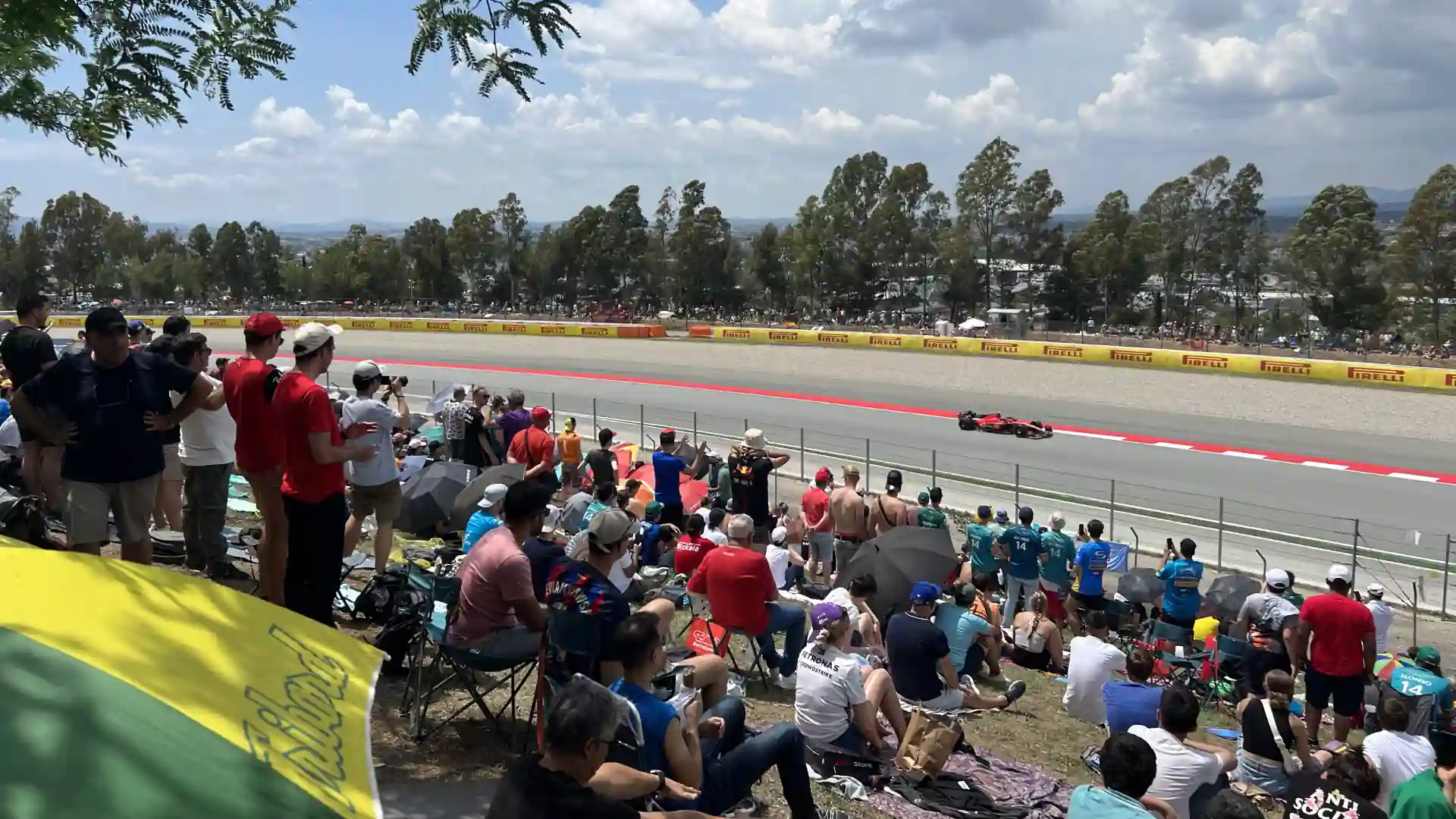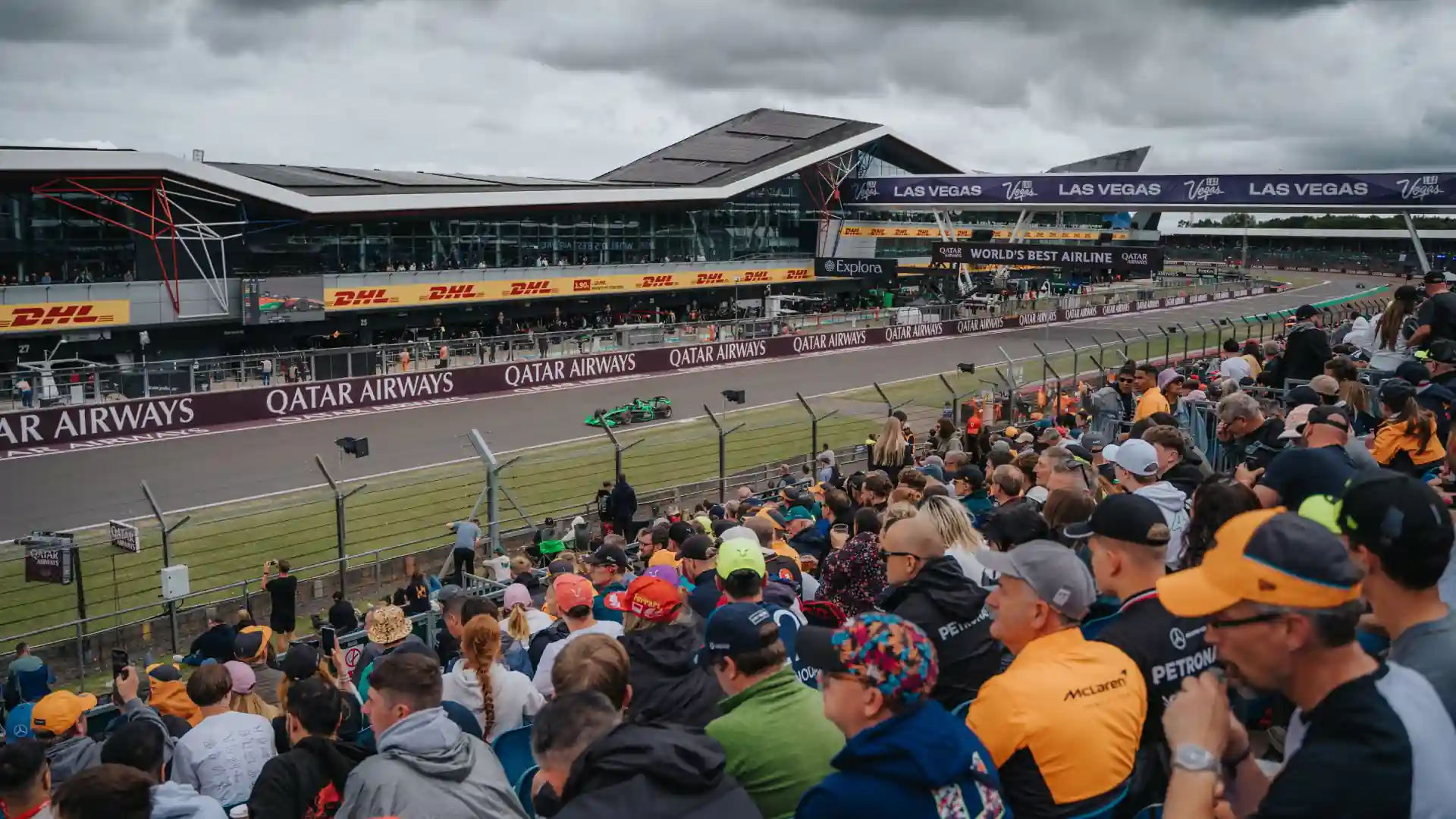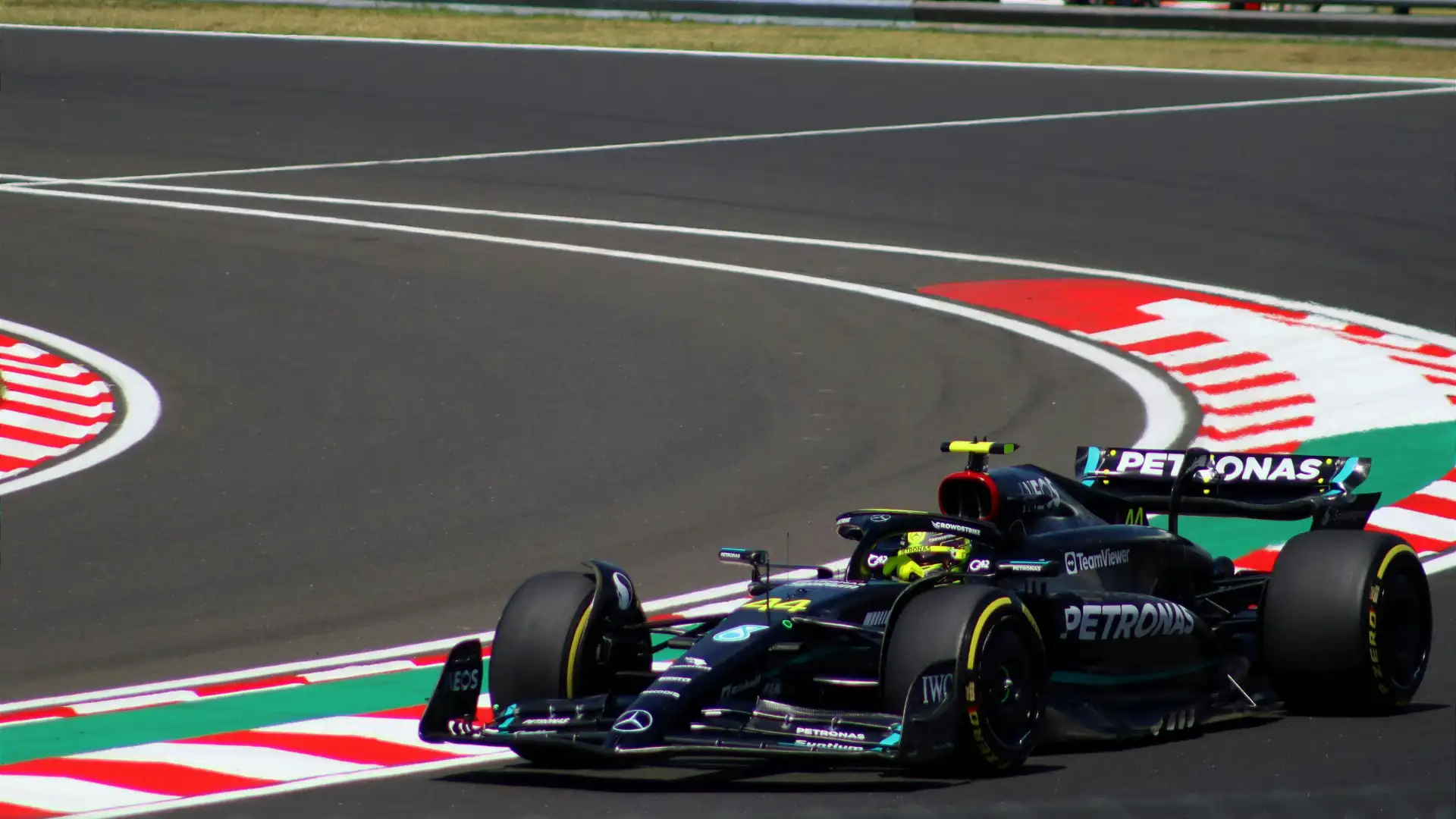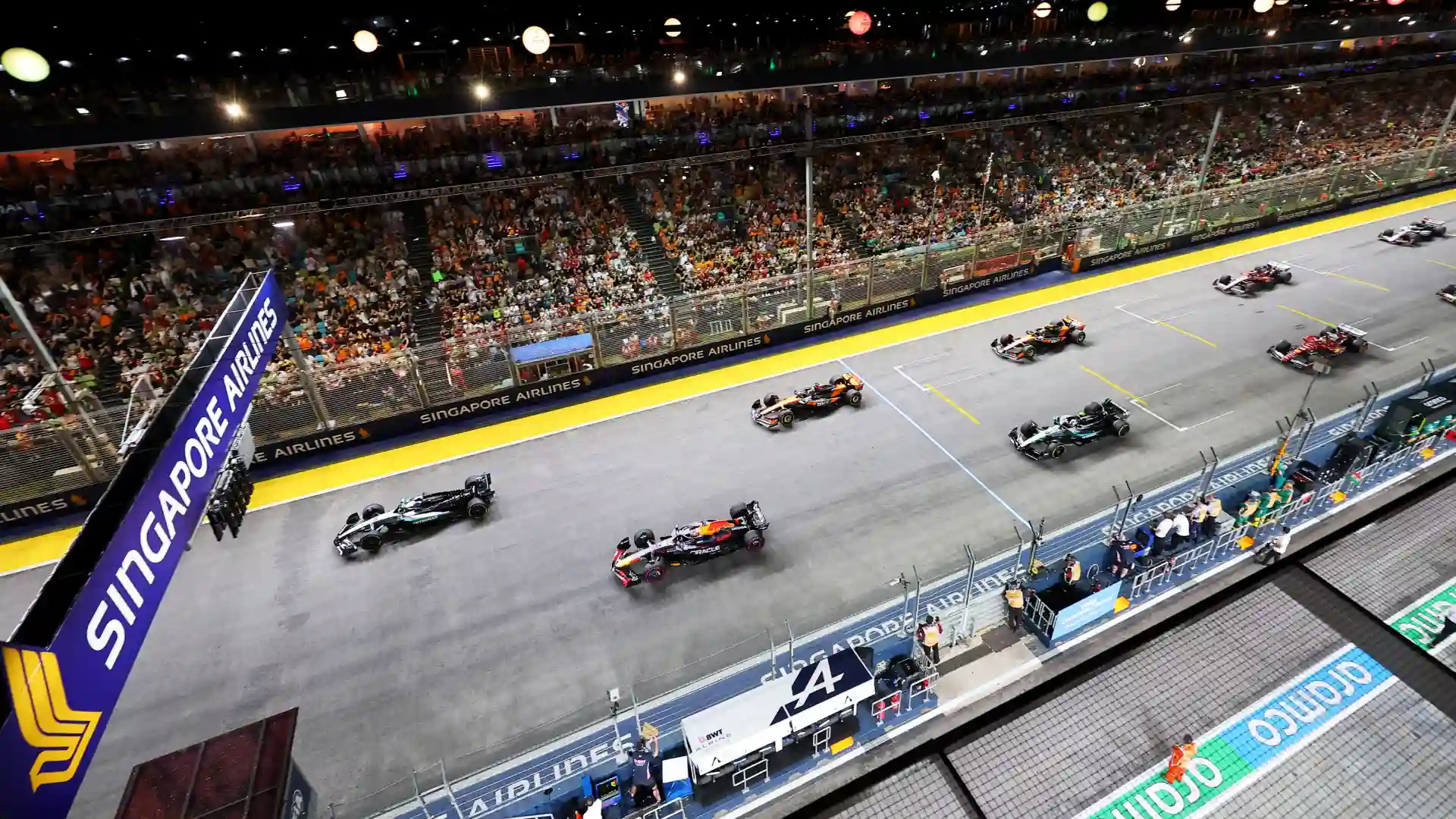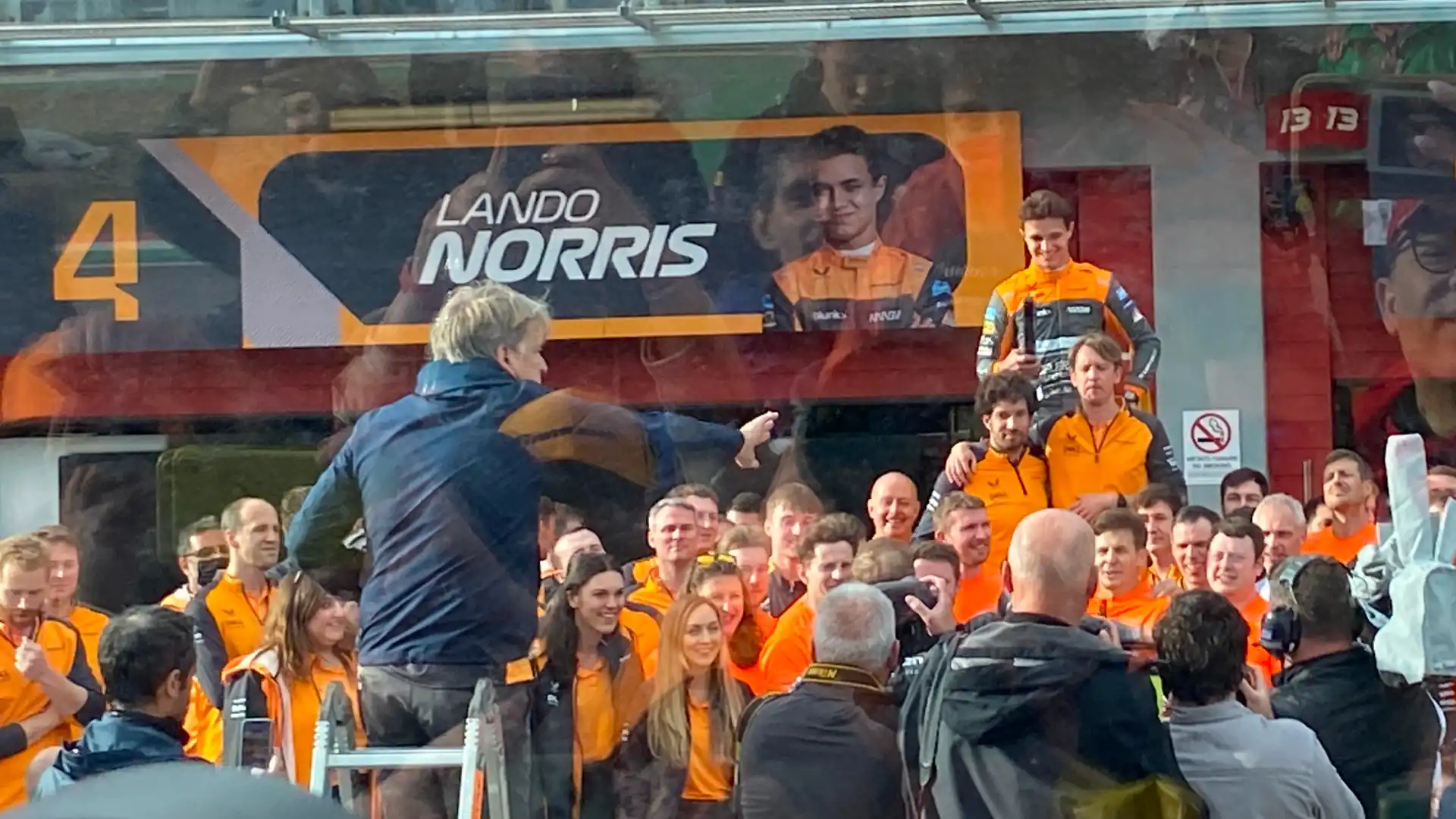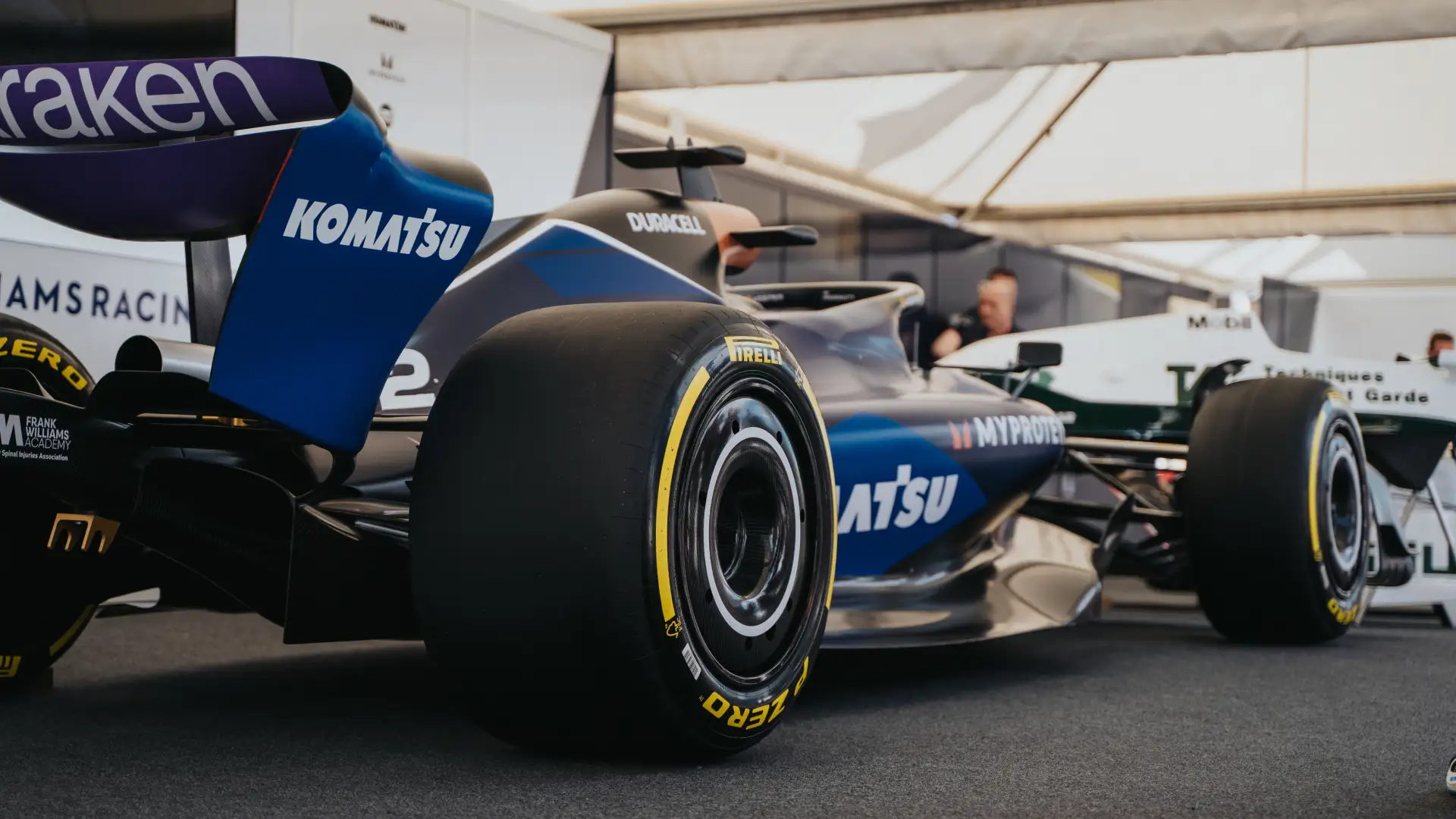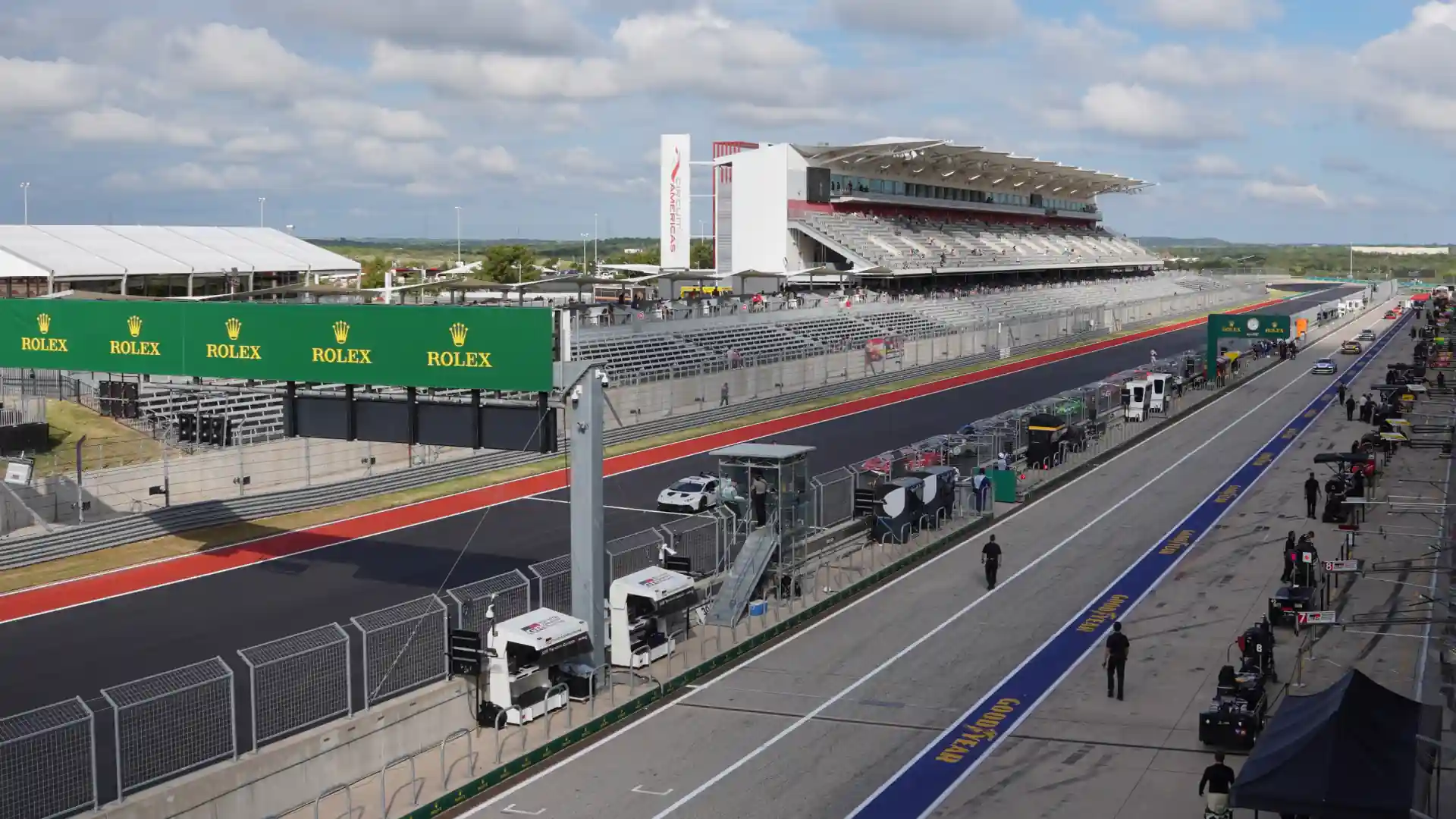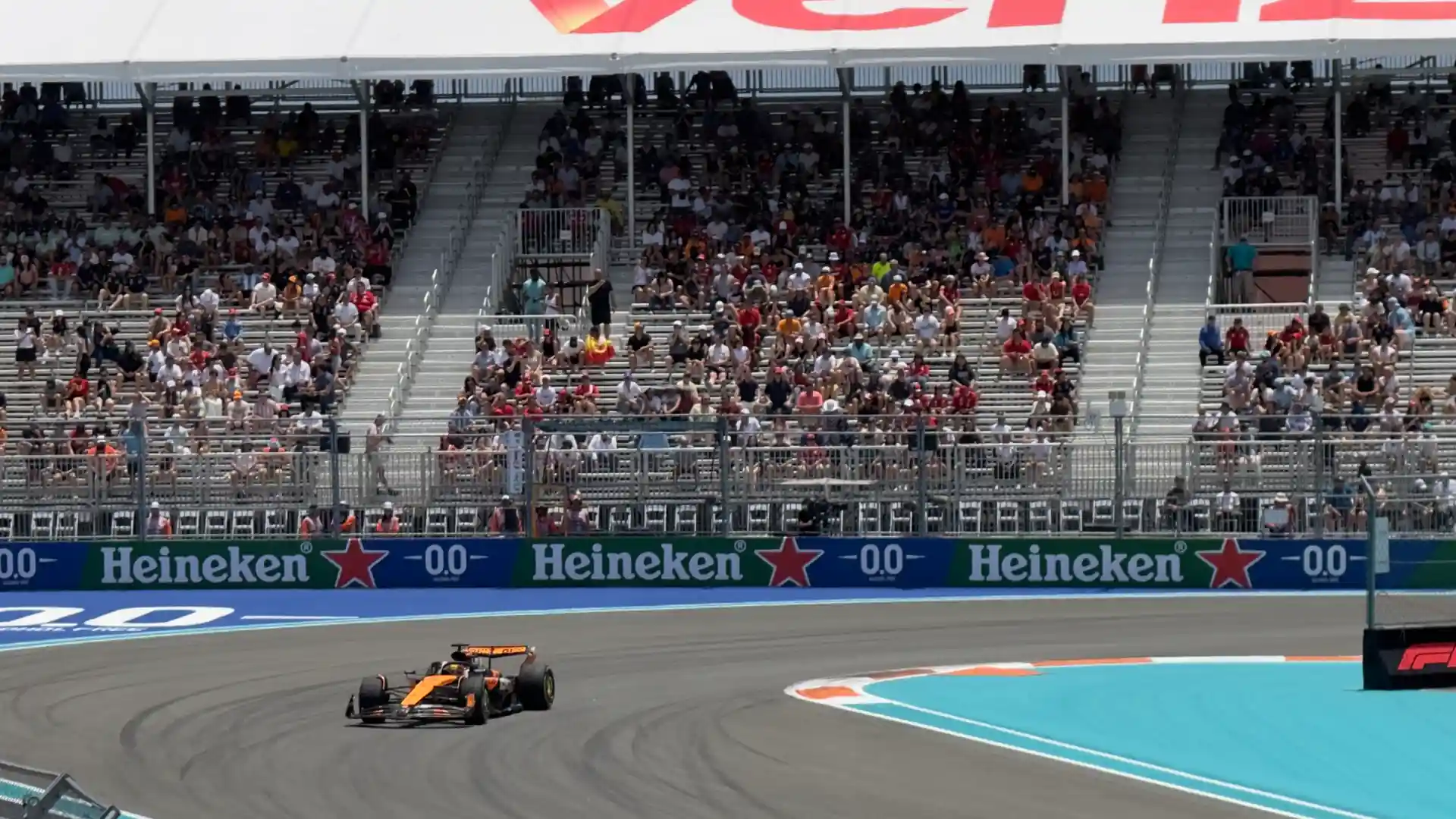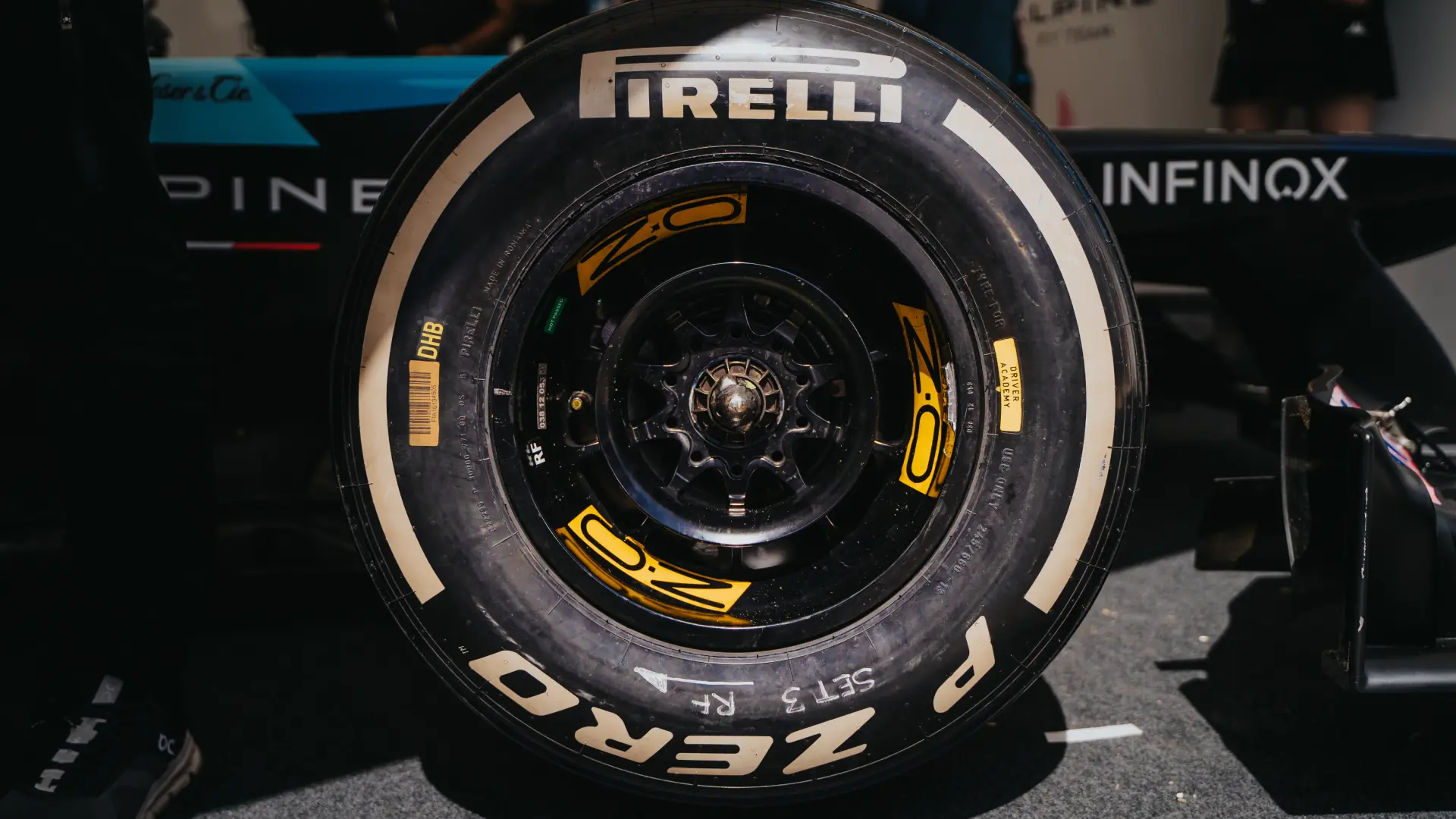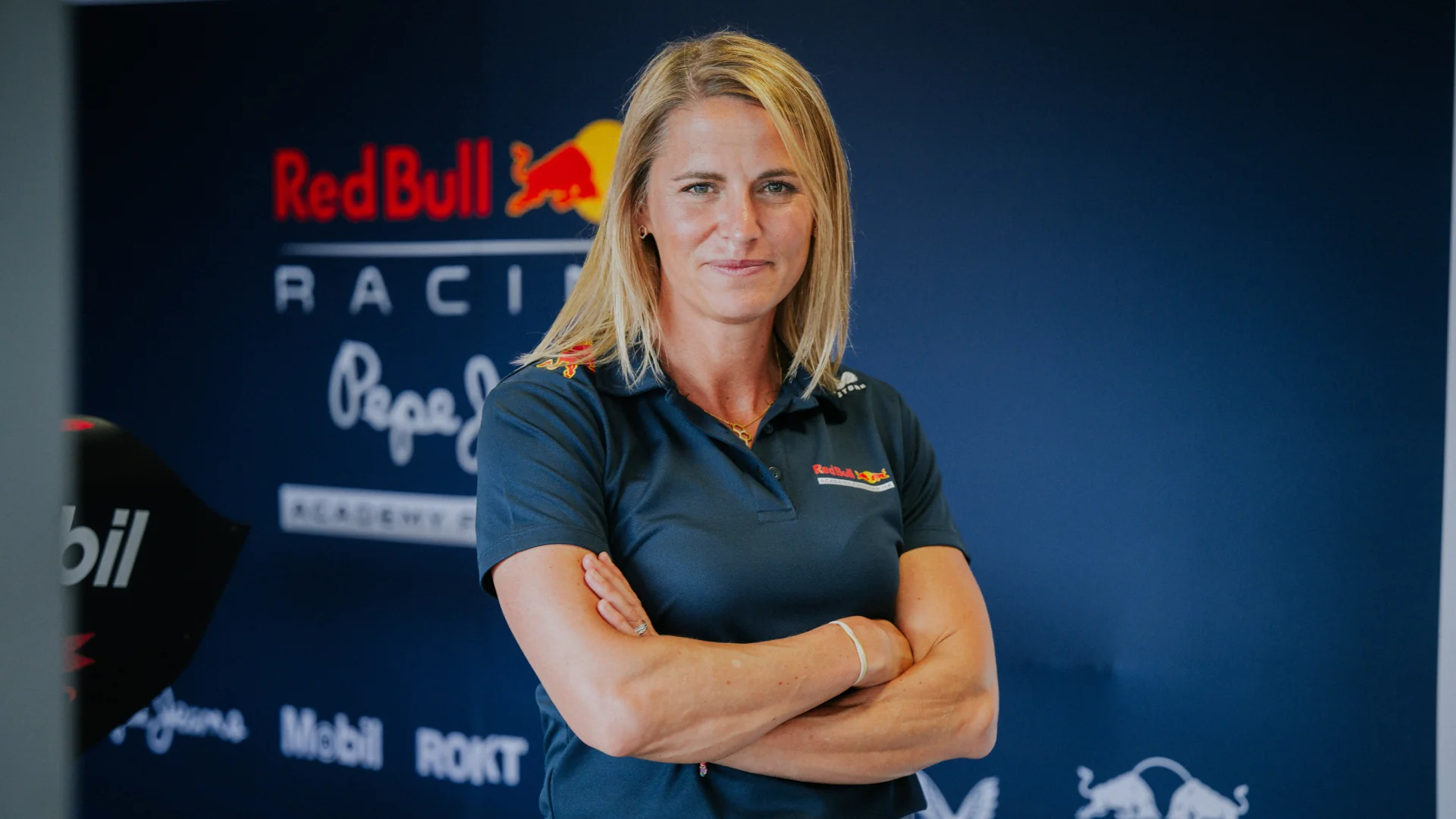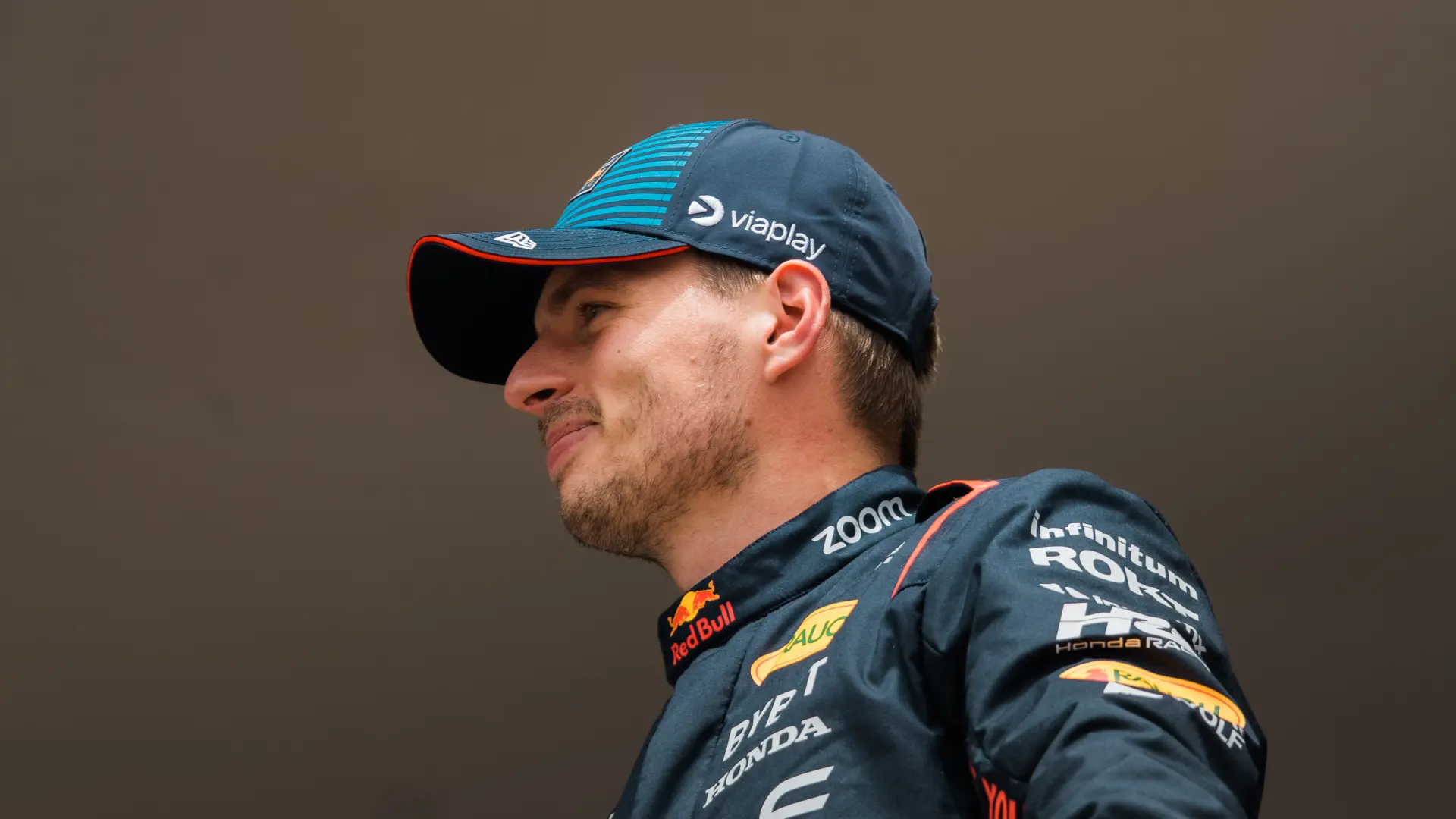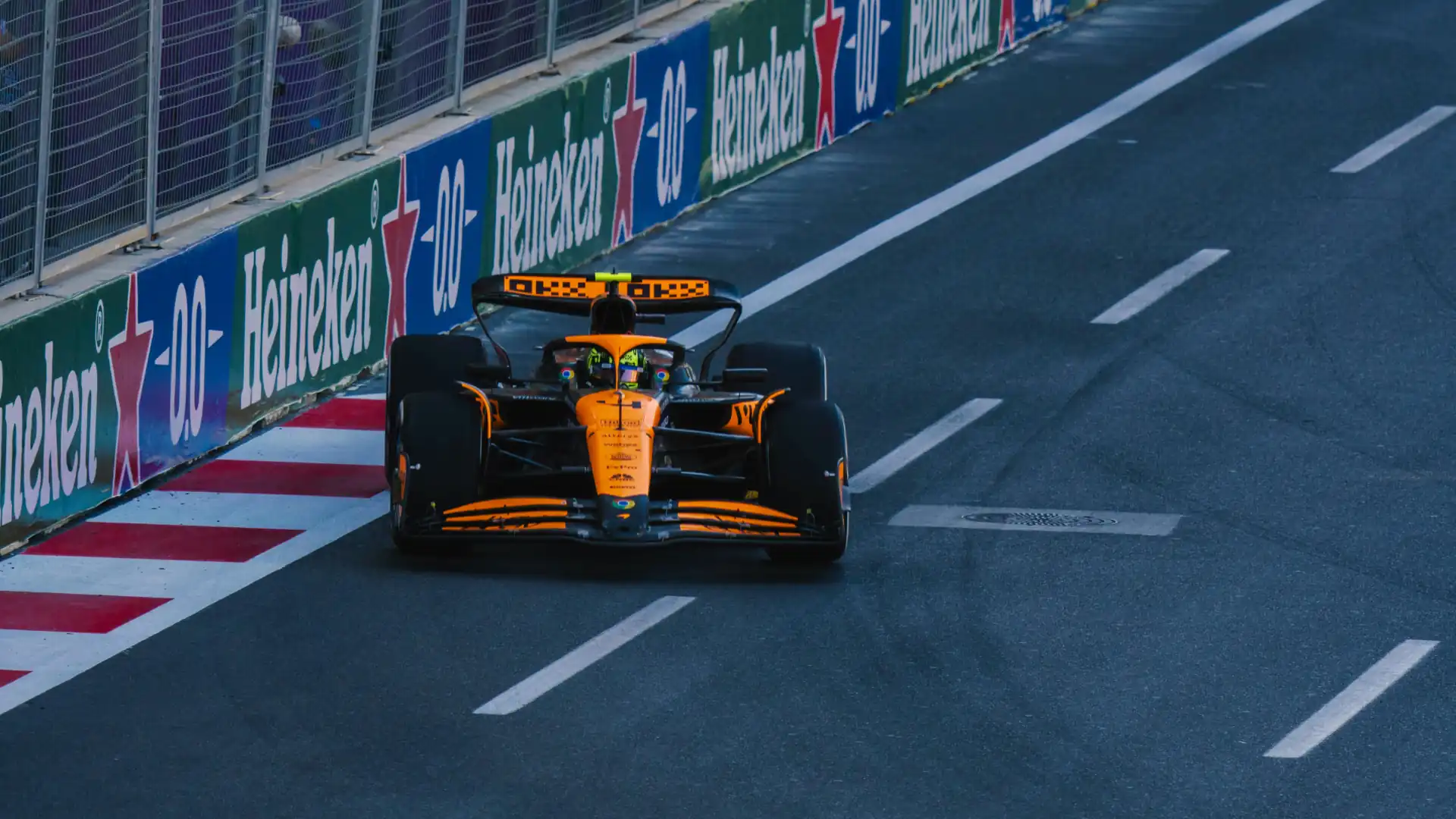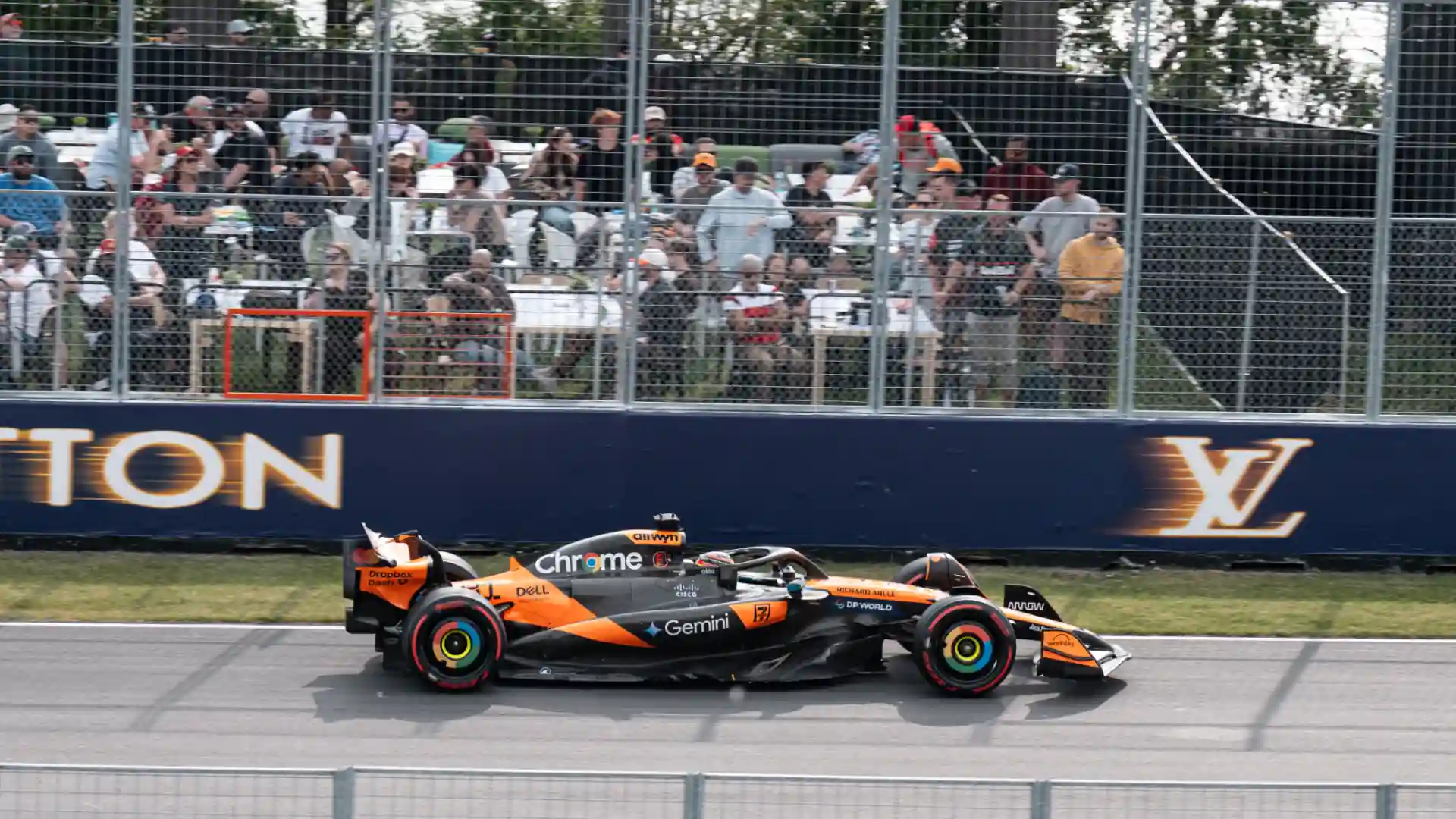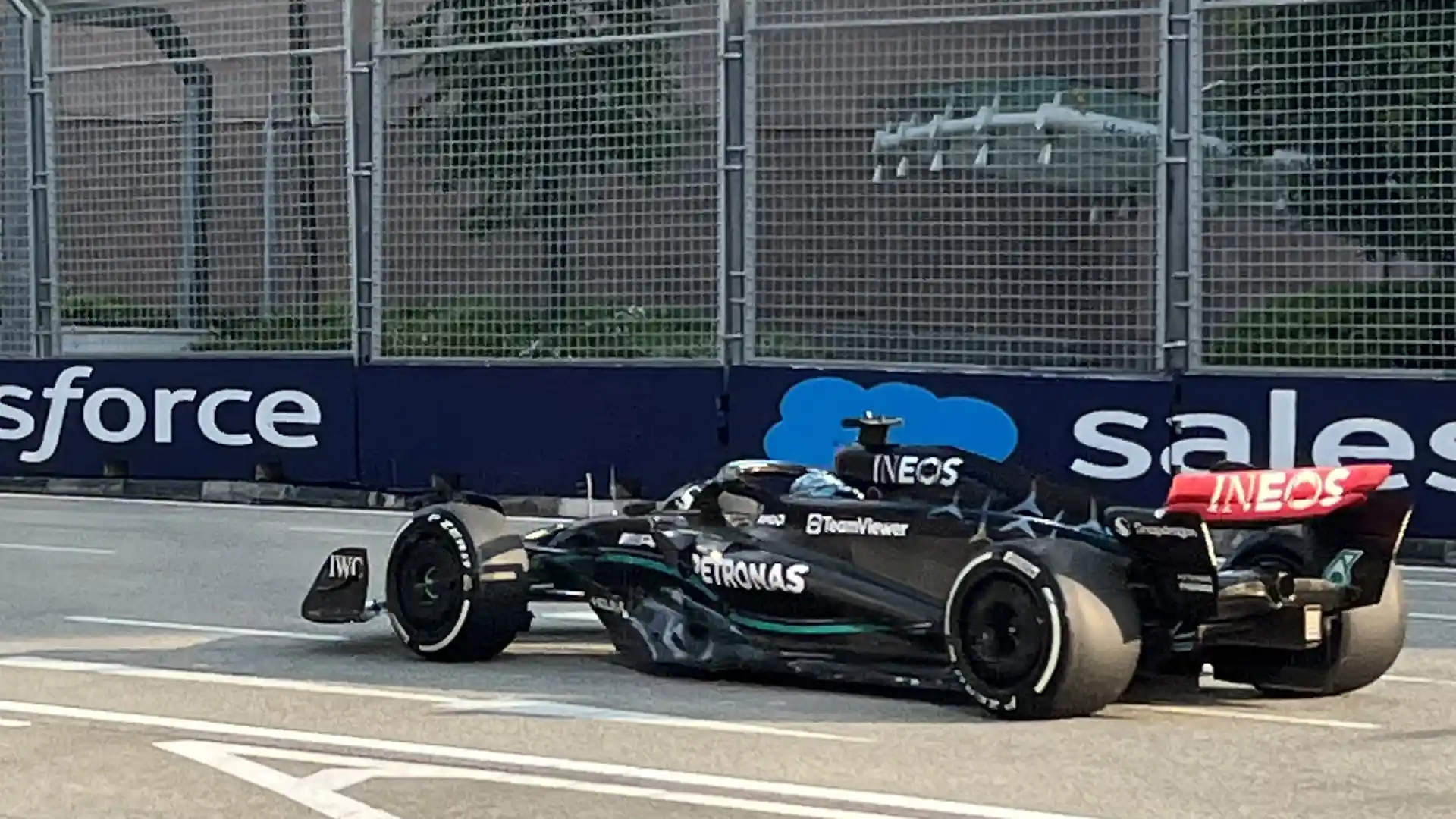It’s lights out. Formula 1 cars speed down start-finish straight side-by-side, each trying to shove their way through Turn 1. Some of them make it, but several of them go wide, one nearly crashing while the others just cut the first corner entirely before rejoining further up ahead.
Radio channels open. Driver frustrations run wild. And yet there is no penalty in sight.
This could have happened at many tracks on the F1 calendar, but this specific instance is about the start of the Mexico City Grand Prix, with the cars of Max Verstappen, Charles Leclerc, Kimi Antonelli, Carlos Sainz and Liam Lawson all ending up in the grass by Turn 1 to various different effects. Some, like Verstappen, lost position, others got lucky and kept their place, and still others–most notably, Leclerc and Sainz–managed to gain a place or two without any repercussions.
It marks the second F1 weekend in a row in which a major incident involving multiple cars at the start of a race went largely unpunished by the stewards. One week earlier, in the sprint race of the United States Grand Prix, Oscar Piastri was at the core of a collision that ended his, Lando Norris’s and Fernando Alonso’s races and severely impaired that of Nico Hulkenberg. And once again, there was no penalty in sight.
“All Lap 1 incidents are treated in a more lenient manner and that has been the case for a number of years, under the ‘let them race’ principle, let’s call it,” said former F1 race director, Michael Masi, back in 2021 when speaking about a Turn 1 incident between Norris and Sergio Perez at that year’s Austrian Grand Prix.
But does this ‘let them race’ principle get in the way of a fair fight? Some of the drivers seemed to think so, at least in this instance.
“So I had a good start, in front of Sainz and some other people, they miss Turn 2, and they are three cars in front,” said Alonso on his team radio at the start of the race. Despite starting ahead of Sainz at the start of the race, he found himself trailing the Williams after the Turn 1 incident.
“I mean, it’s very unfair that I’m in this position, after making the corners, so let’s do something. I think it’s three or four cars,” he added.
George Russell, too, was displeased with how the incidents on the opening lap were handled.
“I struggle to understand how three drivers can just cut the first corner and continue," he said to the media after the race.
"It punishes the drivers who have driven correctly, and if you can risk everything with no downside, that is what drivers are going to do. It has always been the case here in Mexico – people cutting Turn 1. So I was frustrated.”
The stewarding also seems to grow even more lenient with incidents involving teammates. The prime example of this was when Leclerc, who was behind Hamilton going into Turn 1, cut the corner and emerged ahead of the other Ferrari.
“He didn't even try to make the corner, he stepped on it and realised, 'oh, it's my team-mate, nothing will happen to me',” said 1997 F1 champion Jacques Villeneuve on The F1 Show earlier this week.
We also saw leniency for collisions amongst teammates in Austin the week before, with the contact between Piastri and Norris. While racing analysts have generally pointed out that Piastri was at fault, the stewards took no action in the moment. Contrast this with Sainz’s collision with Antonelli later that same race. The crash ended Carlos’s race and earned him a five-place grid penalty and two penalty points from the stewards.
And these aren’t new concerns either. The FIA, F1’s governing body, did introduce tighter punishments for contact in the opening lap in that same year, with Masi explaining to Motorsport.com, “Based on some feedback and the ongoing discussions that we have with the drivers, and team sporting directors and team principals, there was a feeling under the let them race principle we needed to sort of dial that back a little bit regard to the first lap incidents.”
This begs the question, with multiple races having massive Turn 1 events, will lap one leniency be re-examined once again?
For now, probably not. When it comes to Mexico at least, the consensus seems to be that the track layout, with a 1.2km (0.75 mile)-long straight leading into a very tight corner, is the bigger issue.
"If you have gravel there or a wall, you wouldn't be four-wide,” said Villeneuve on this. “You'd be two-wide maybe and everyone else would back off because they would know there is not an escape road.”
But Mexico is not the only track this has happened at, and if similar controversies continue to surface across the calendar, it might finally be time for the FIA to tighten the screws on lap one leniency.
Cover image via Red Bull Content Pool
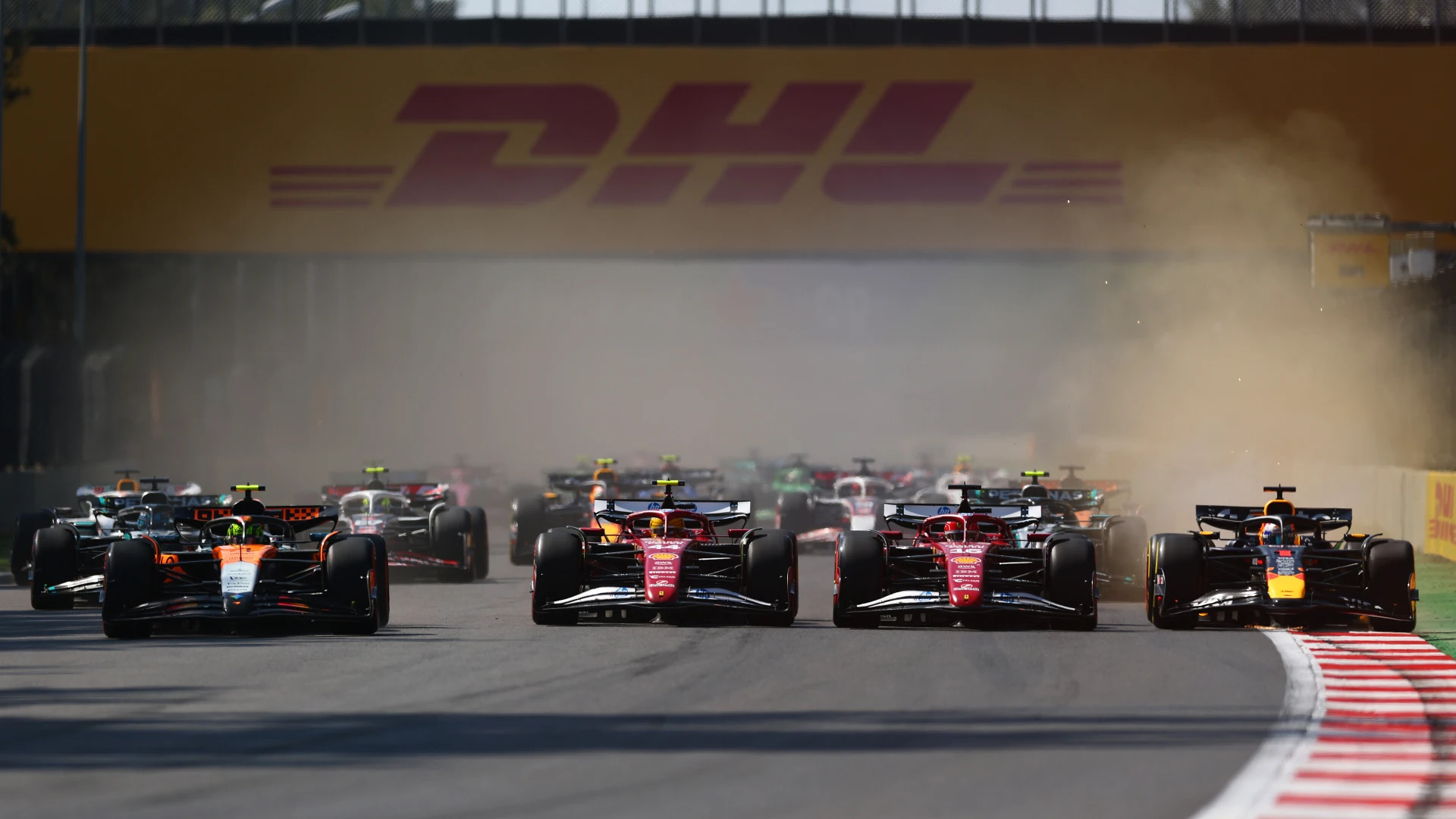

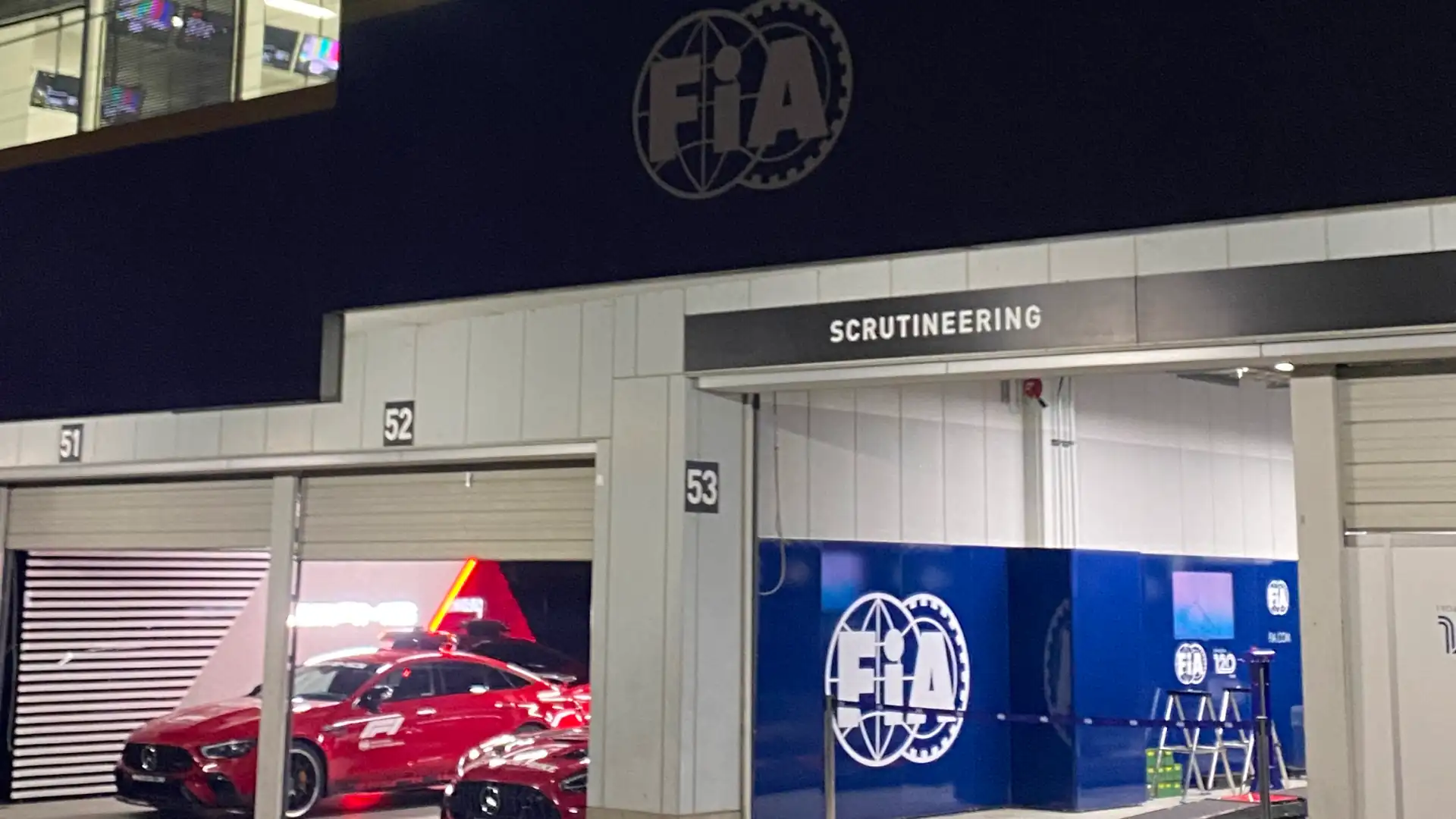
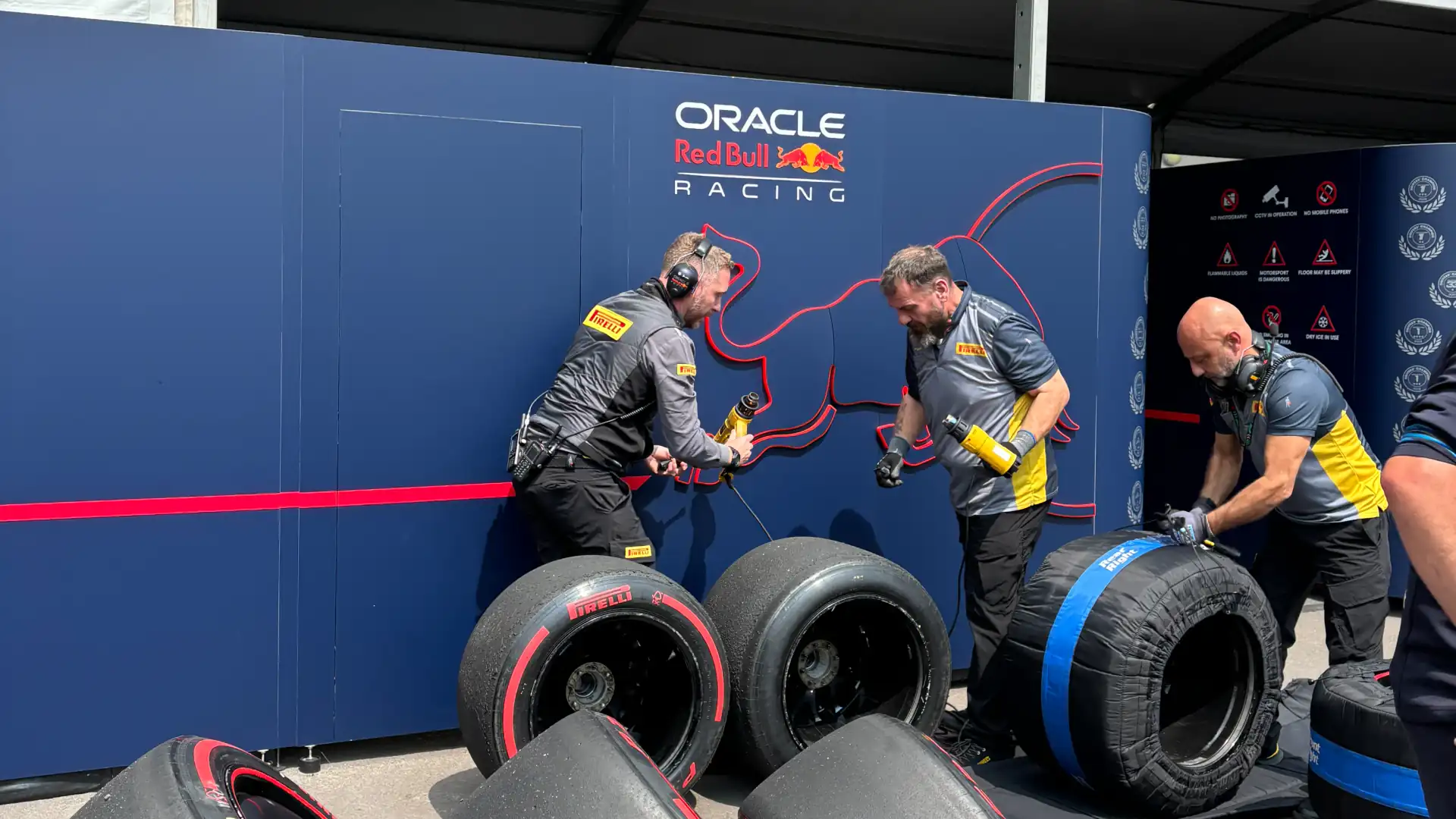
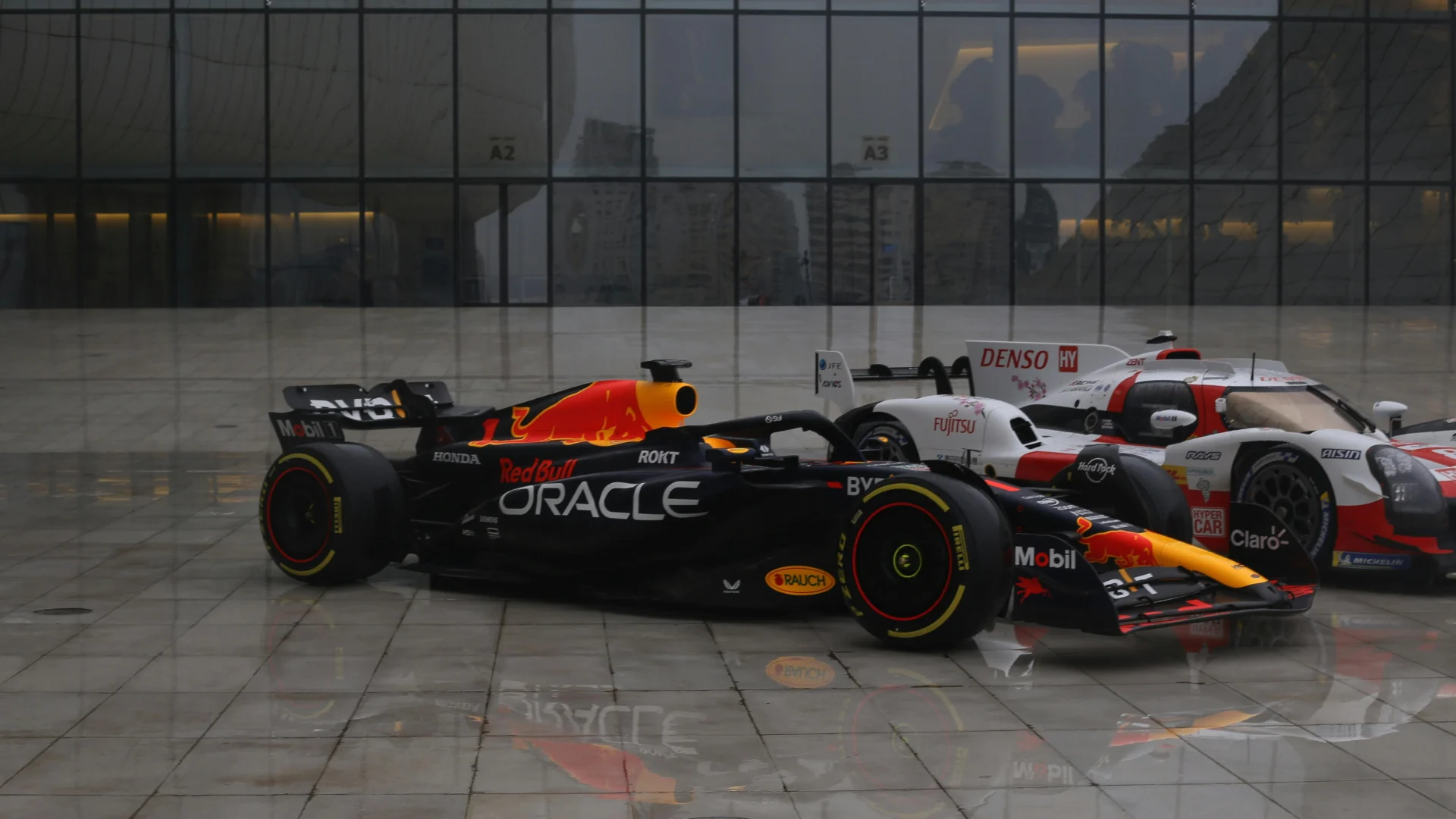

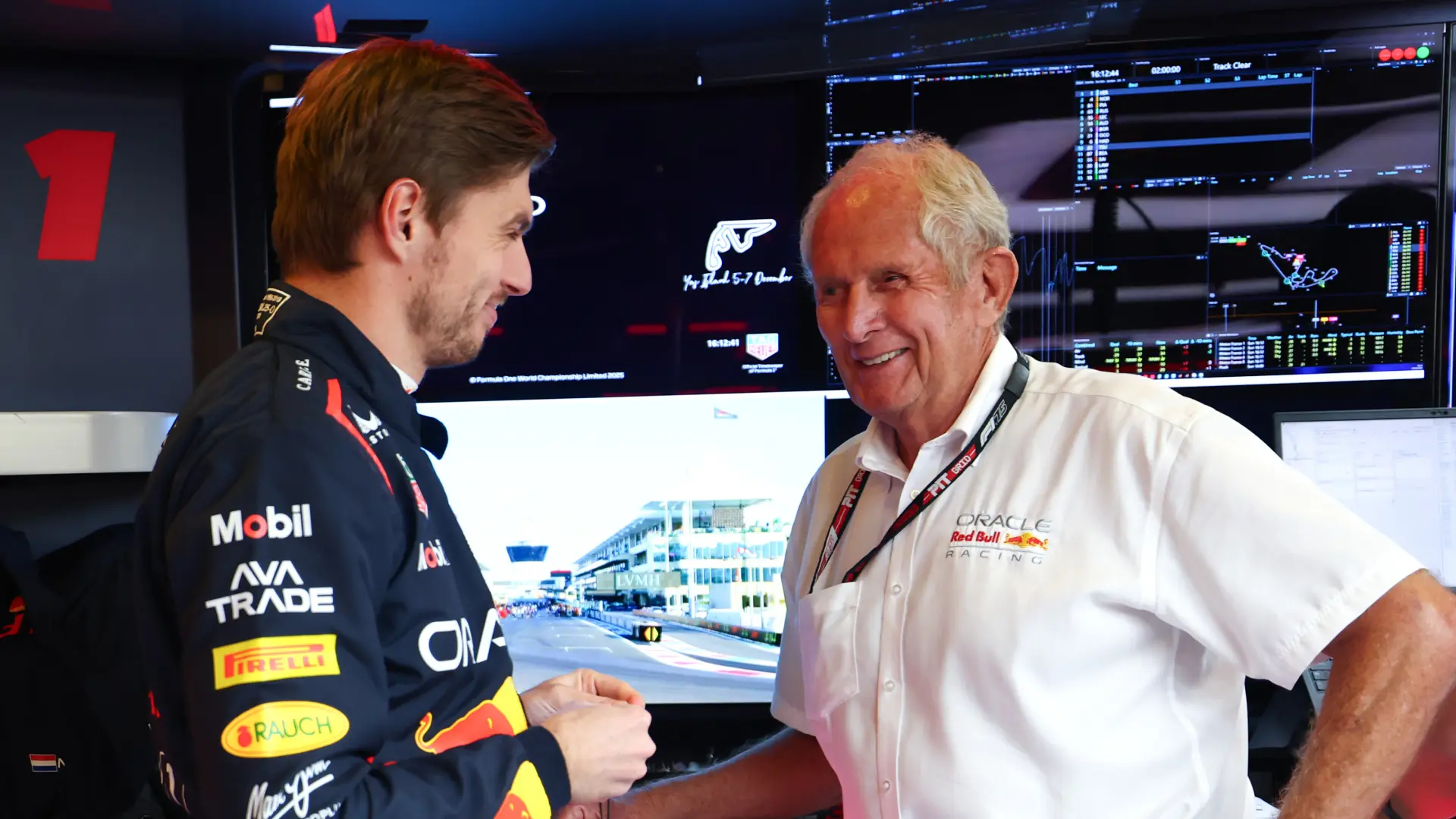

.webp)
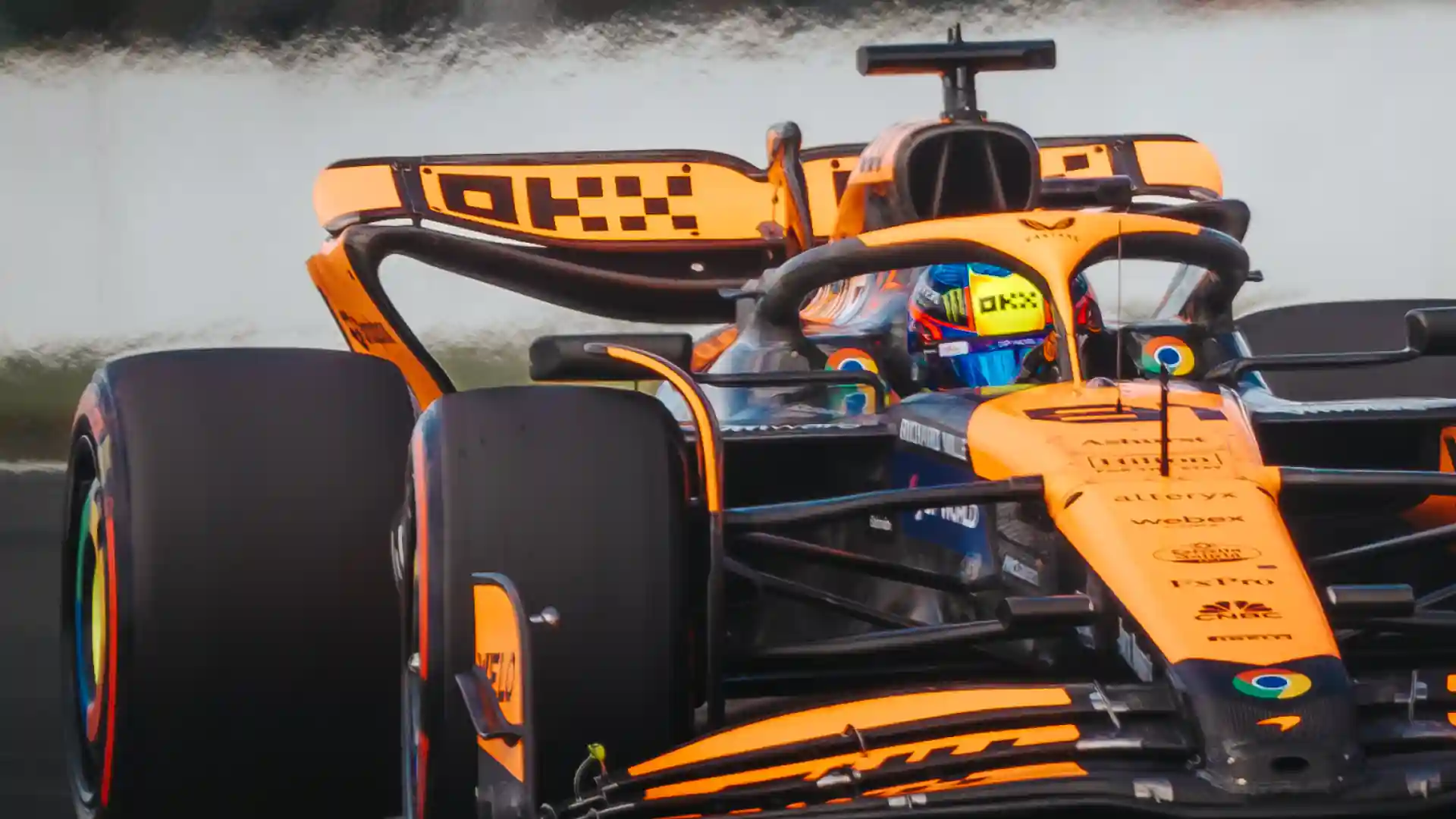

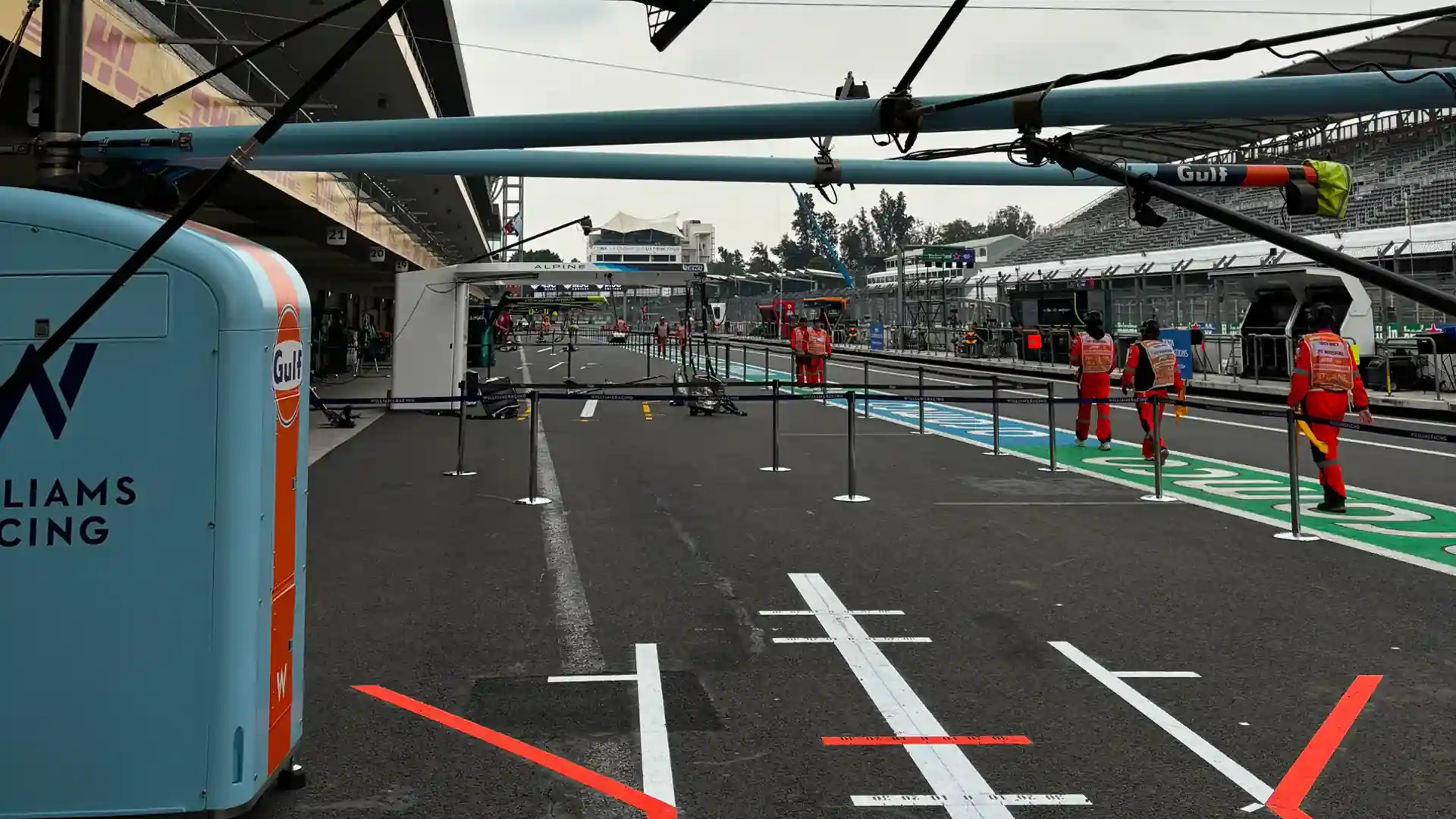
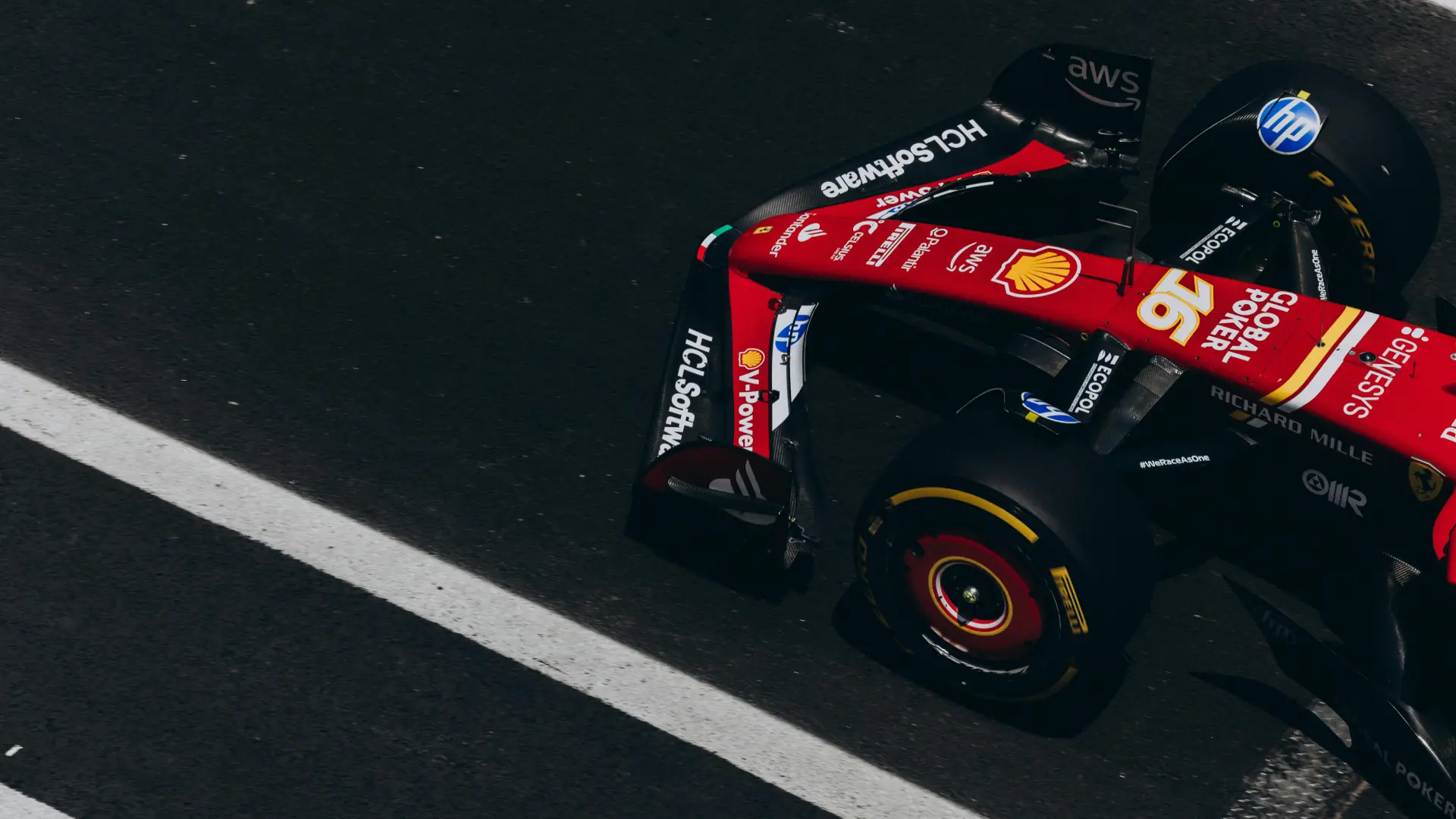

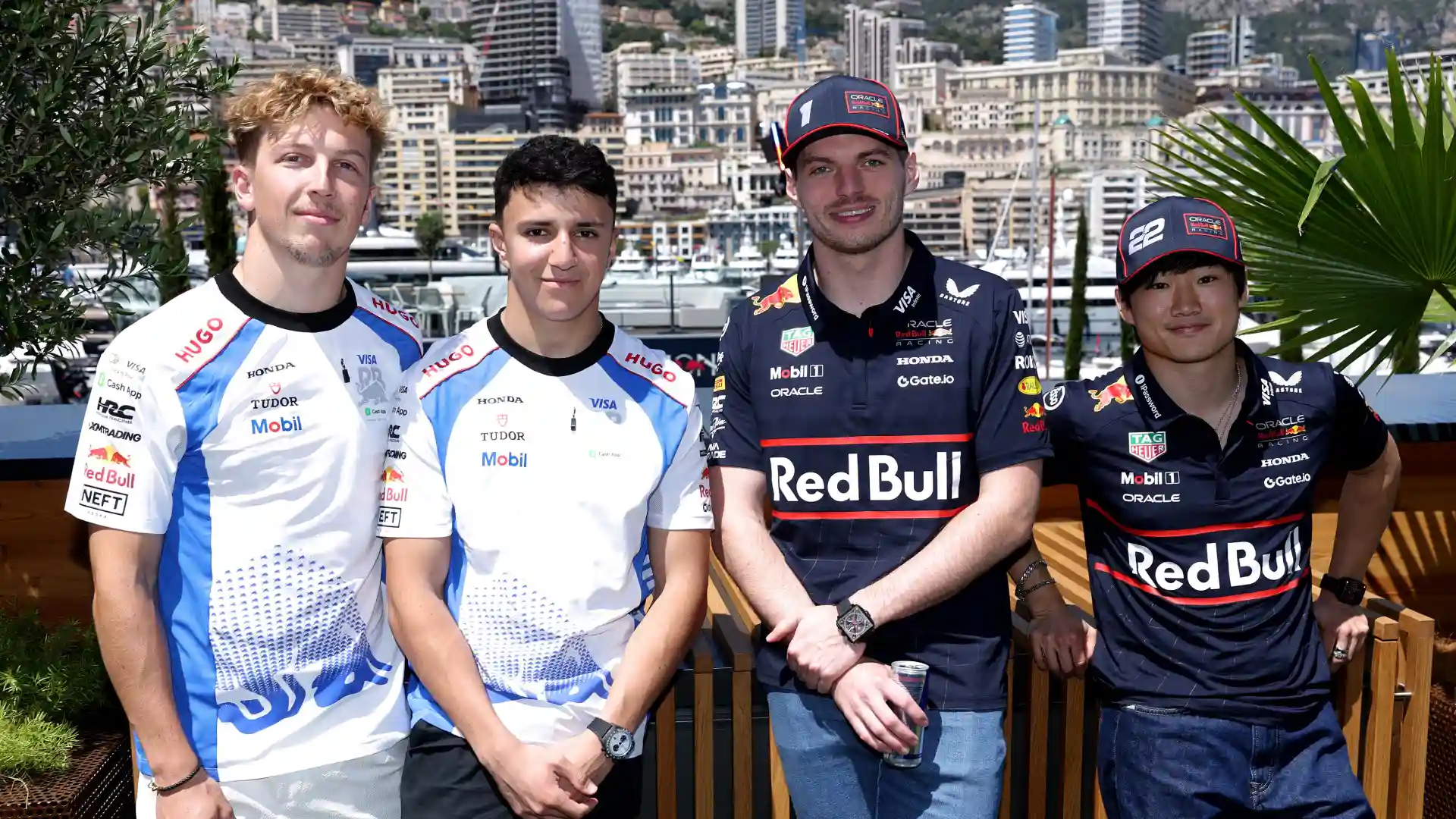
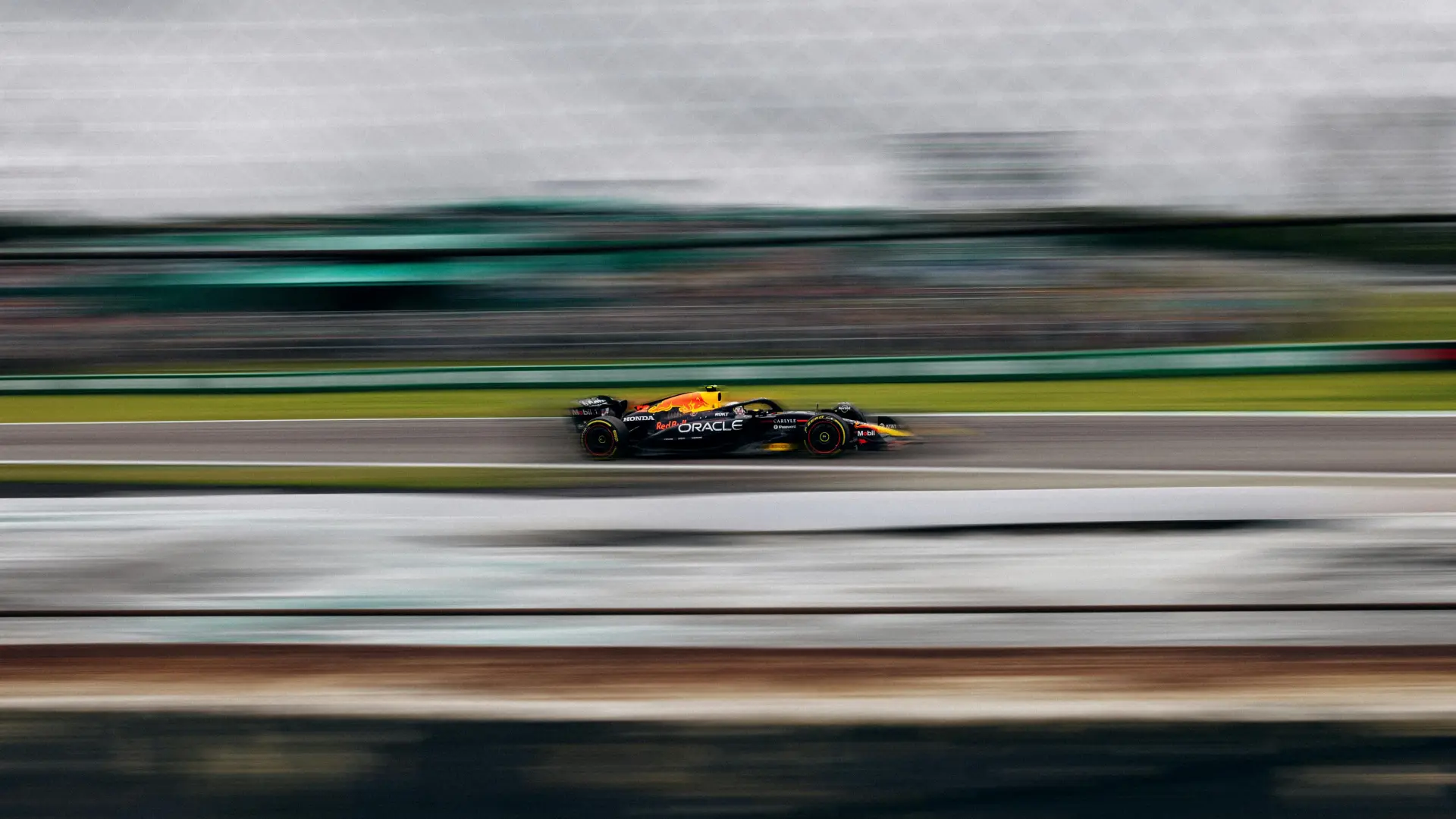
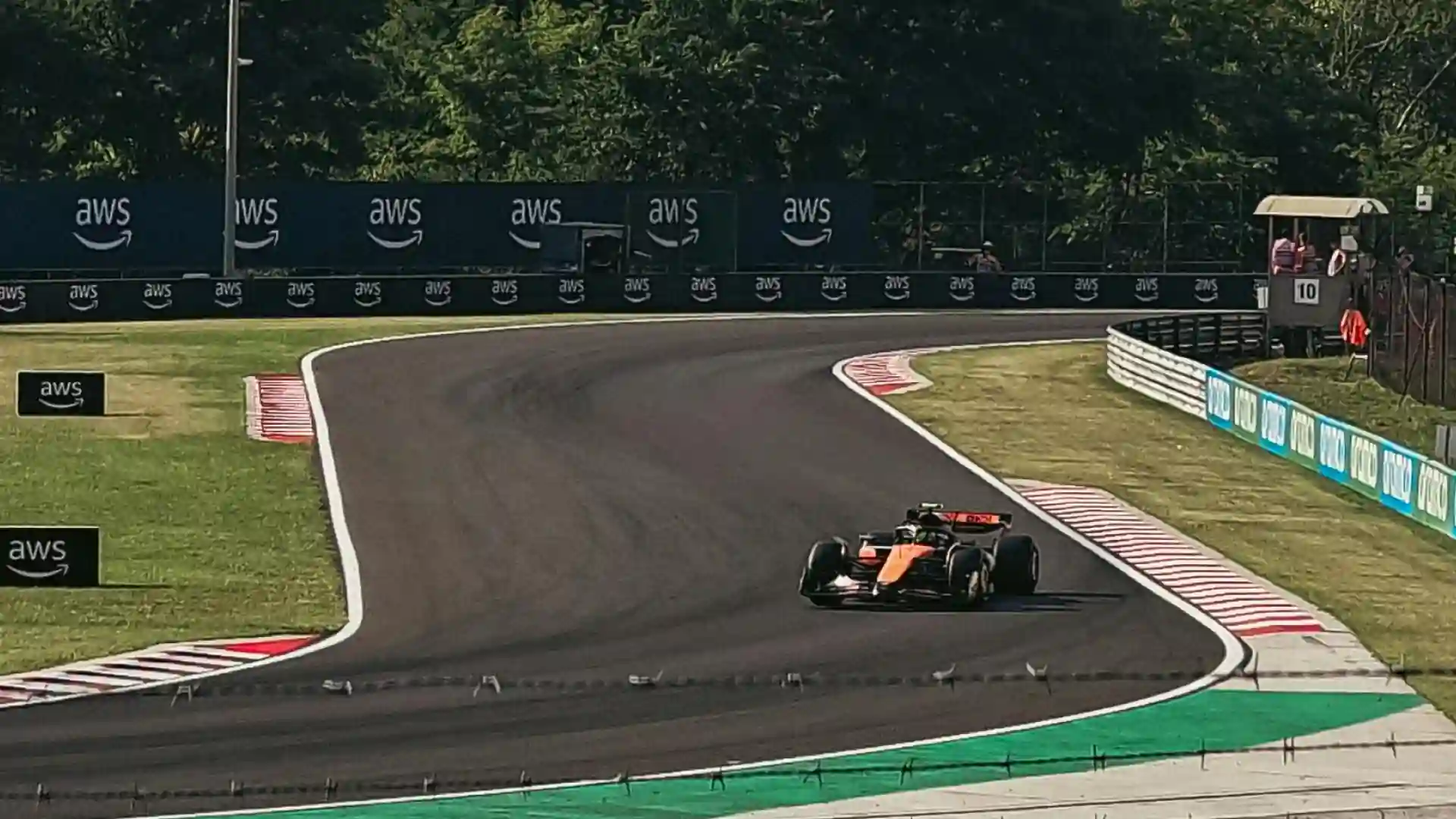
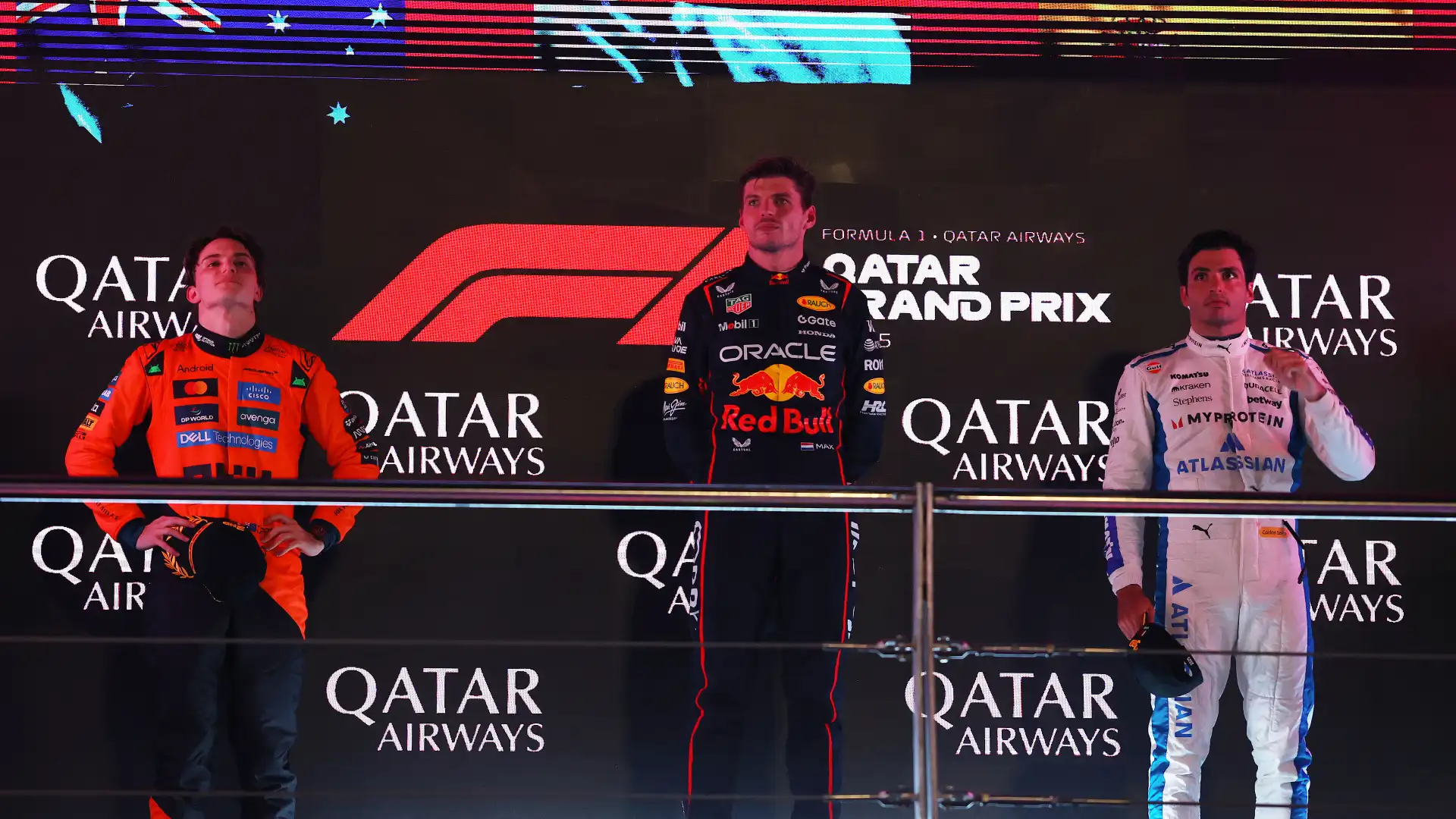
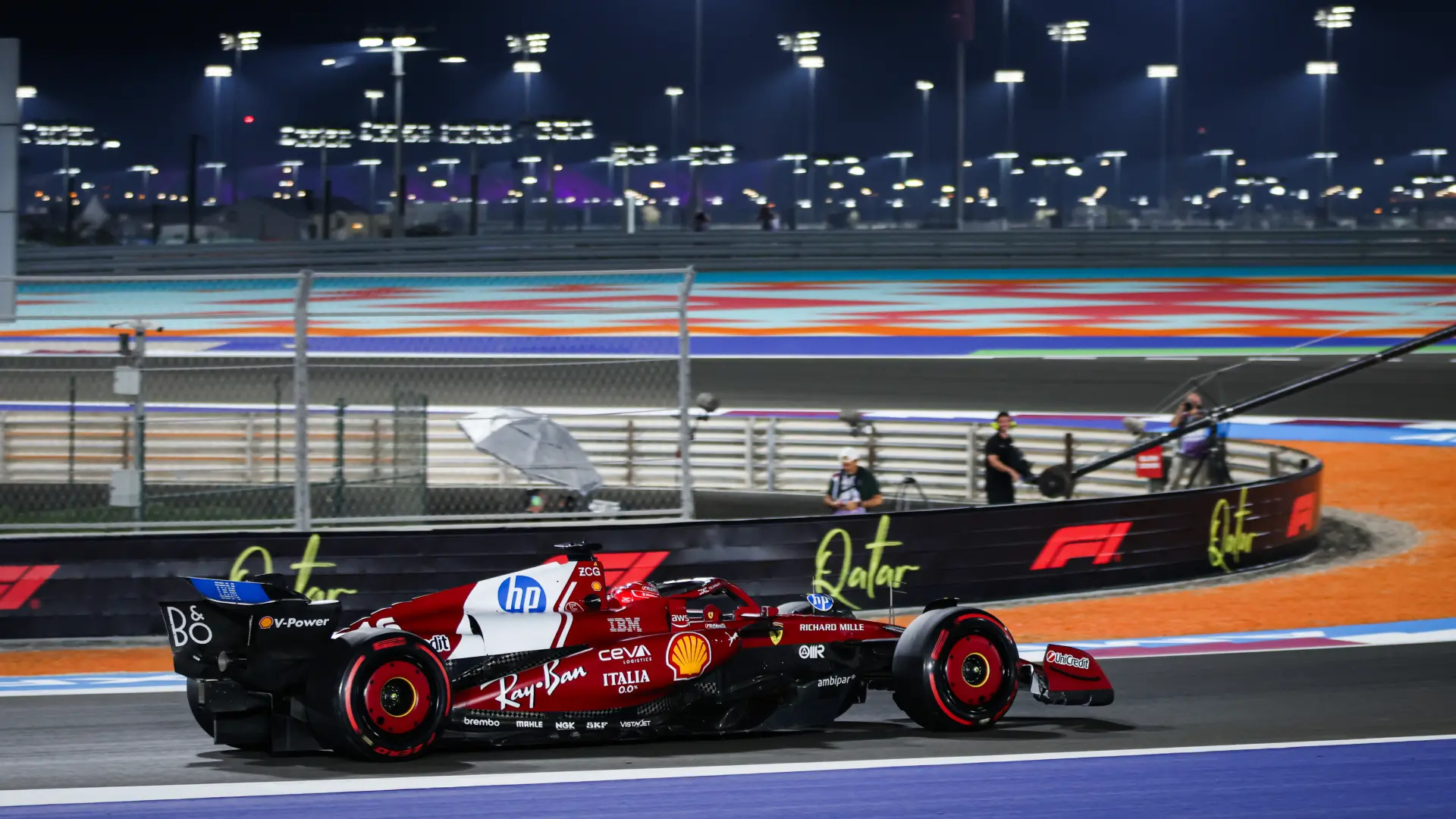

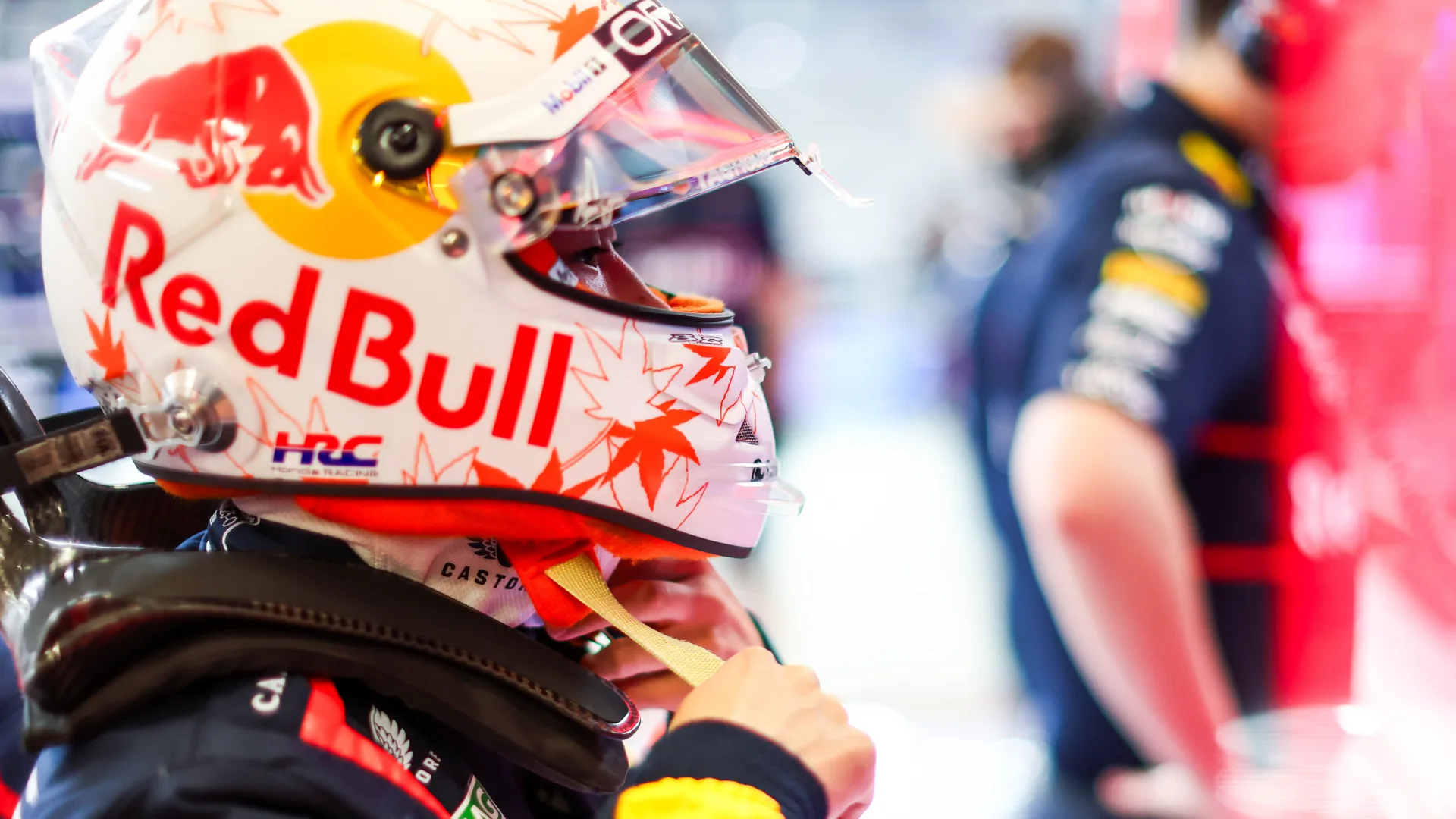
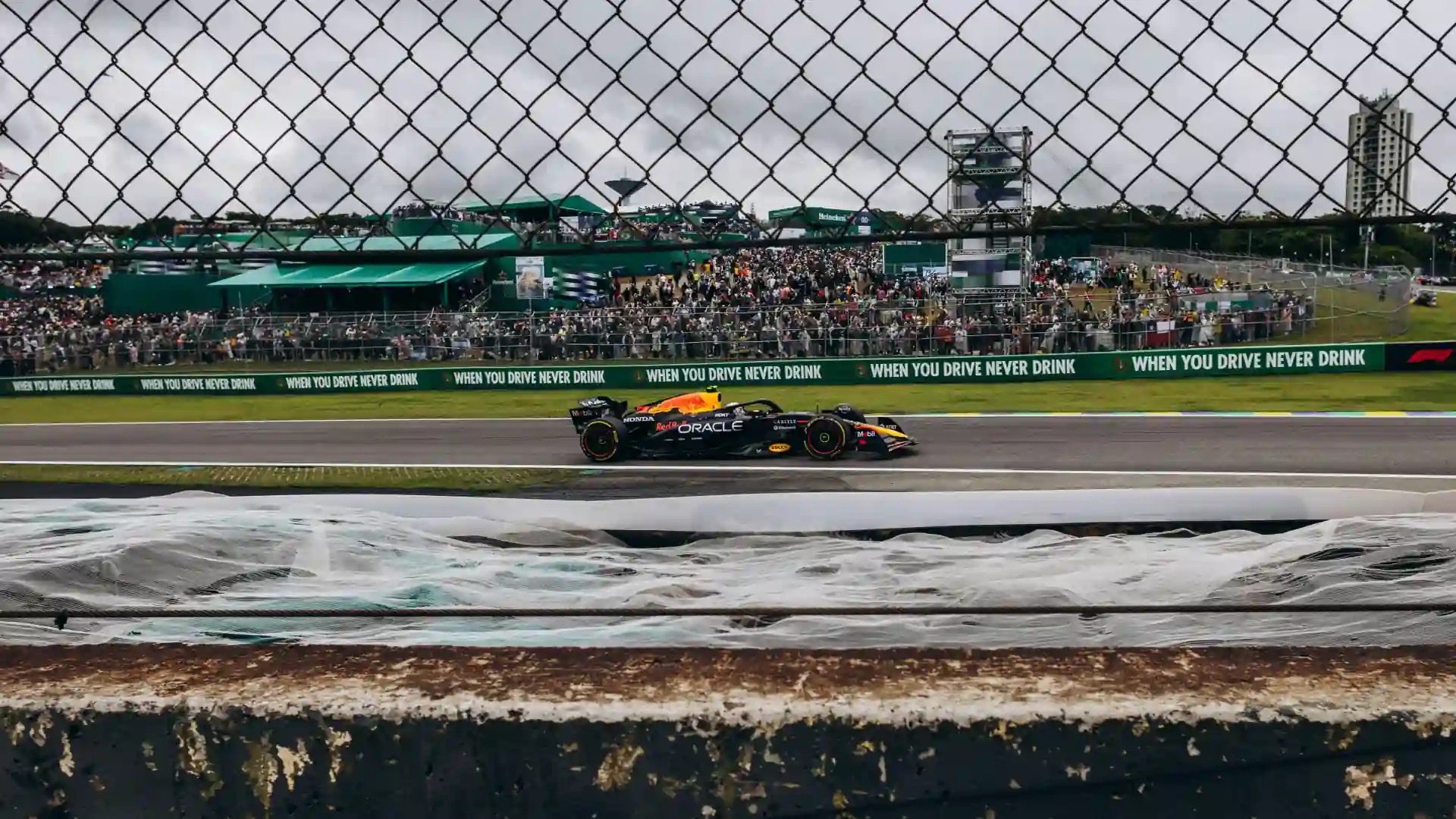


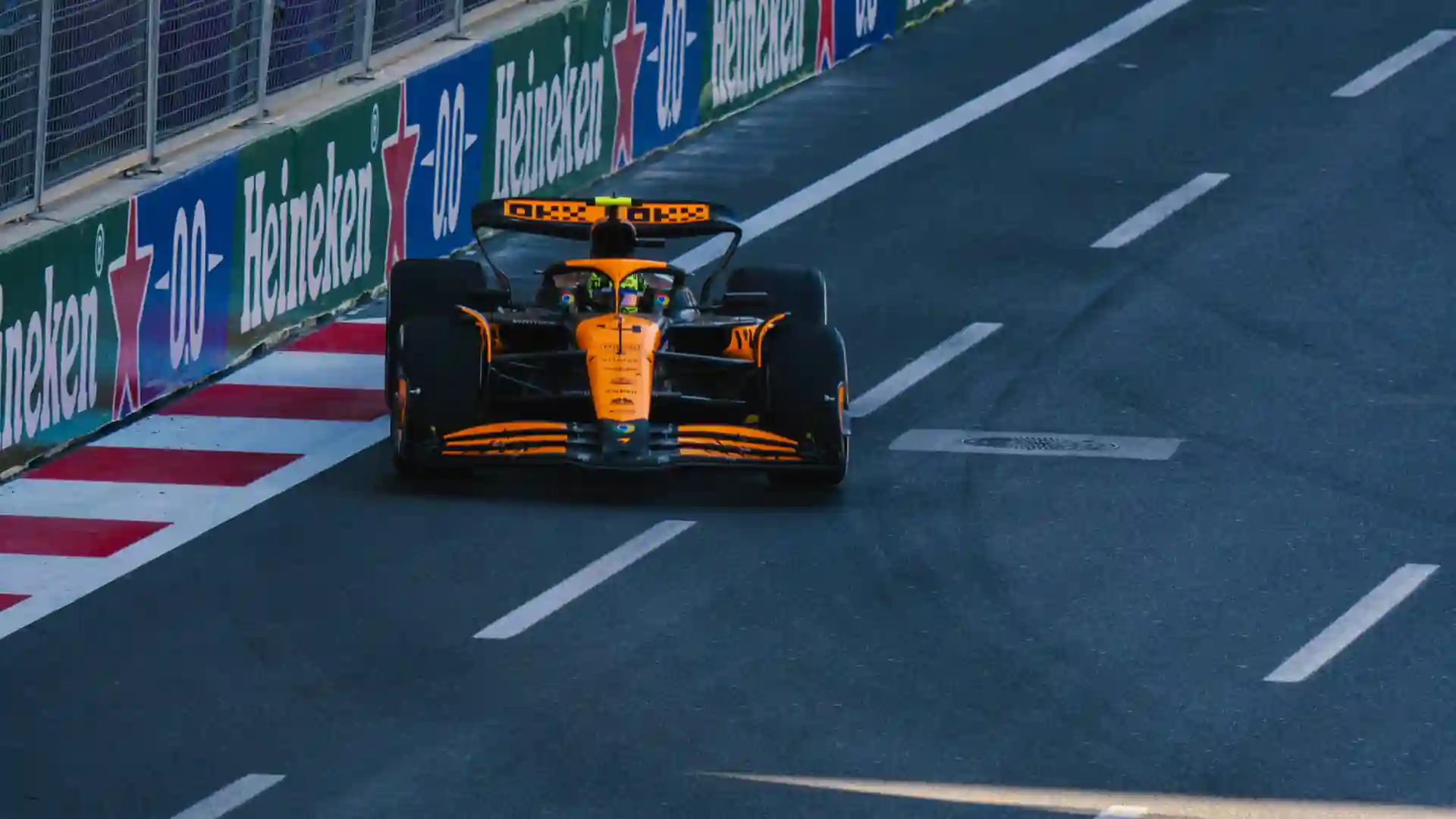
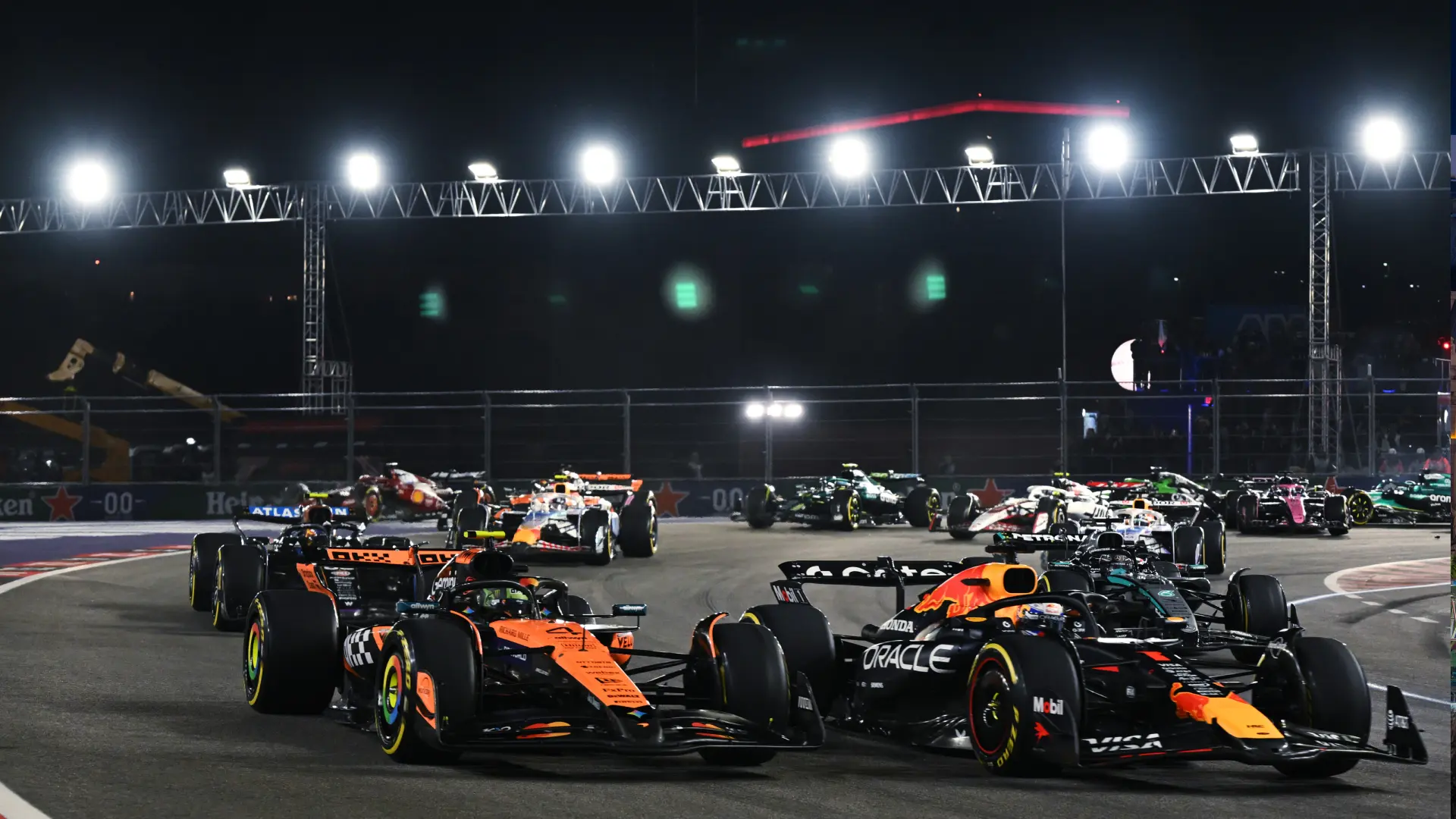
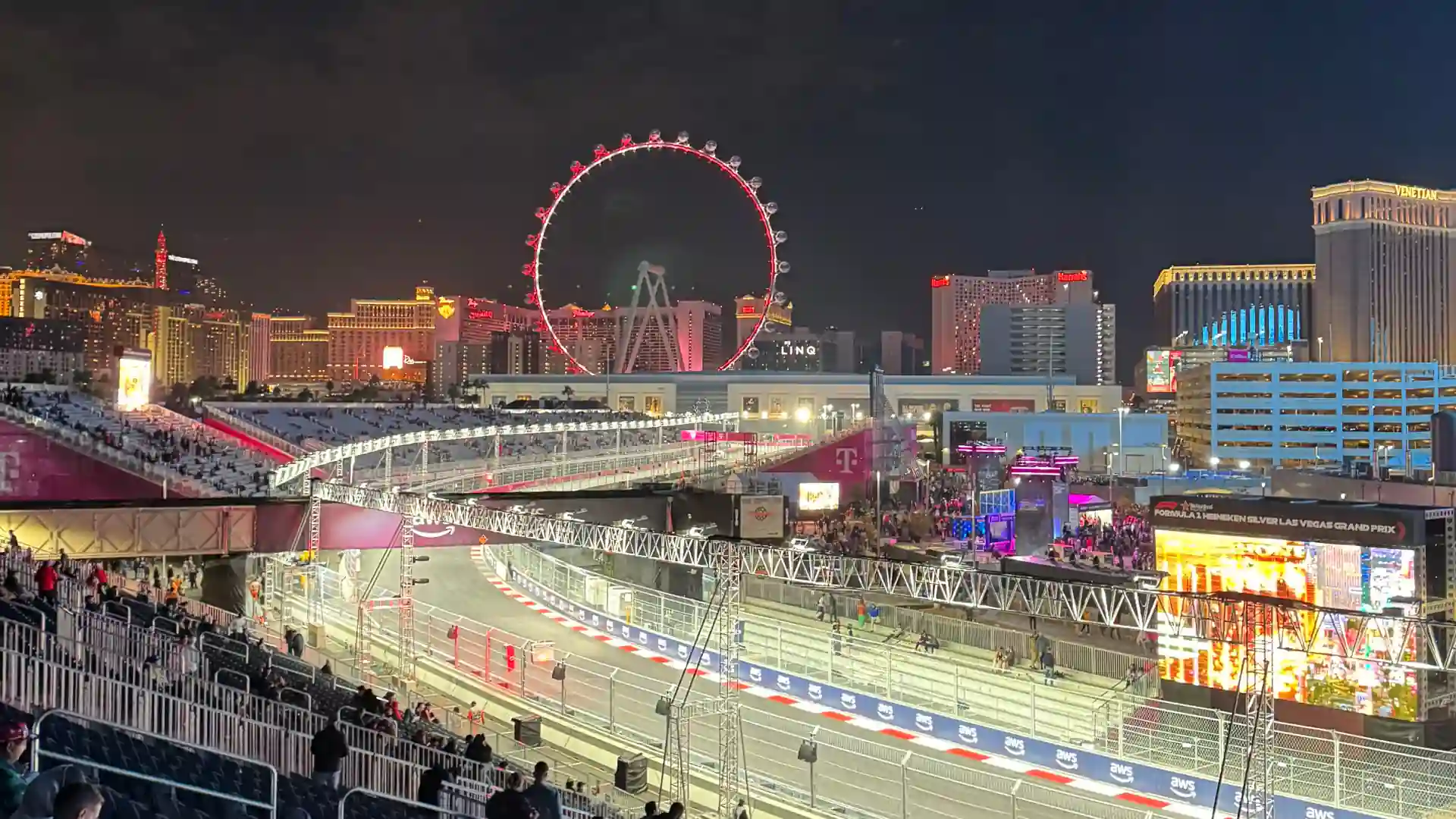
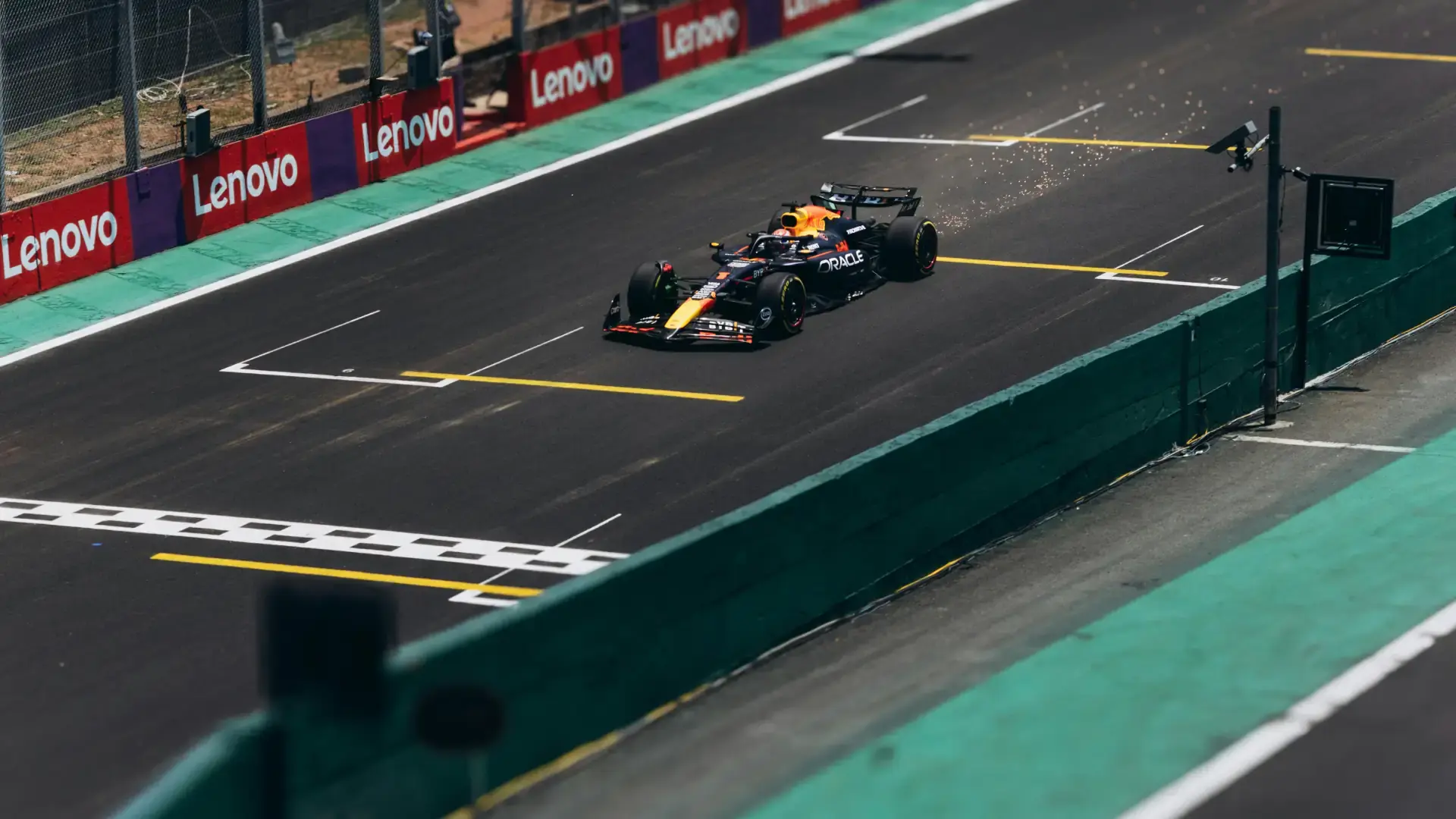
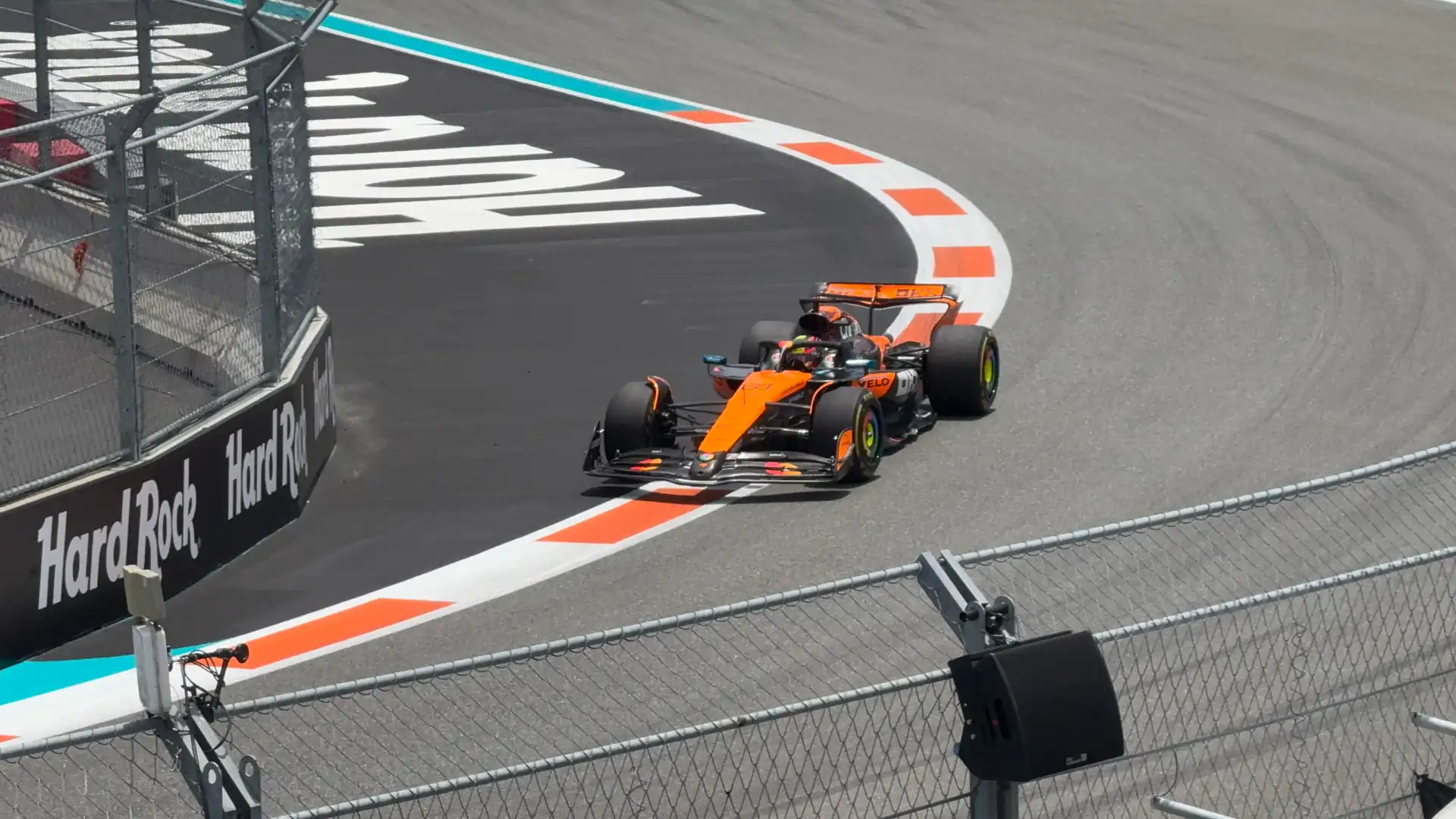
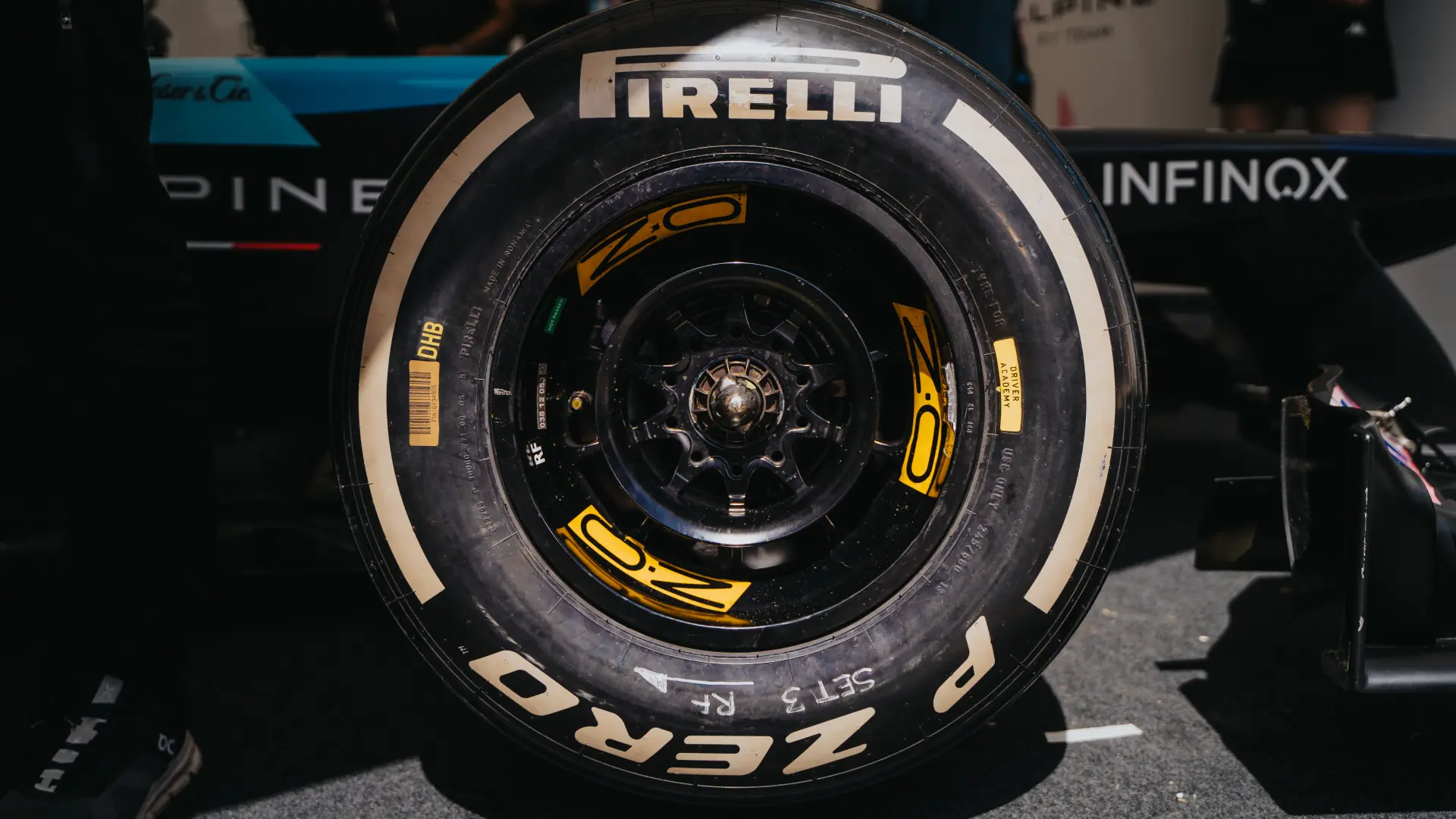
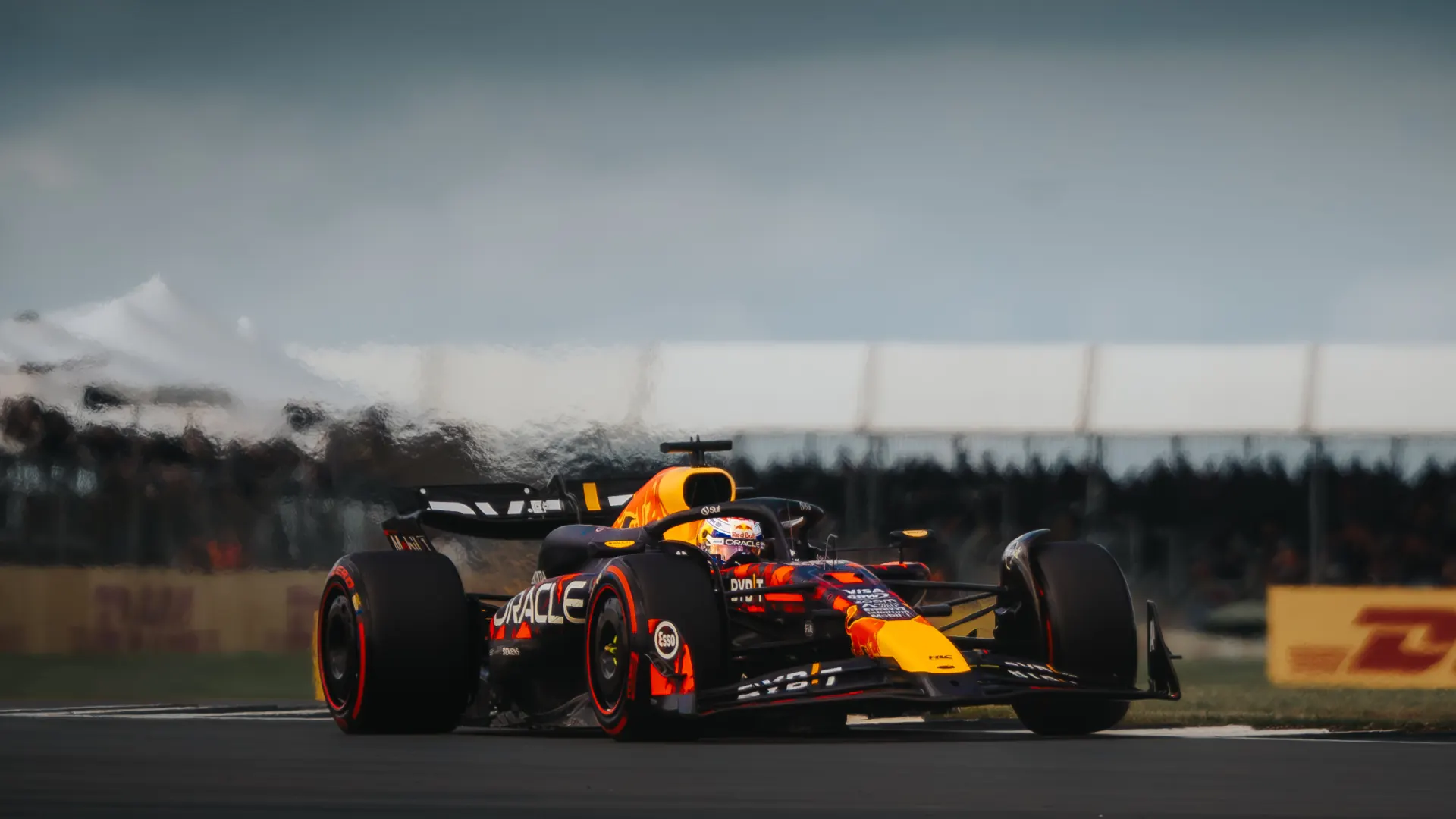
.webp)
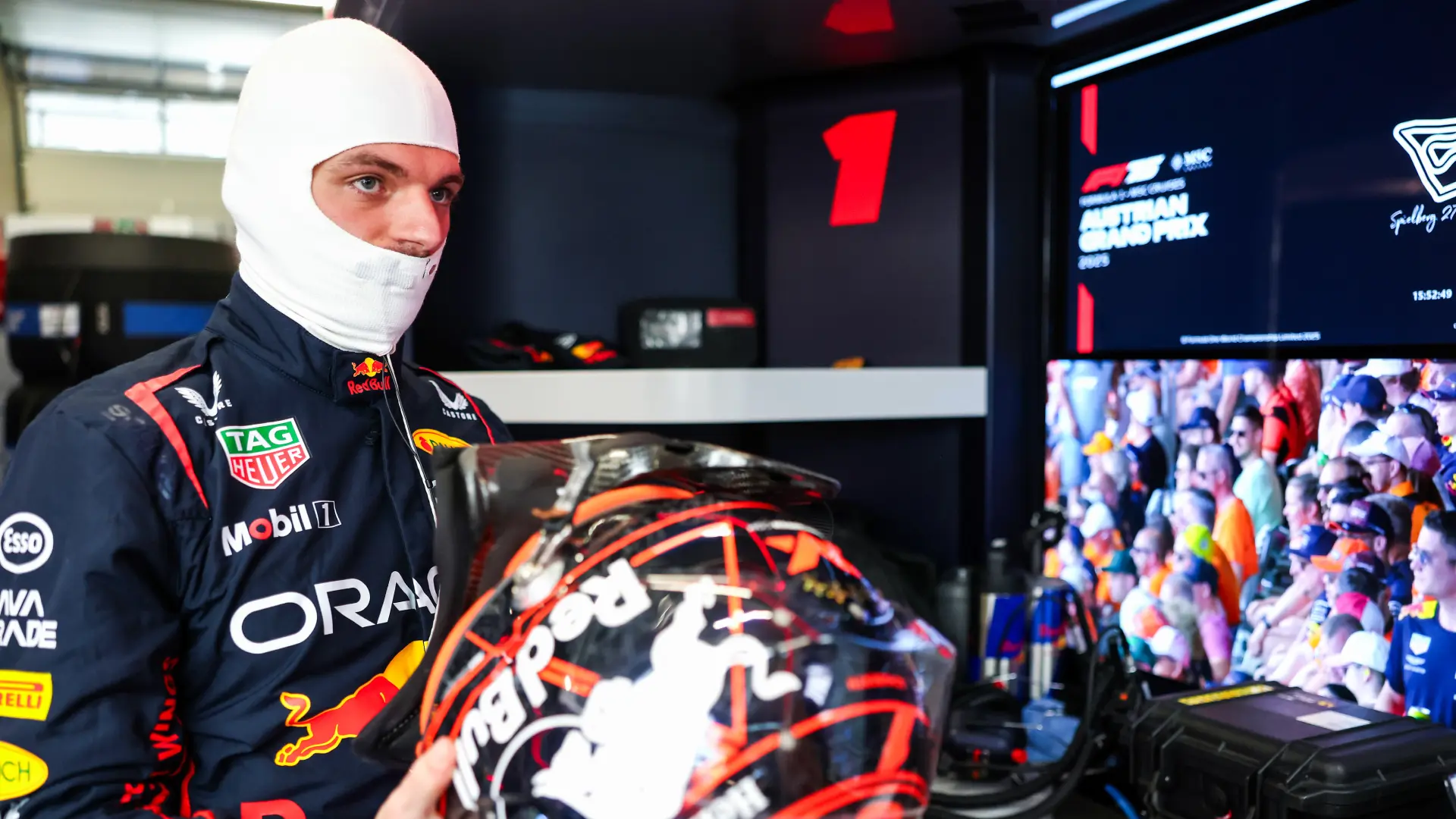
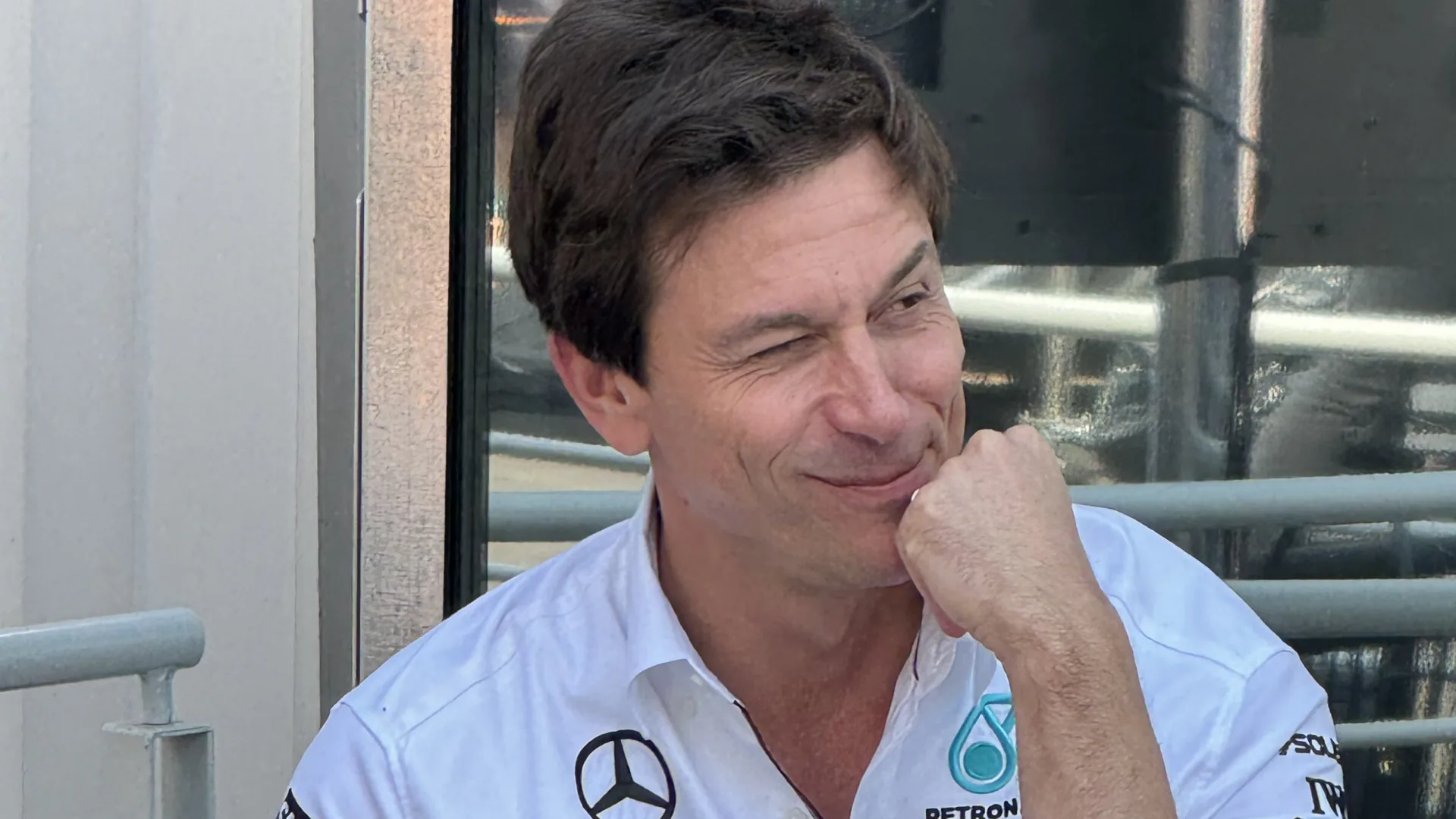
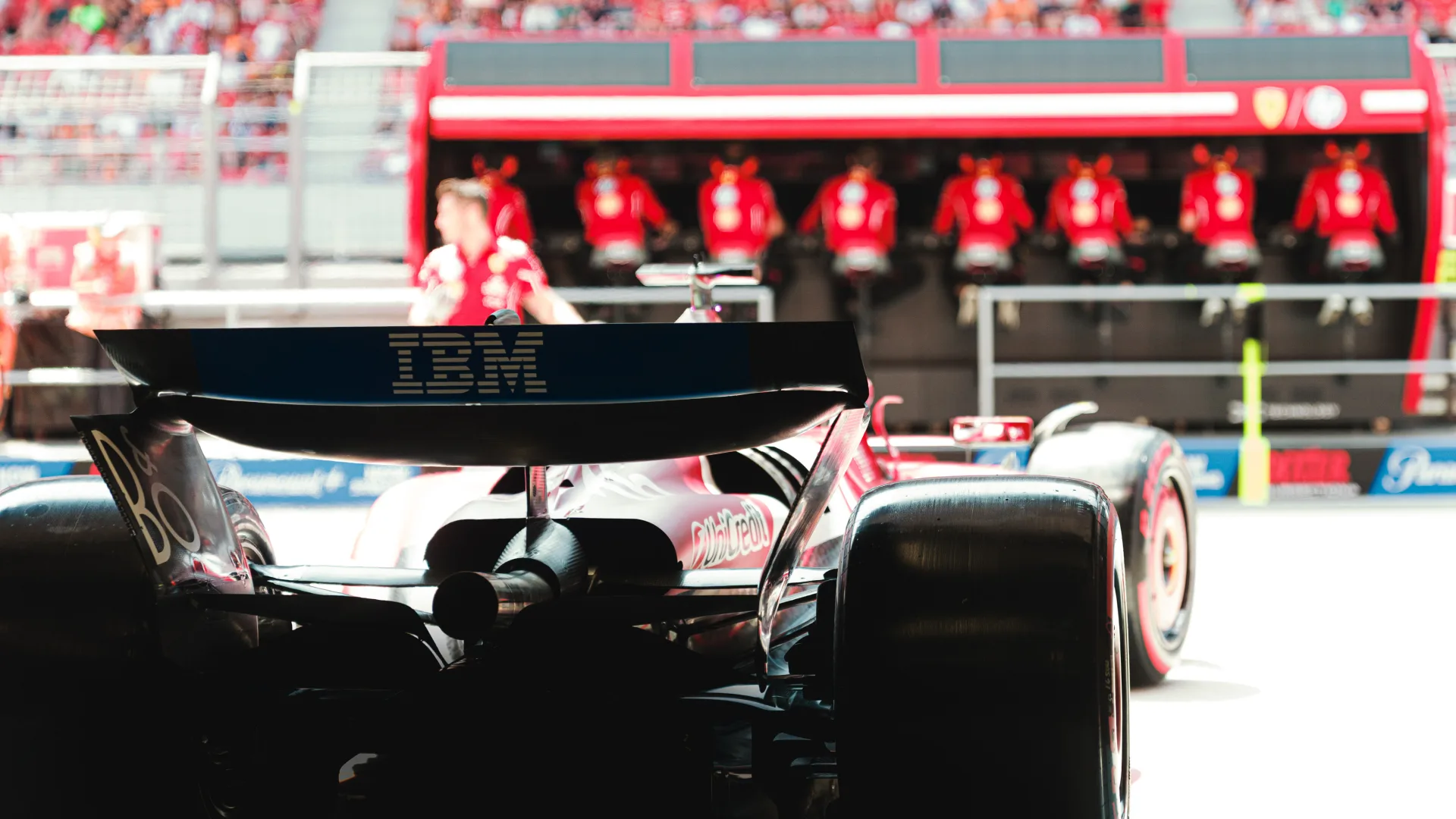

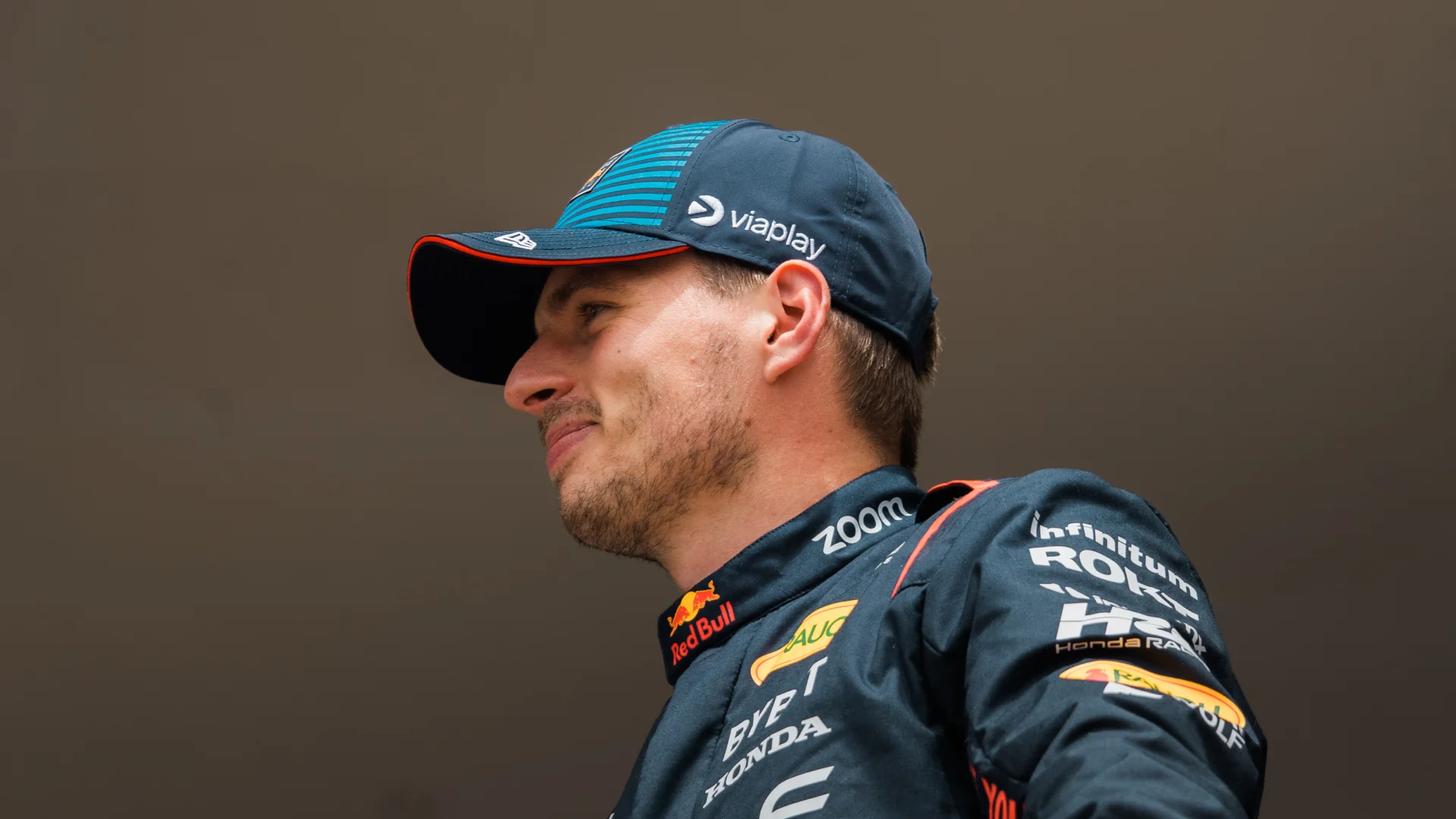
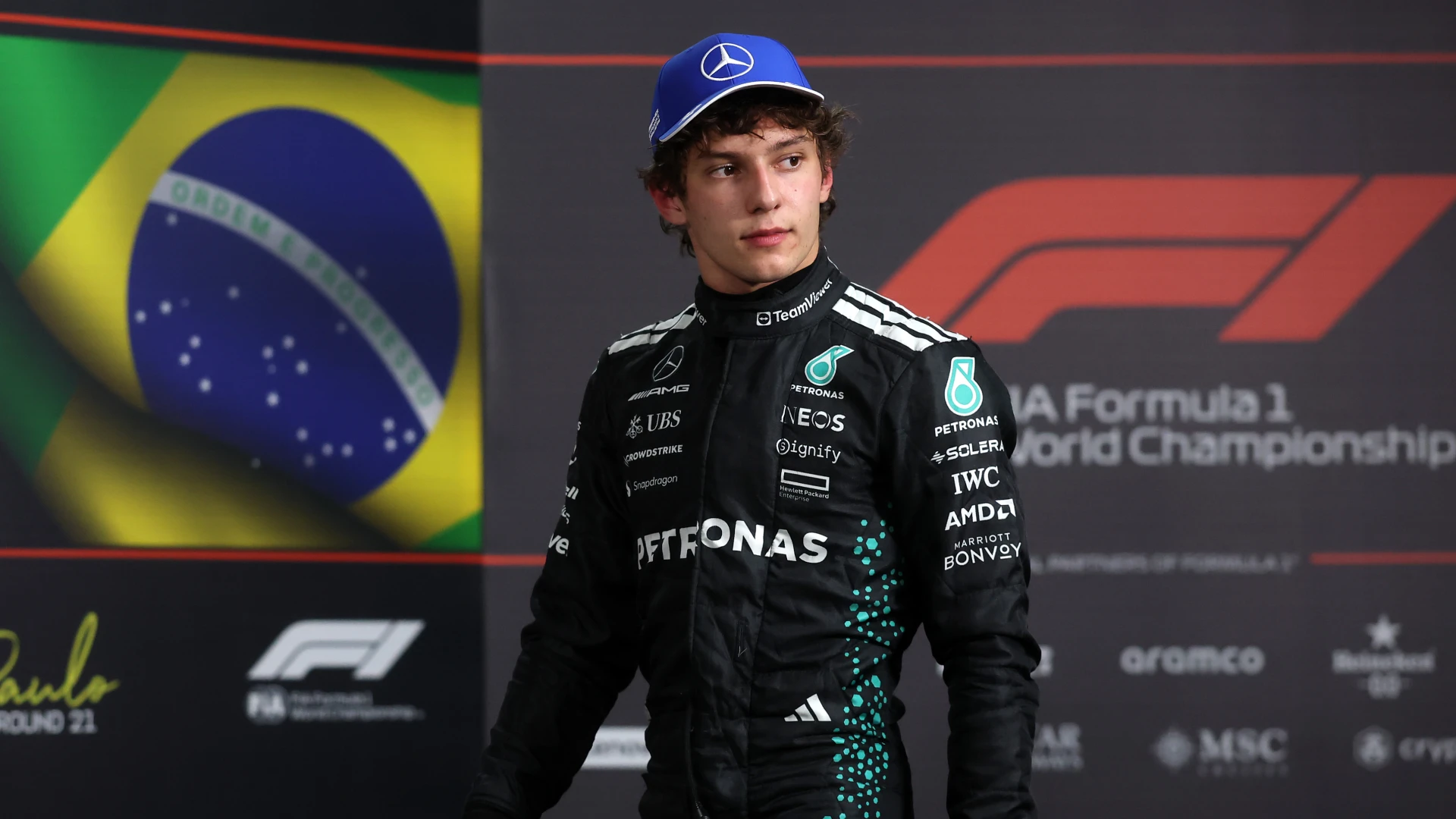
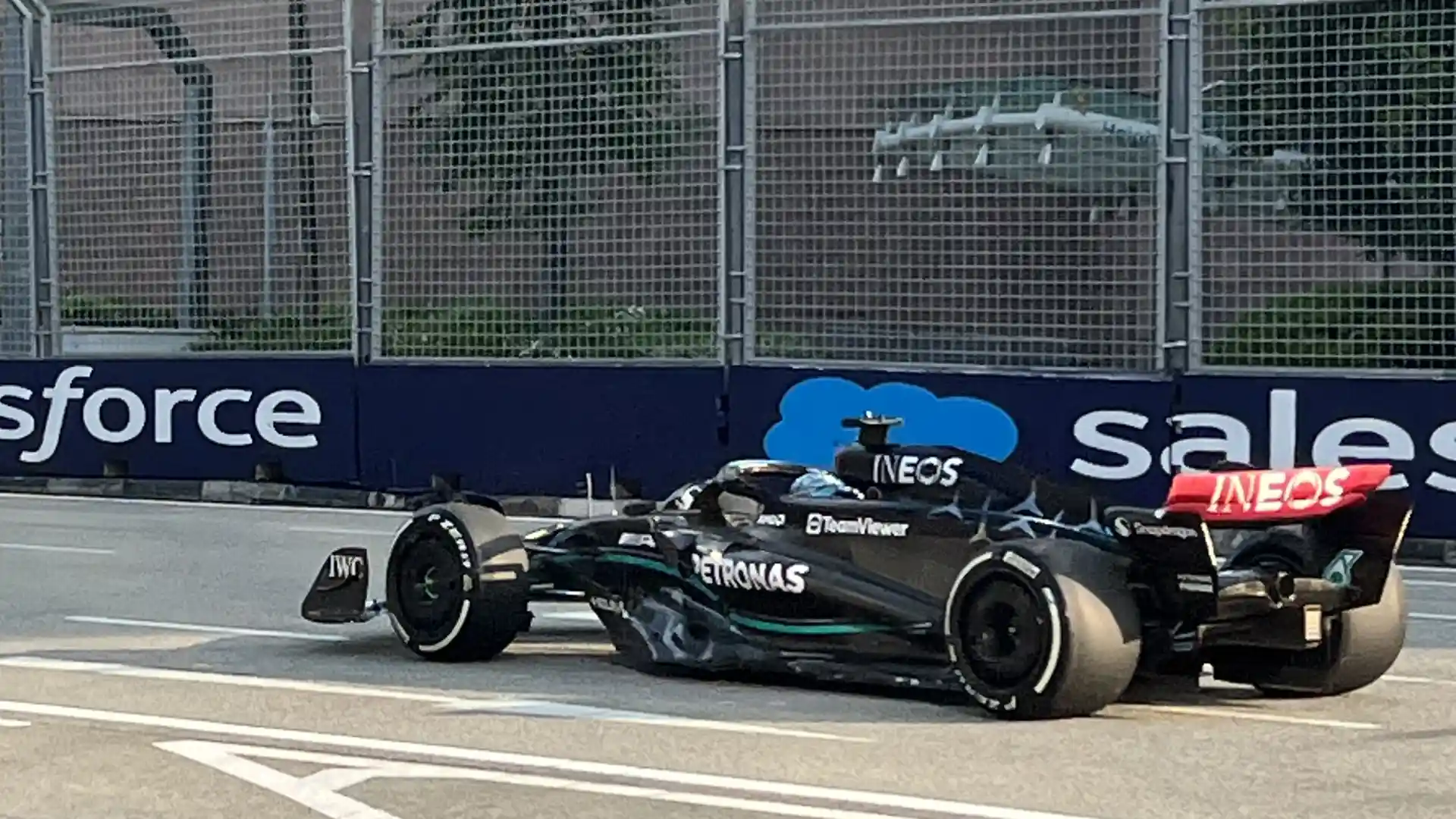
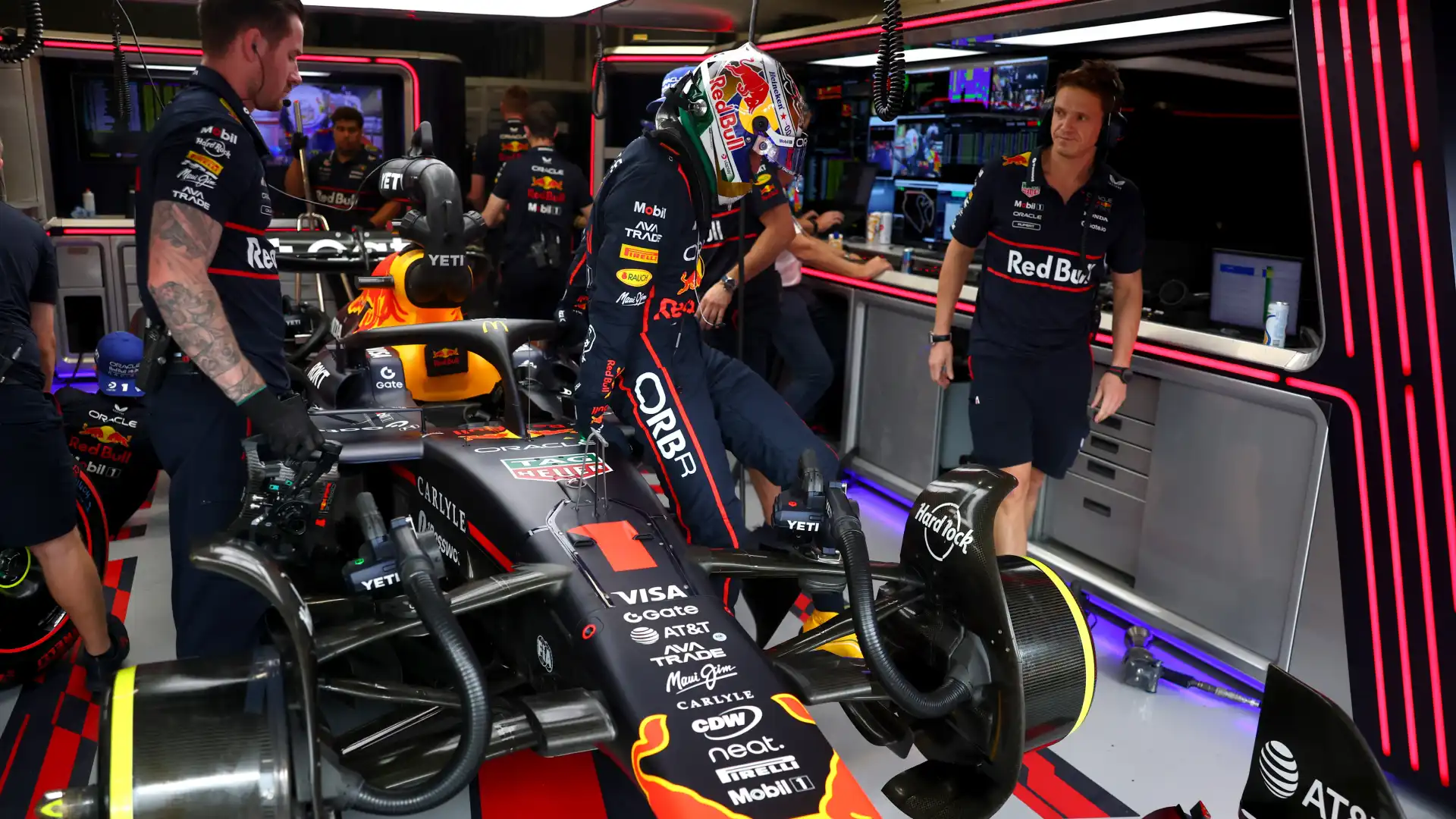
.webp)
